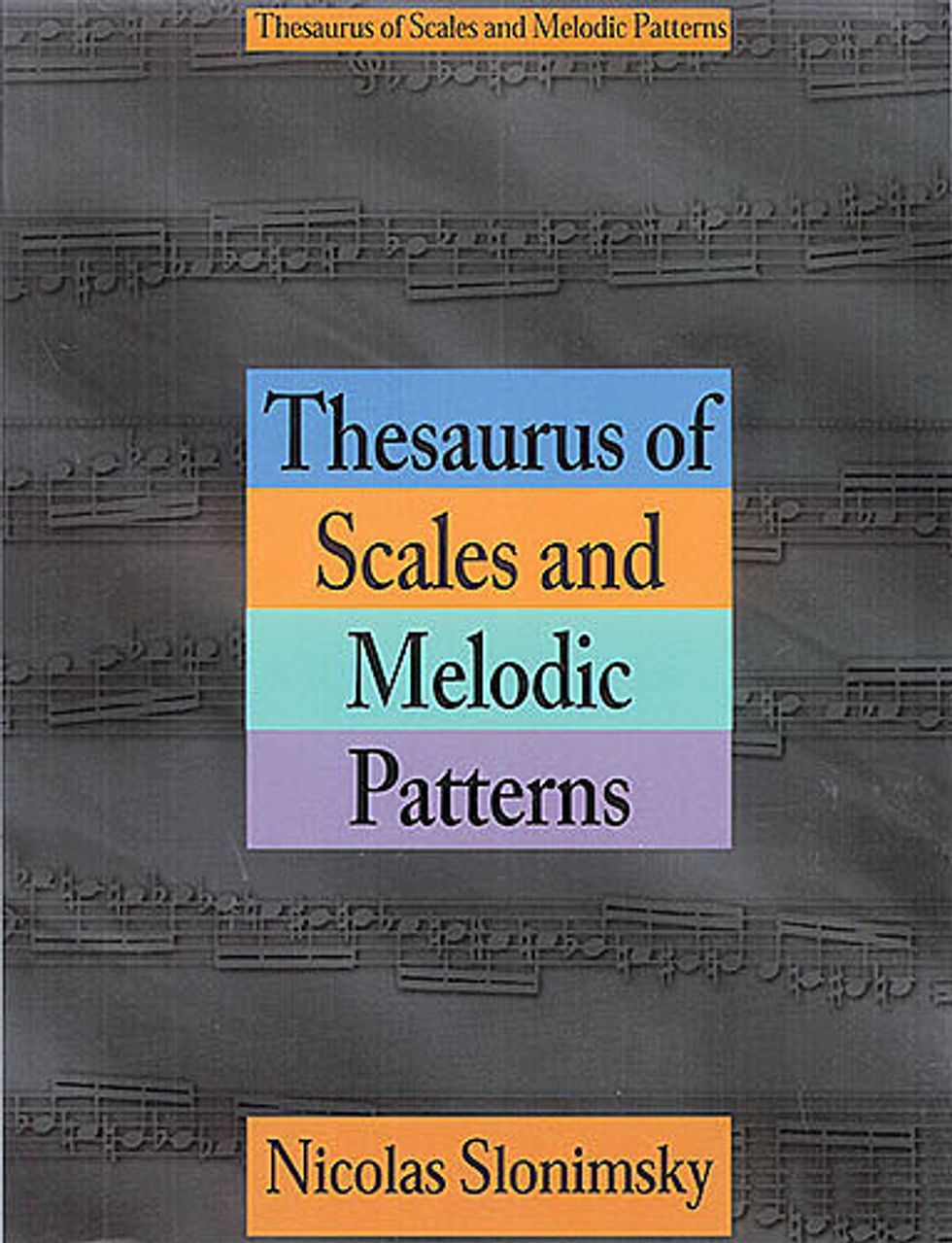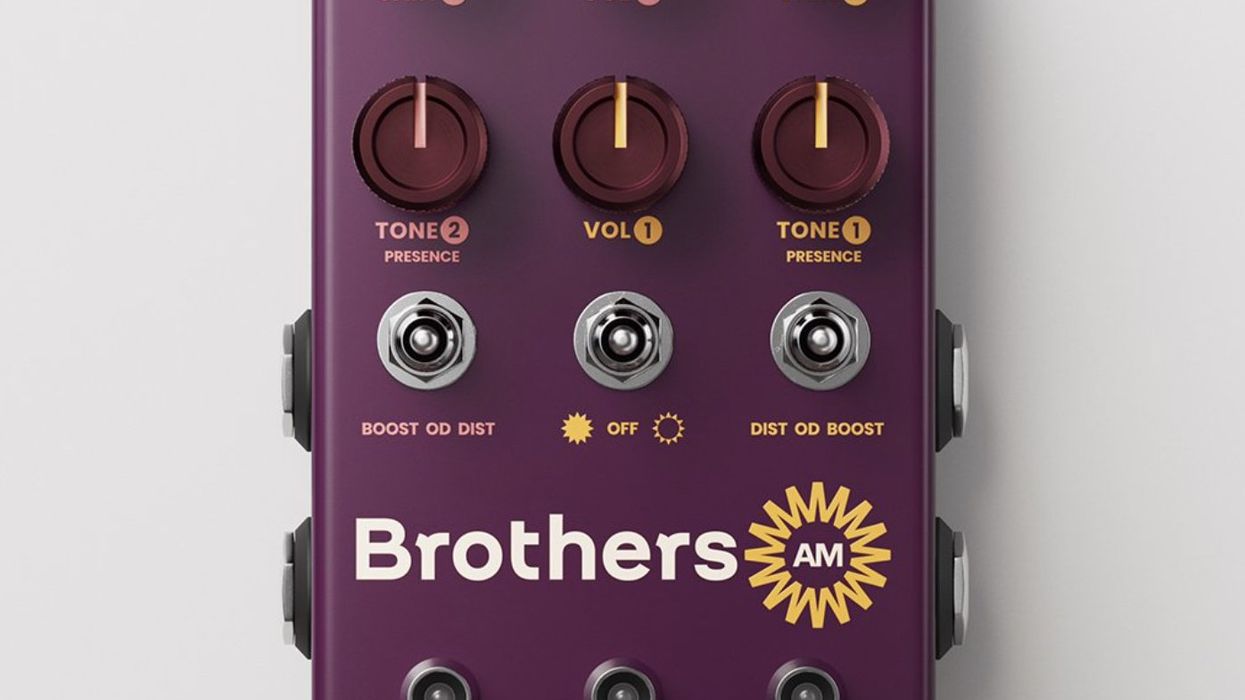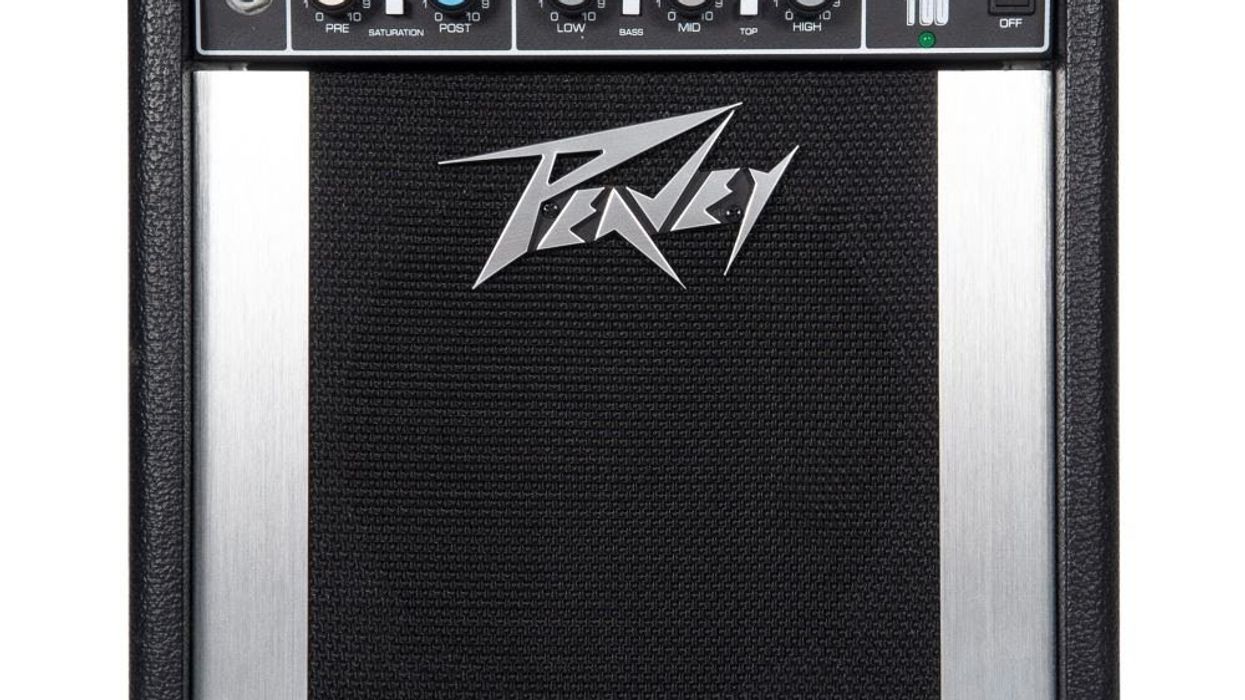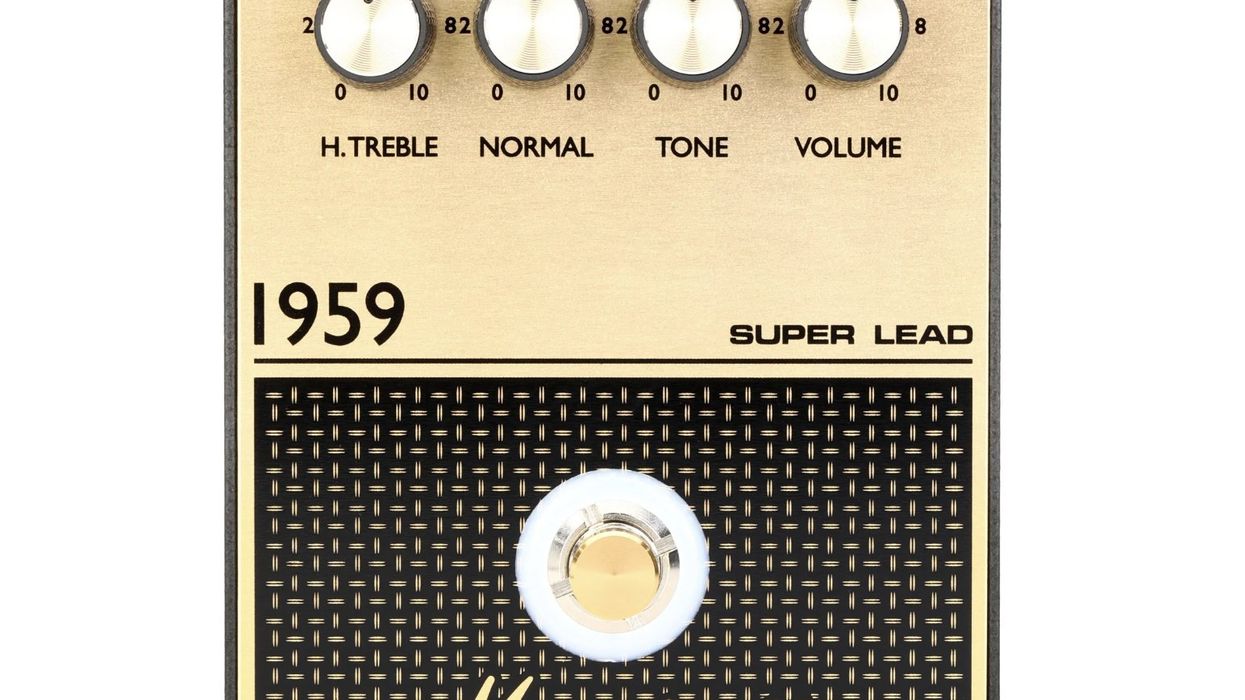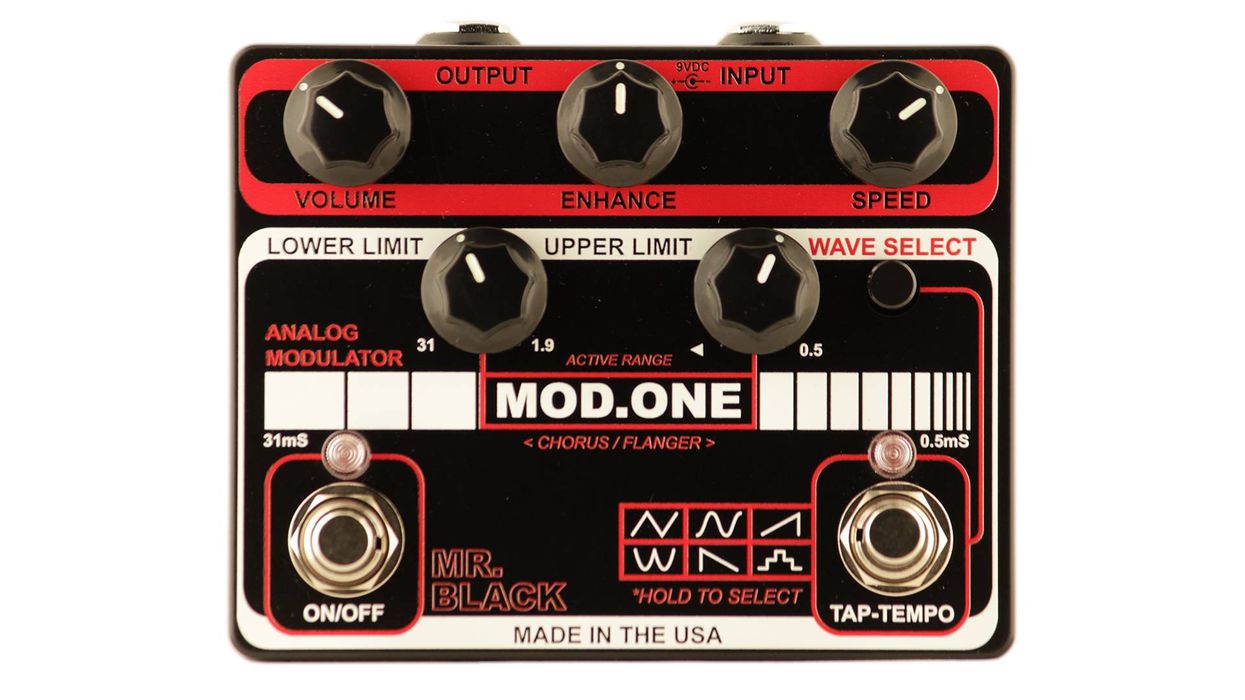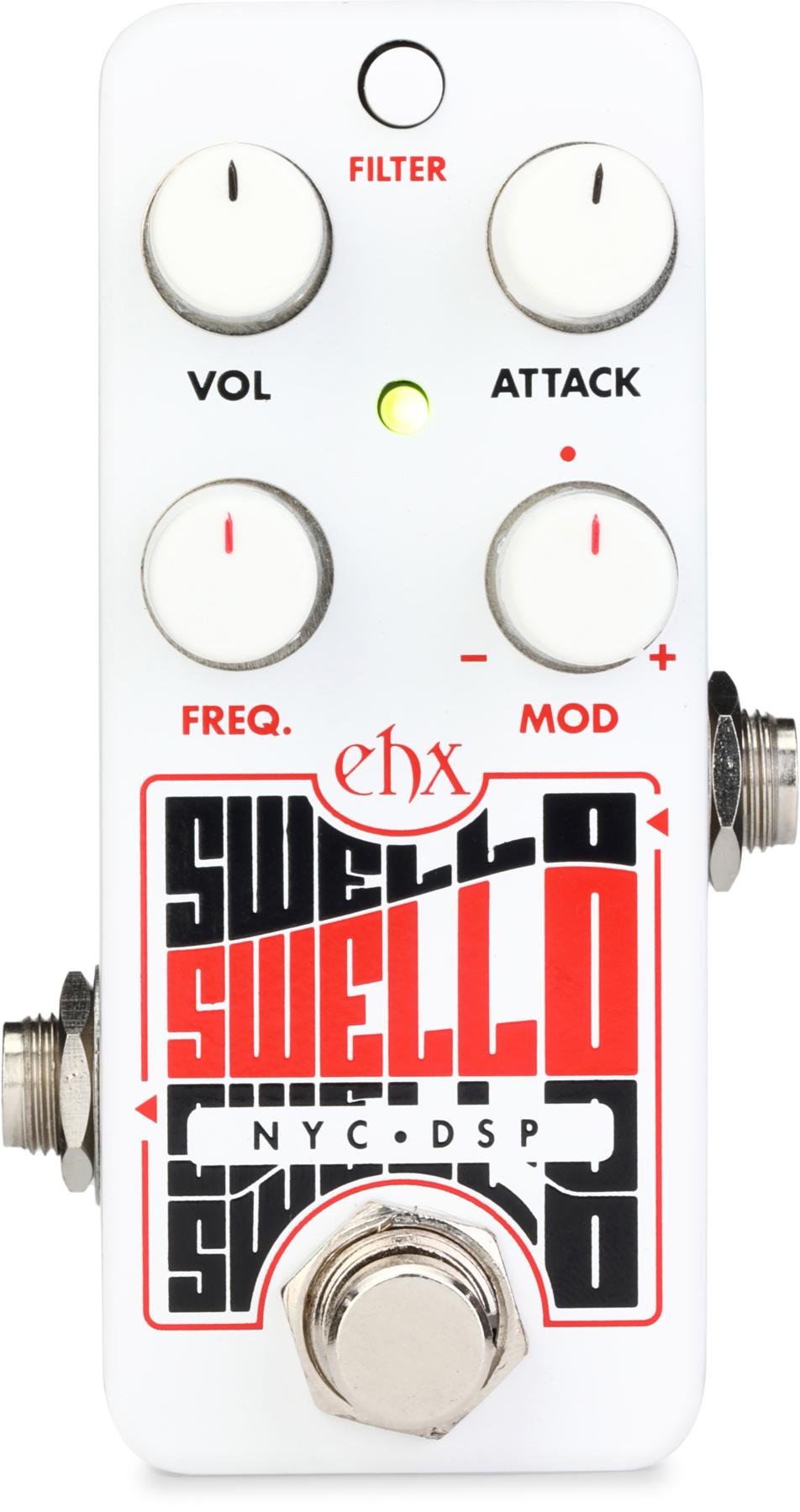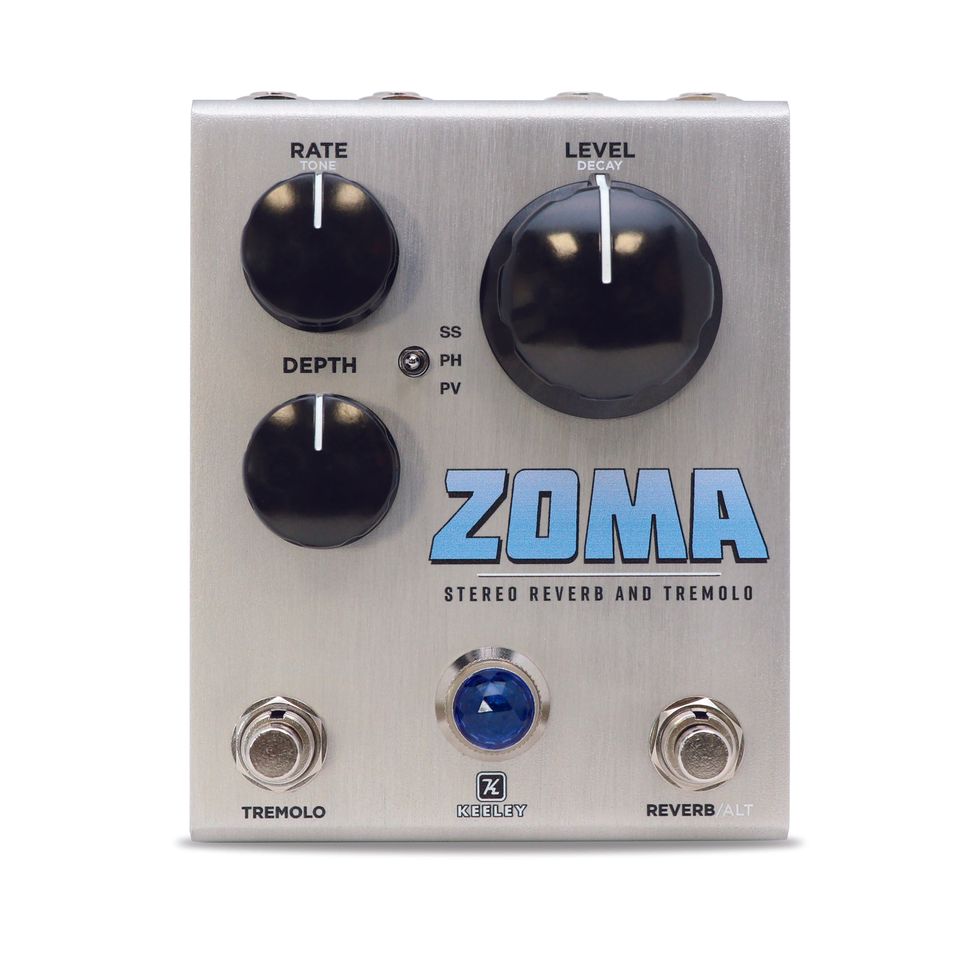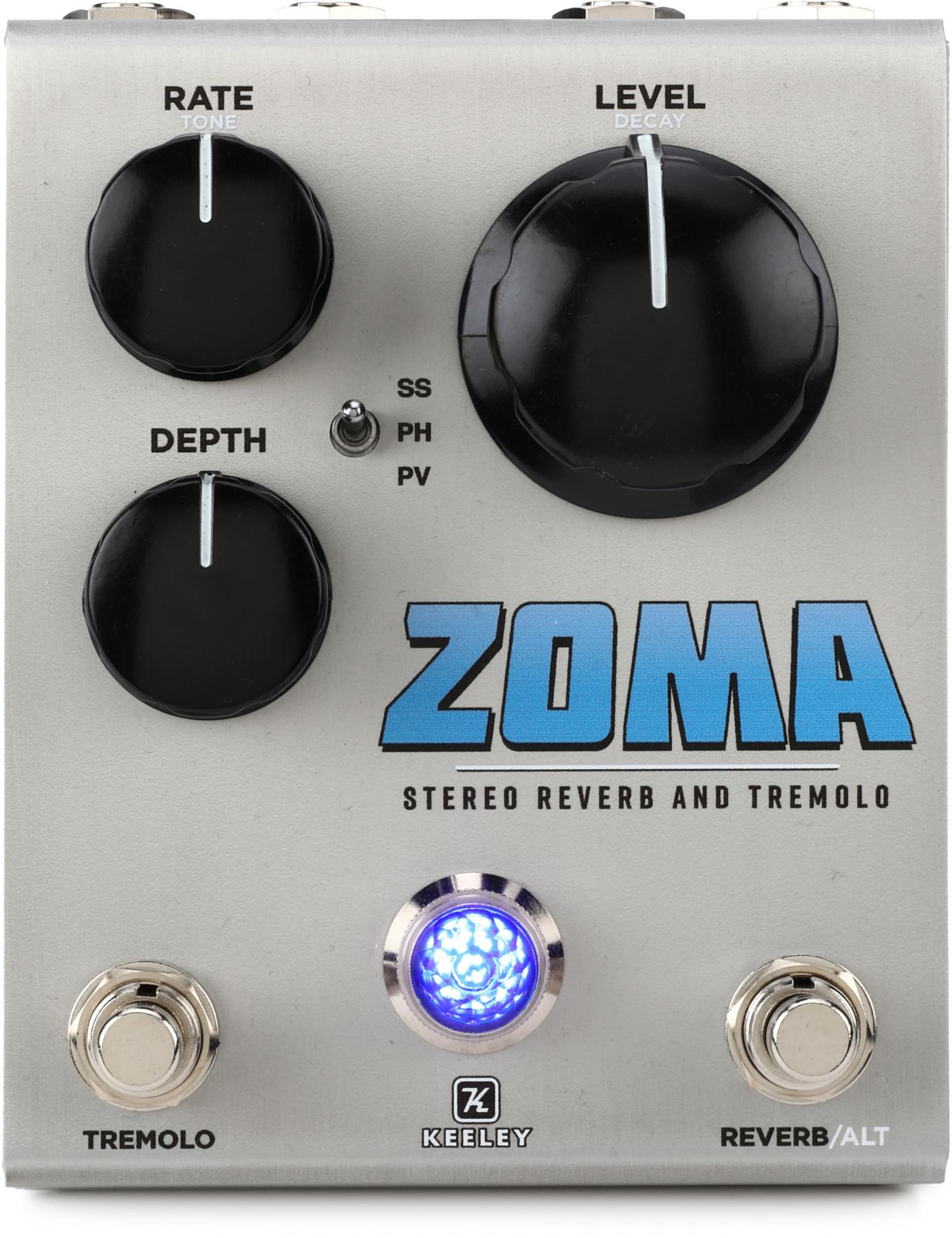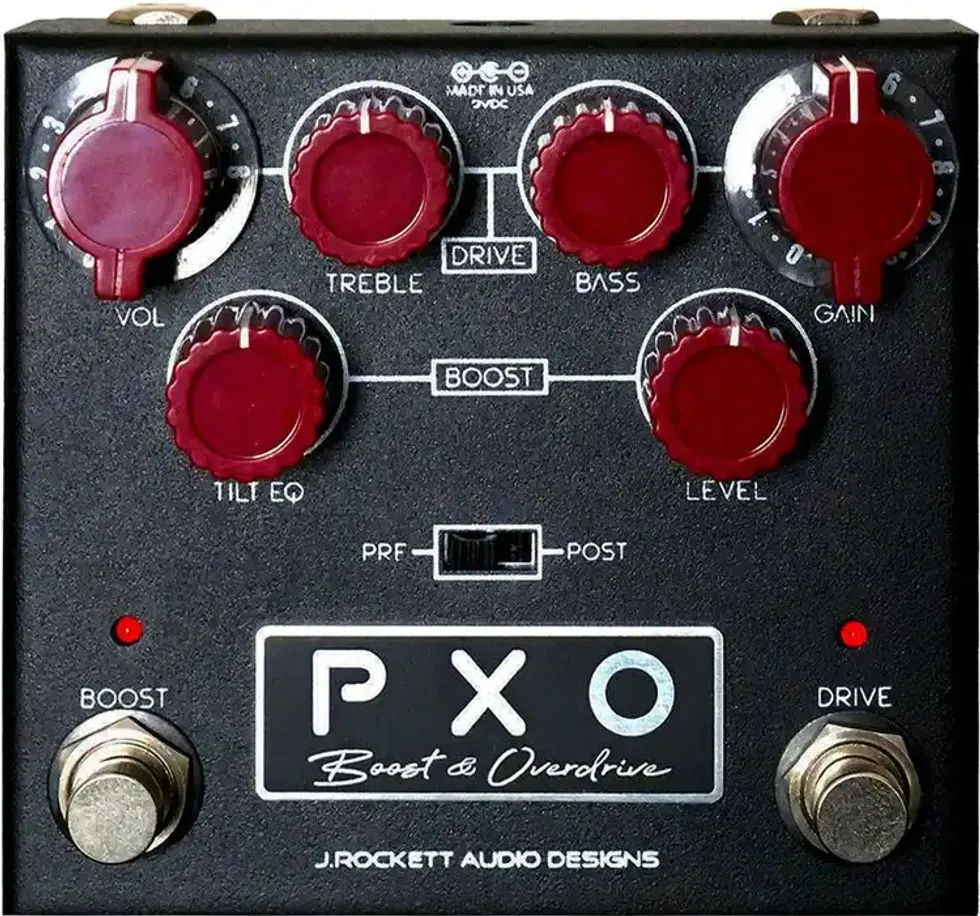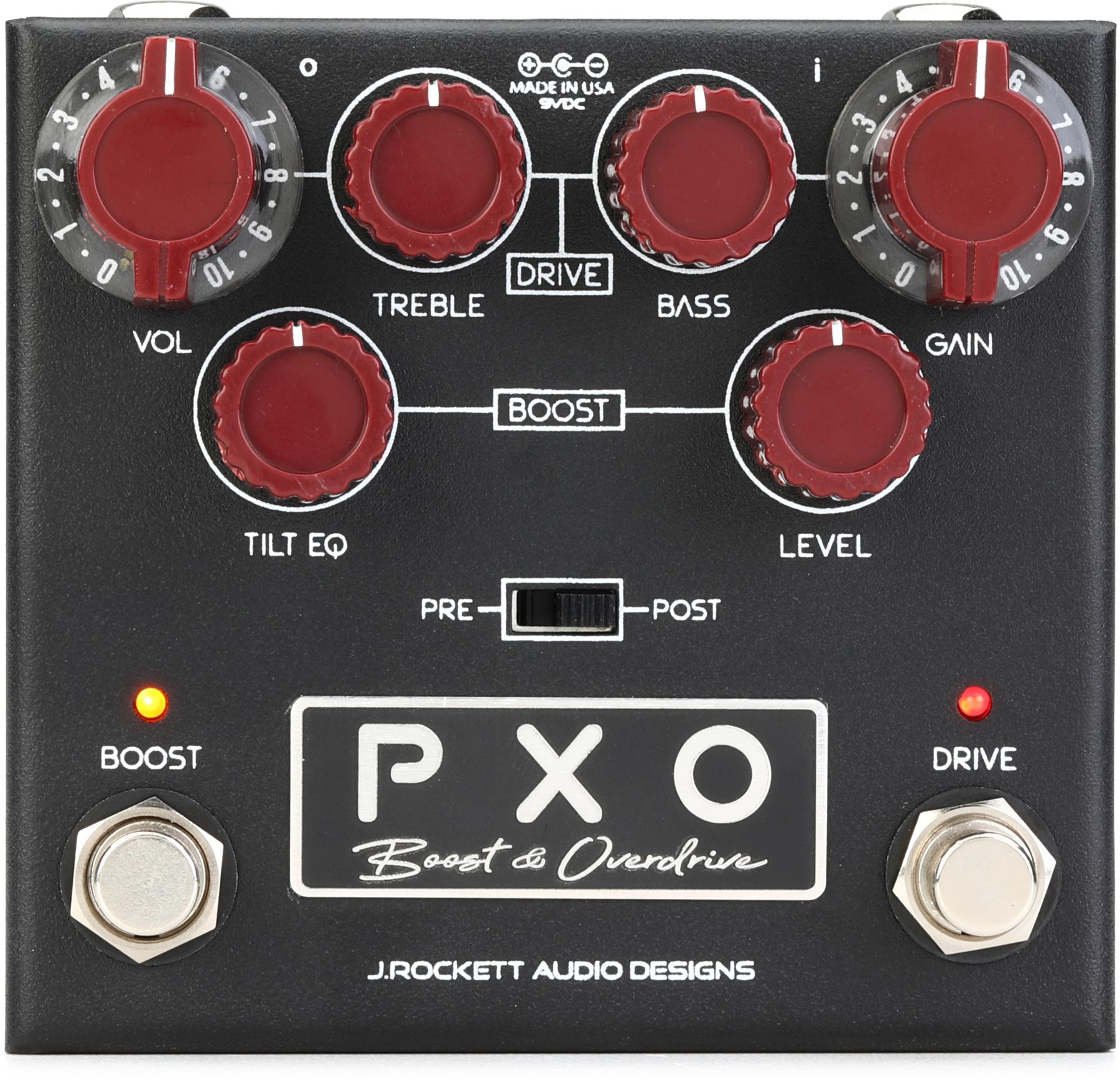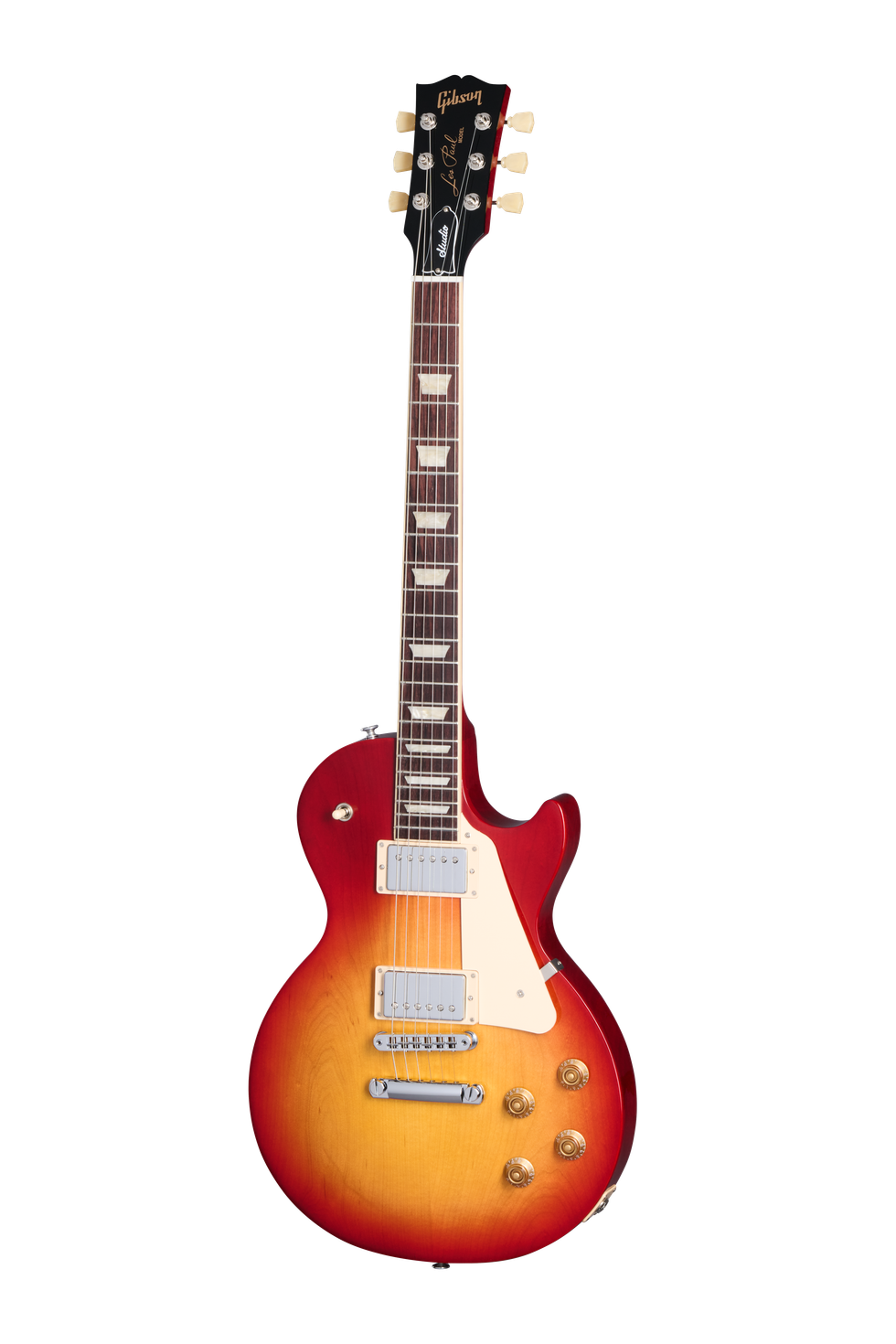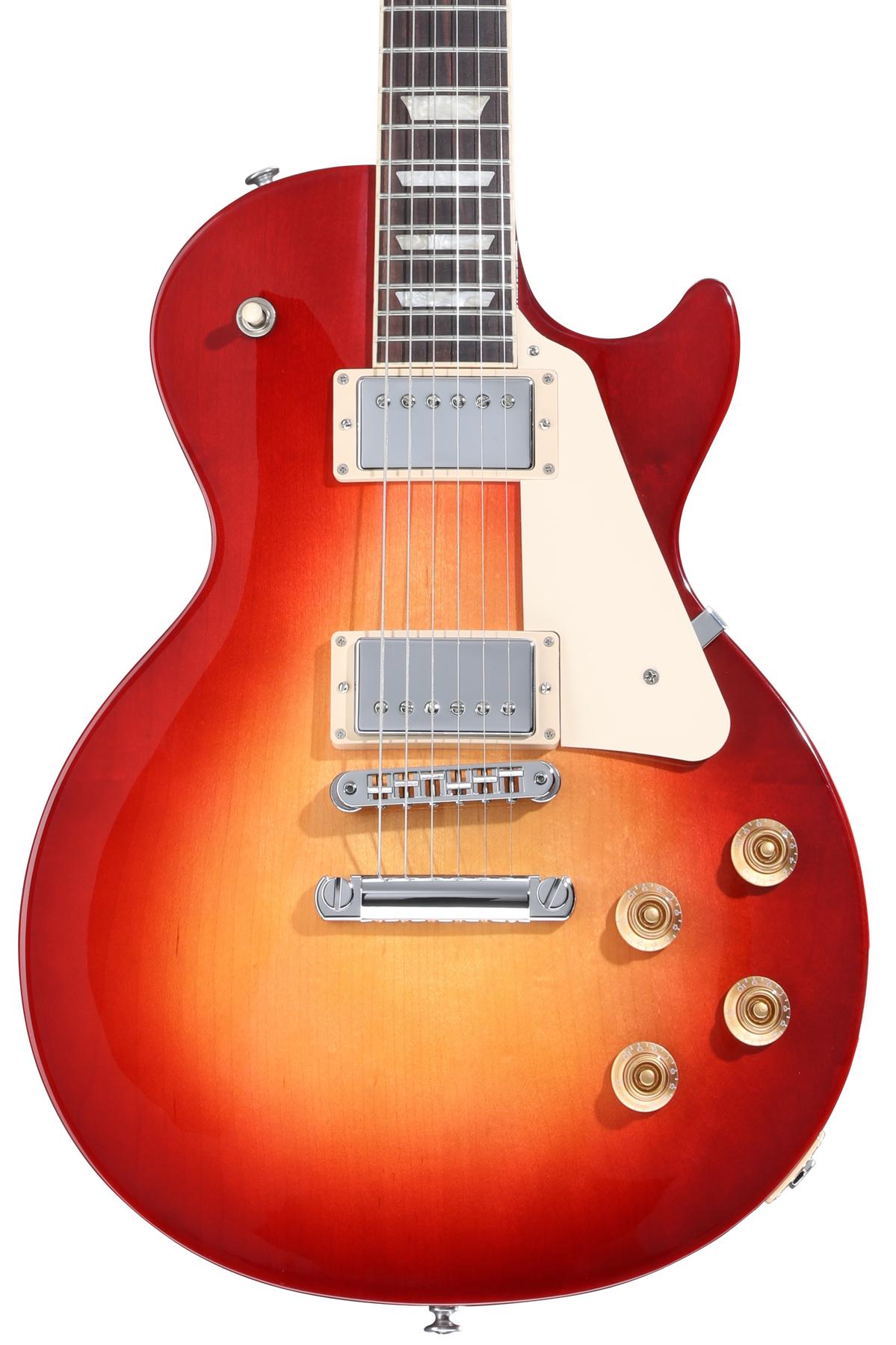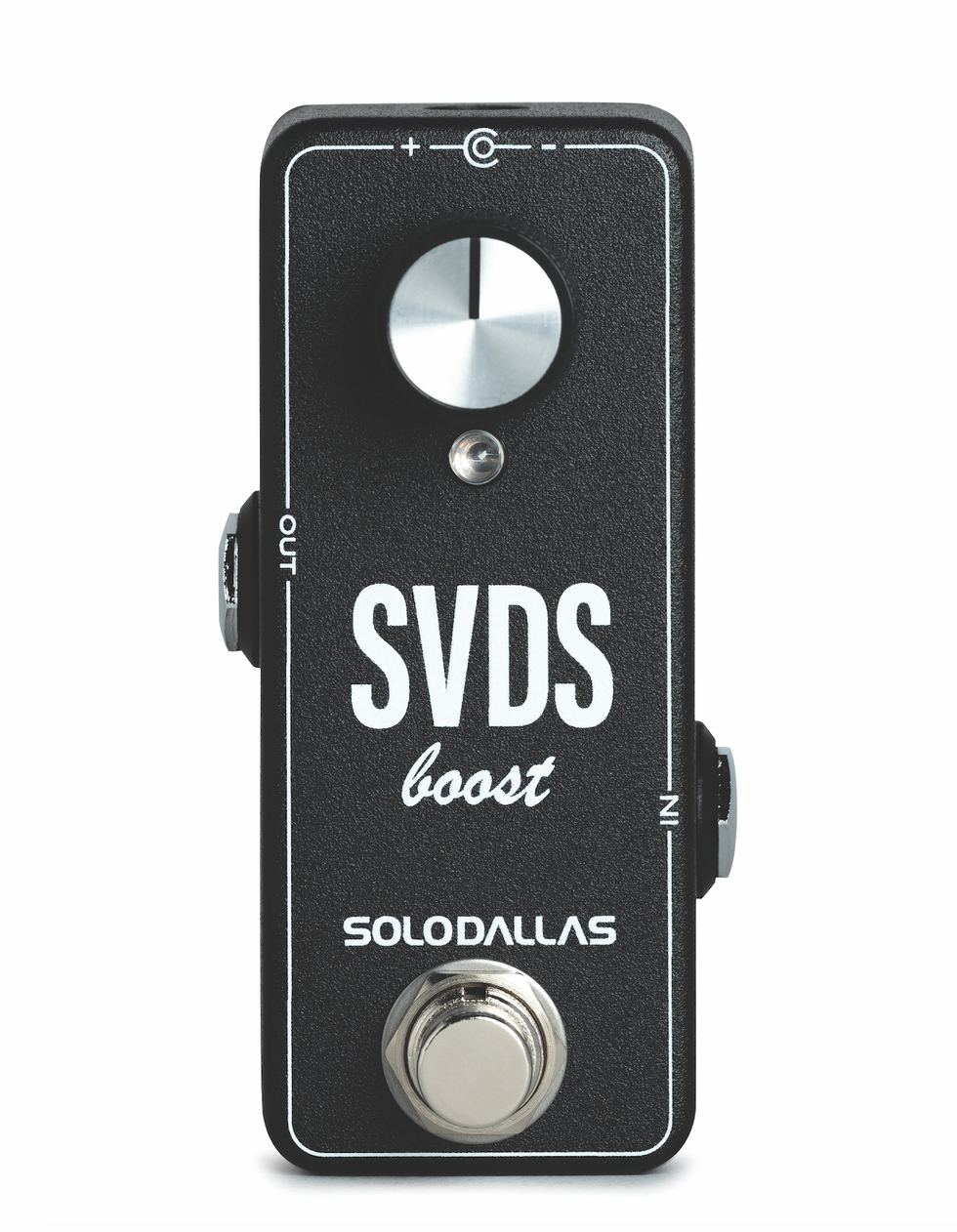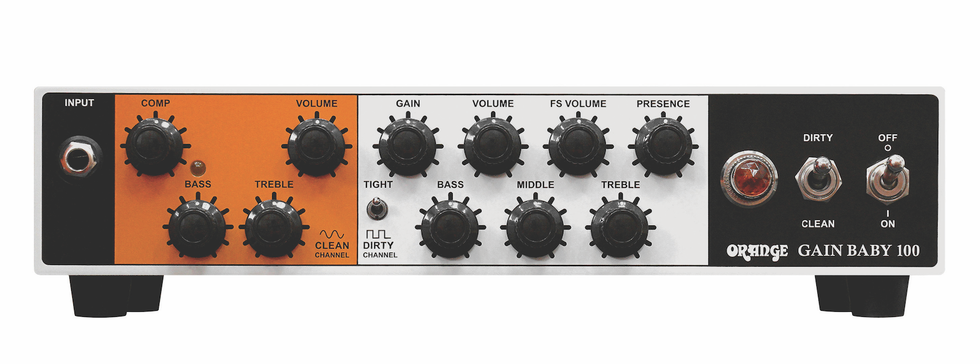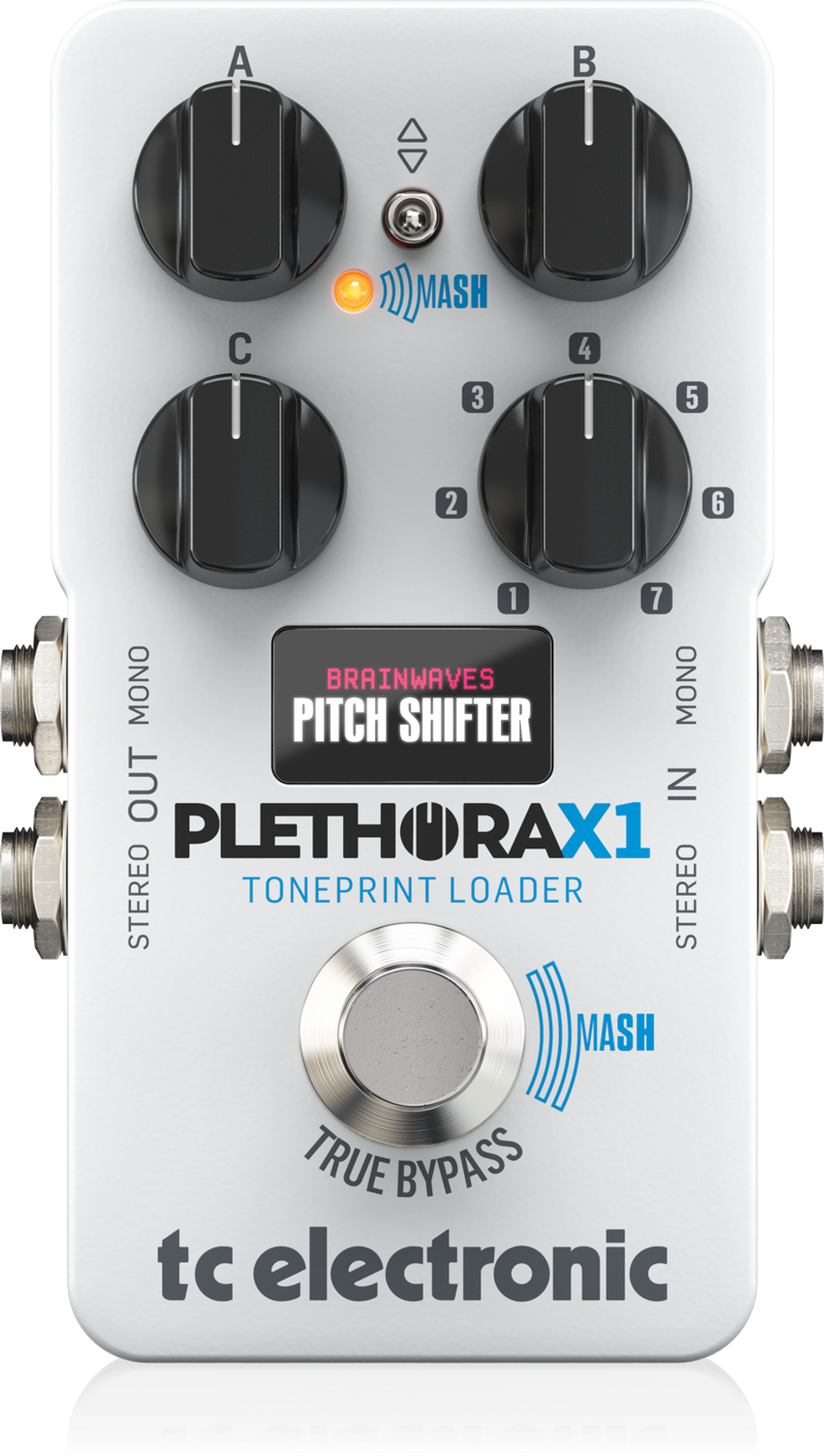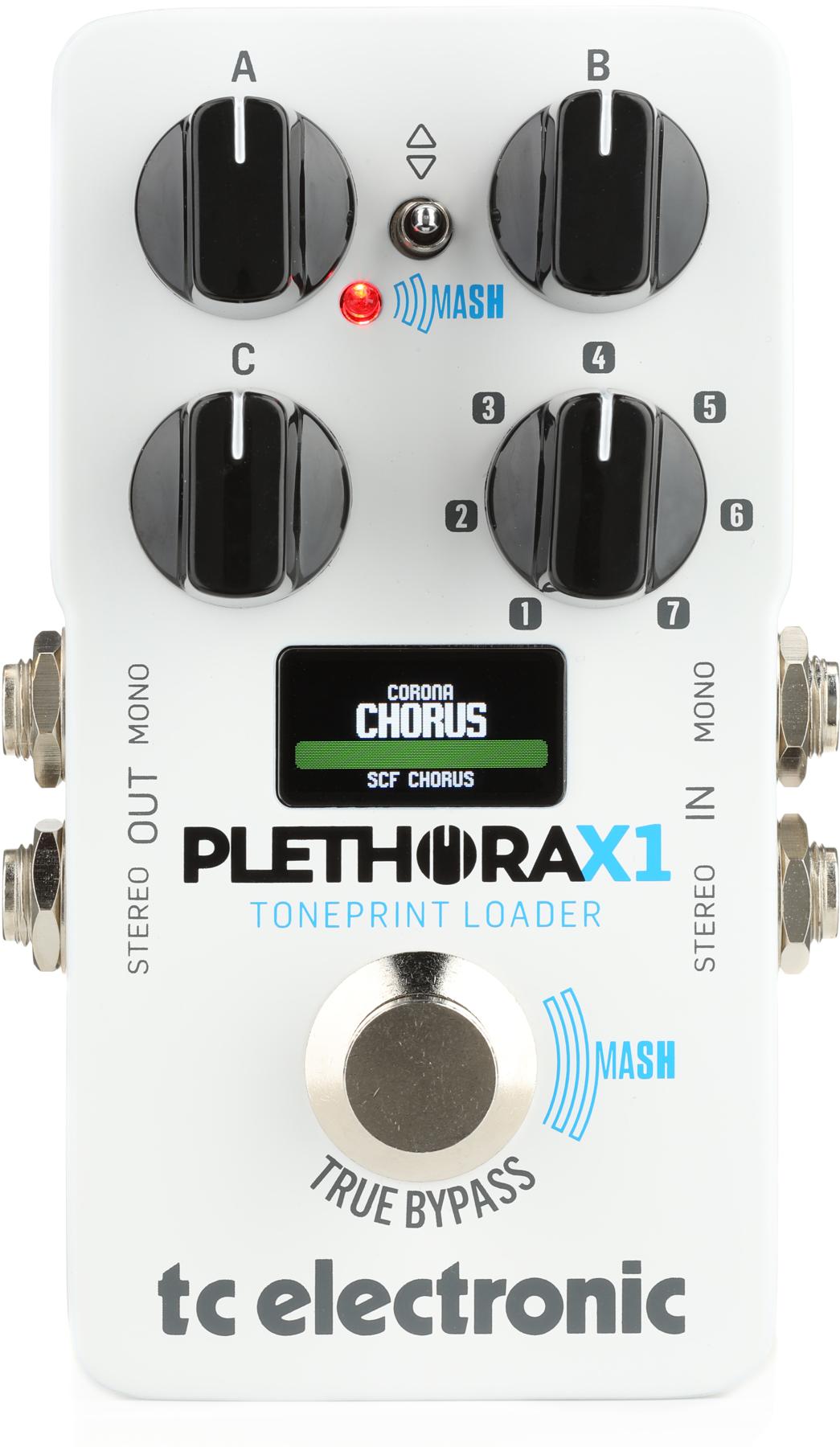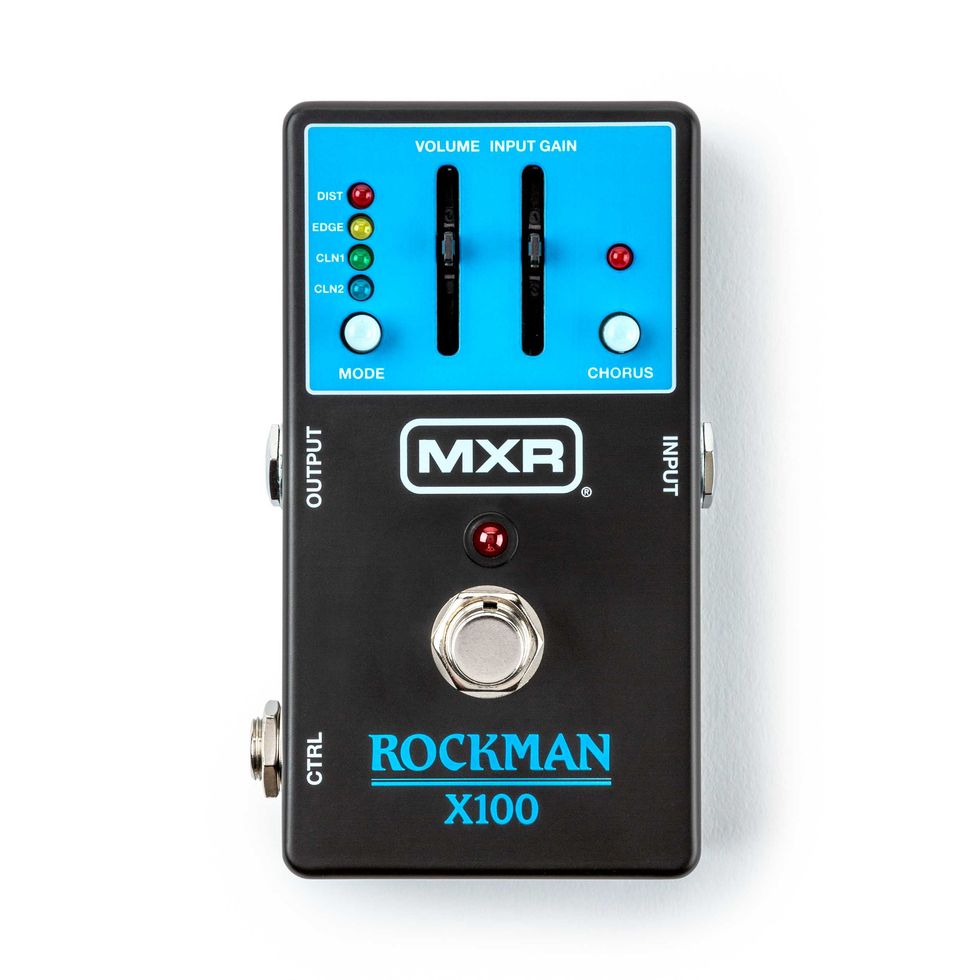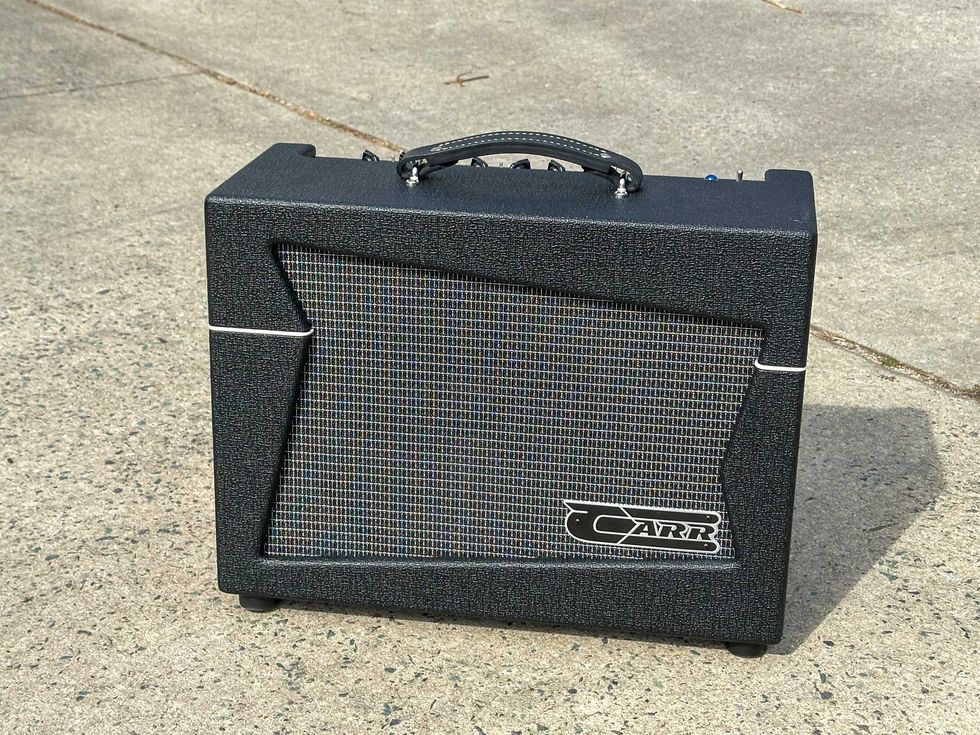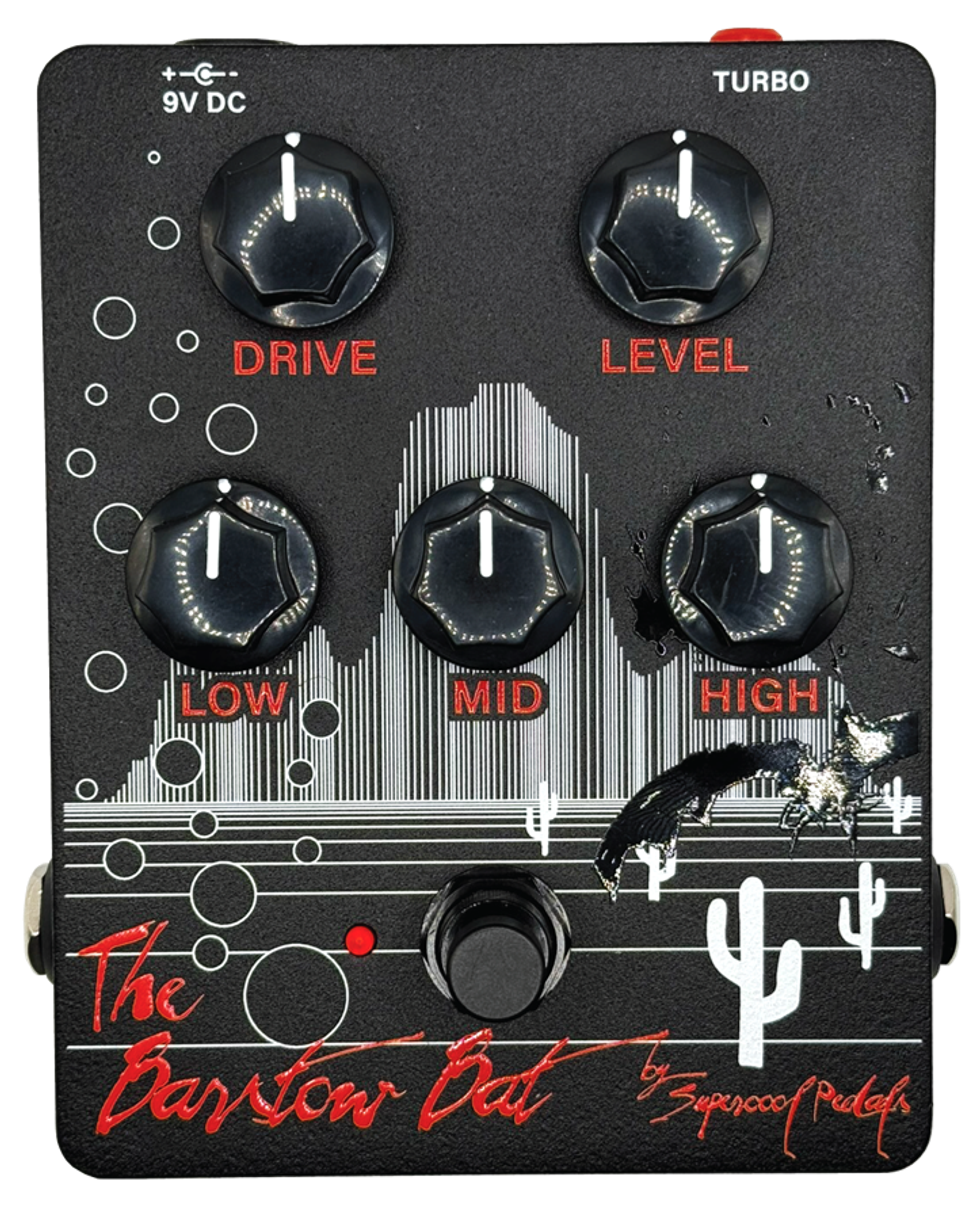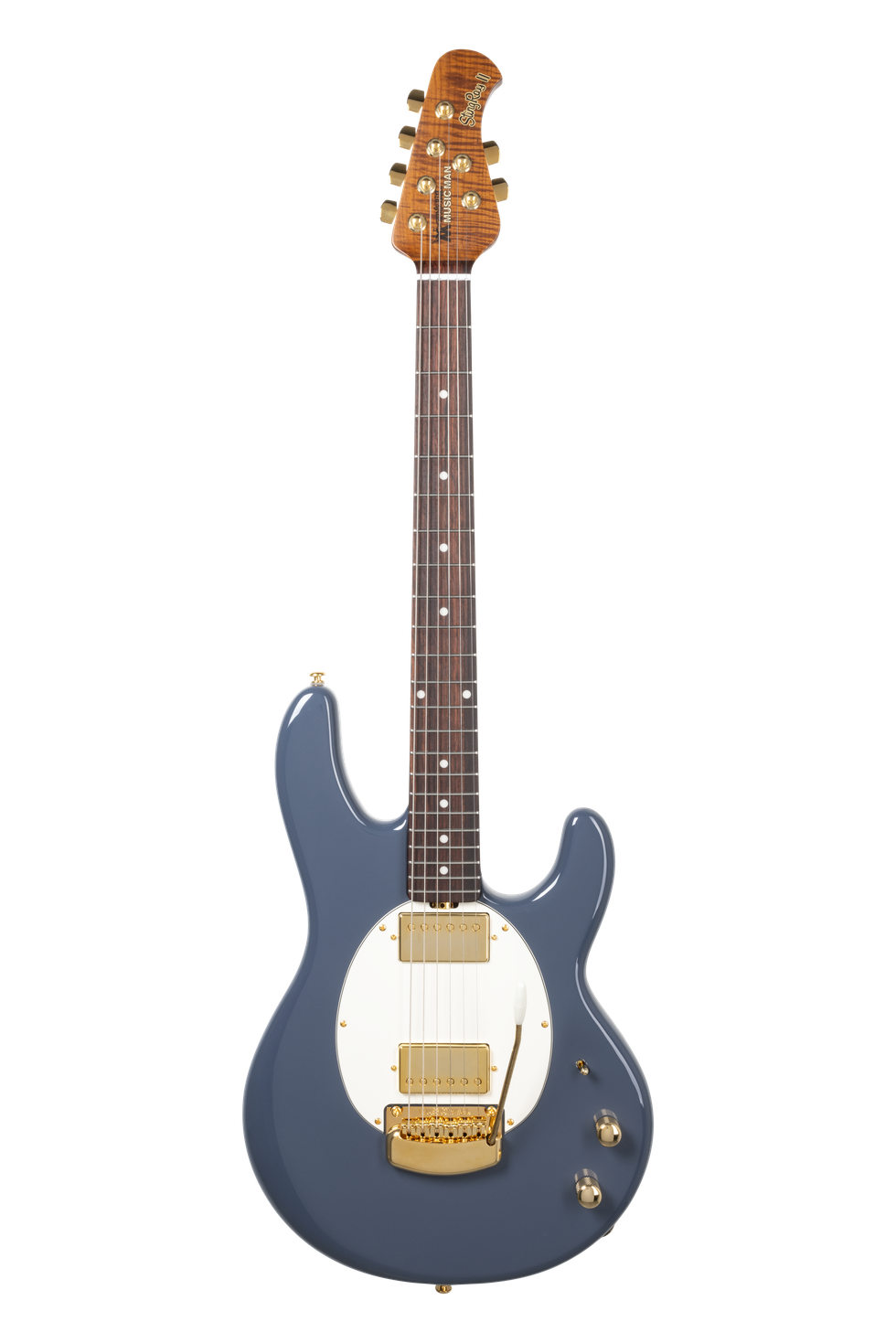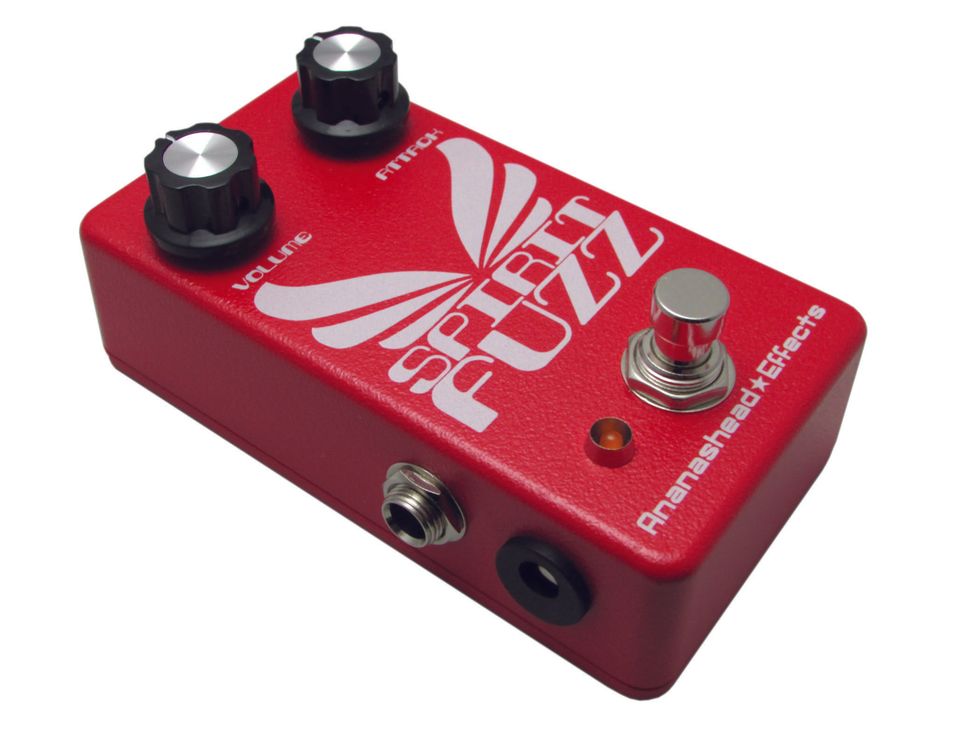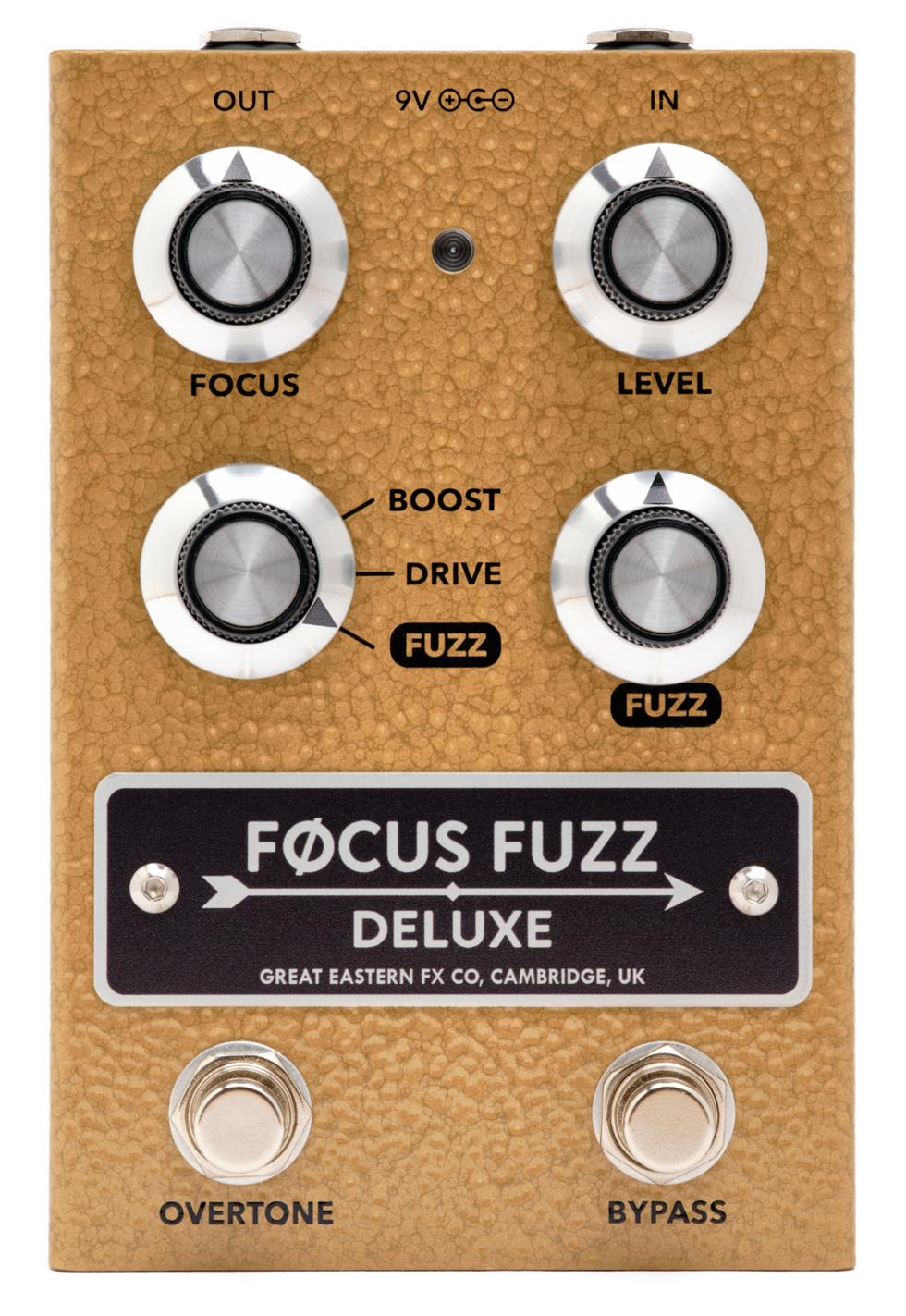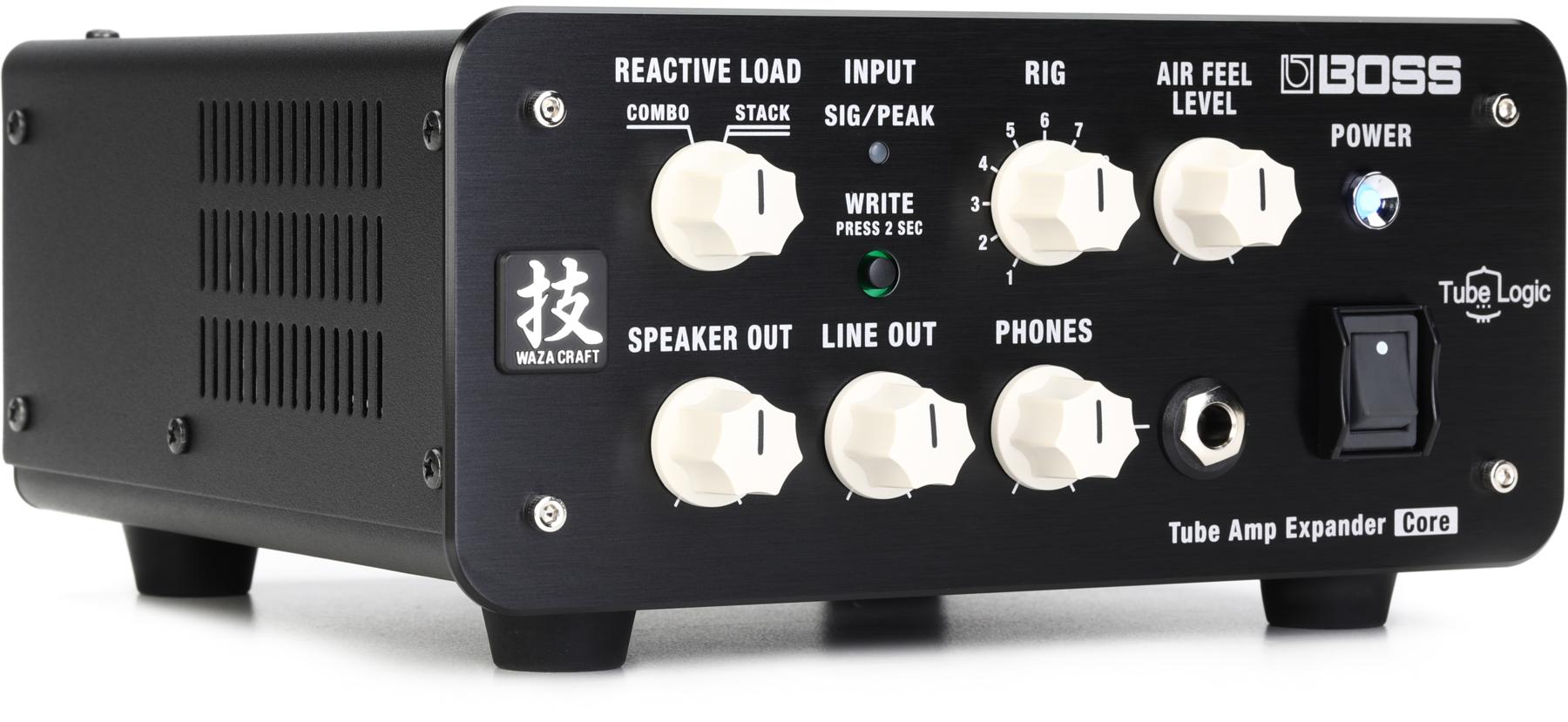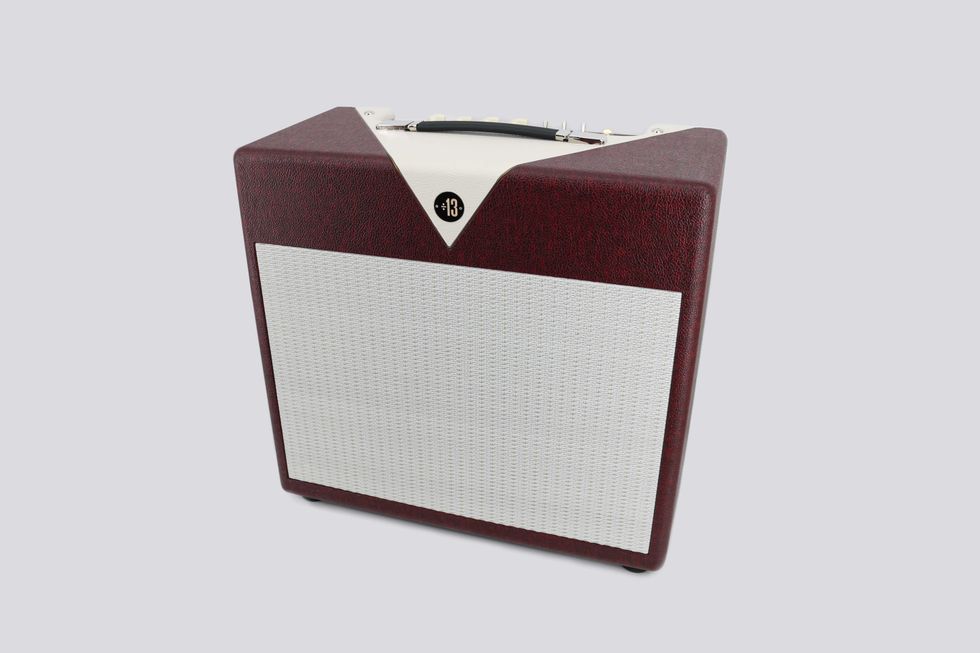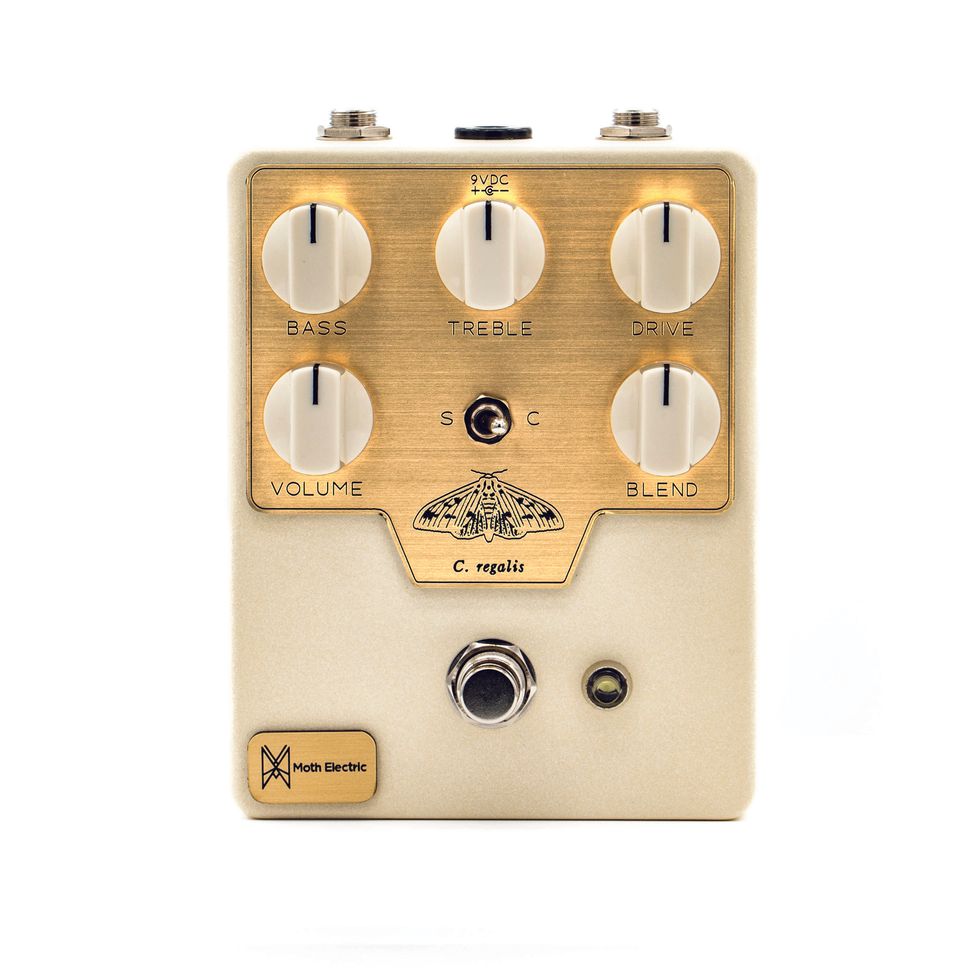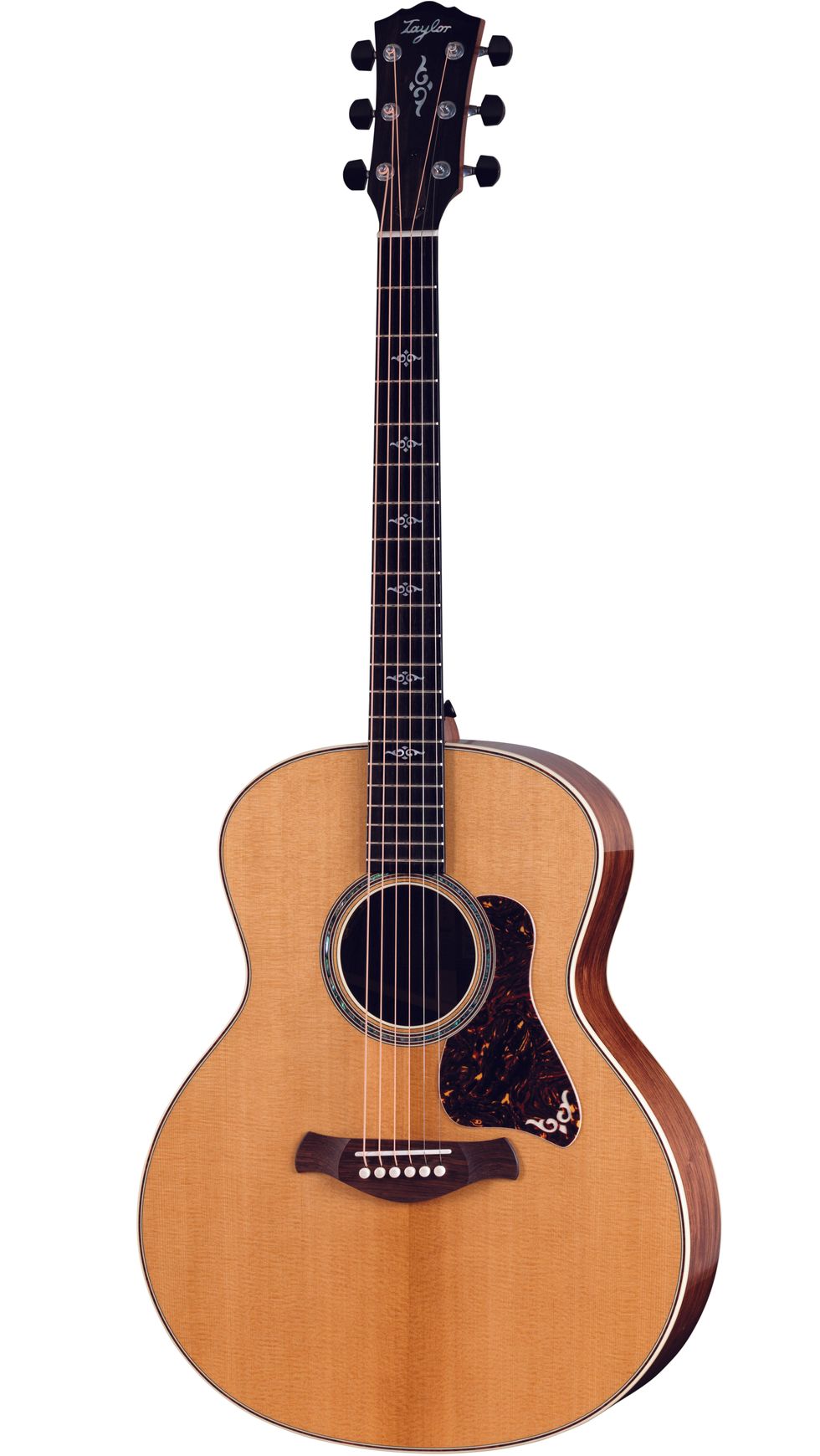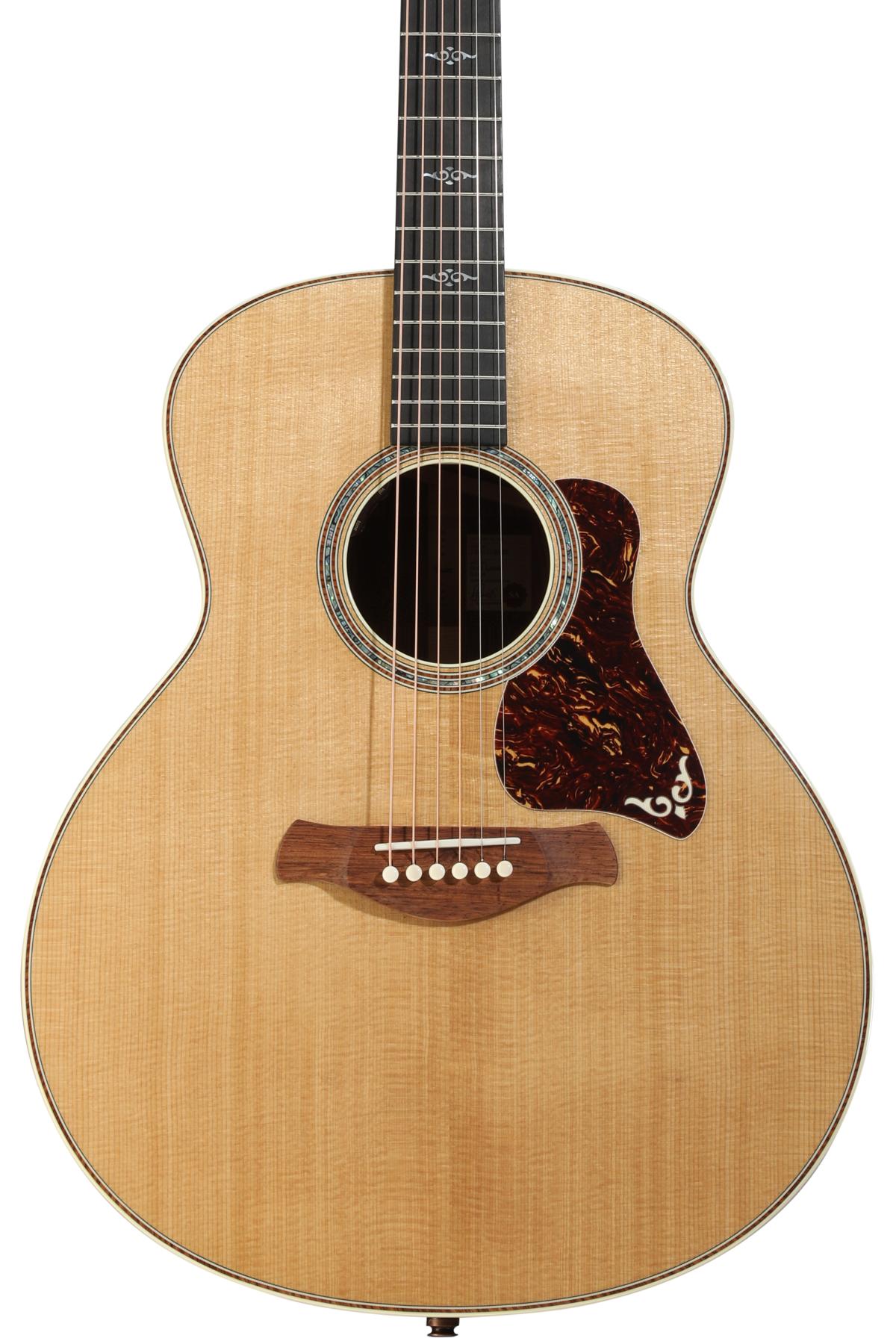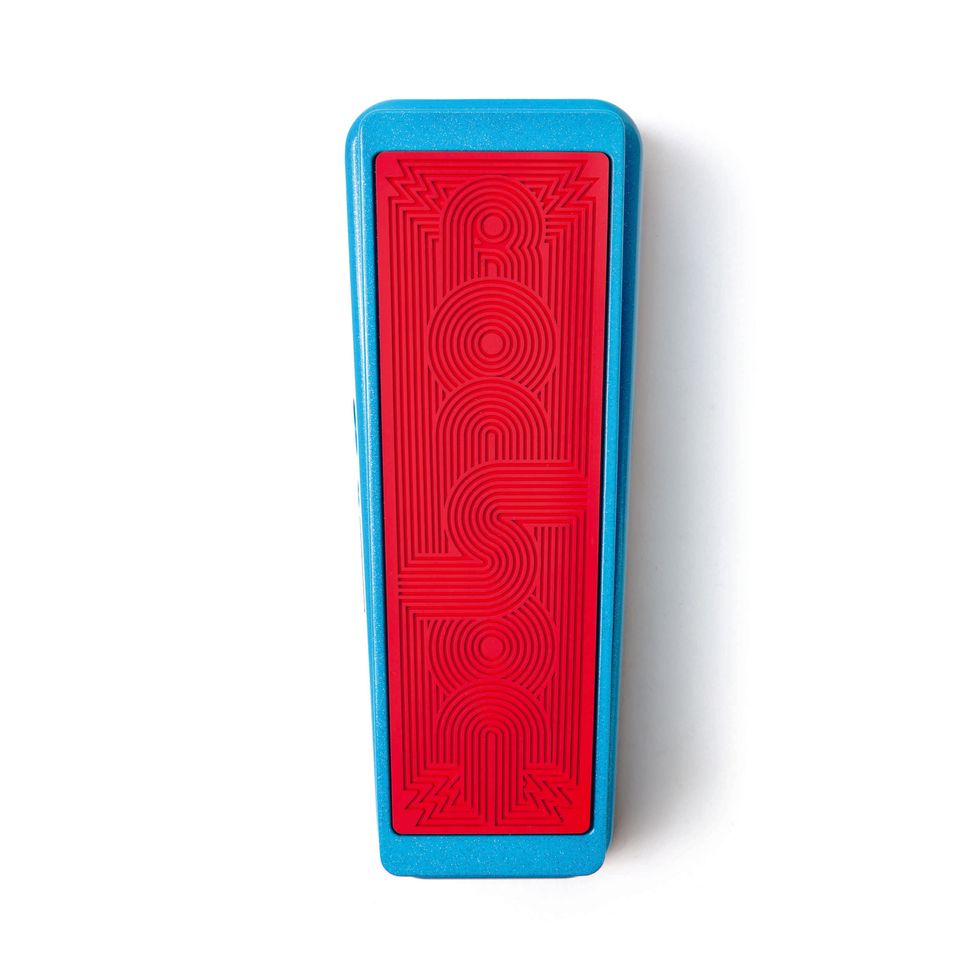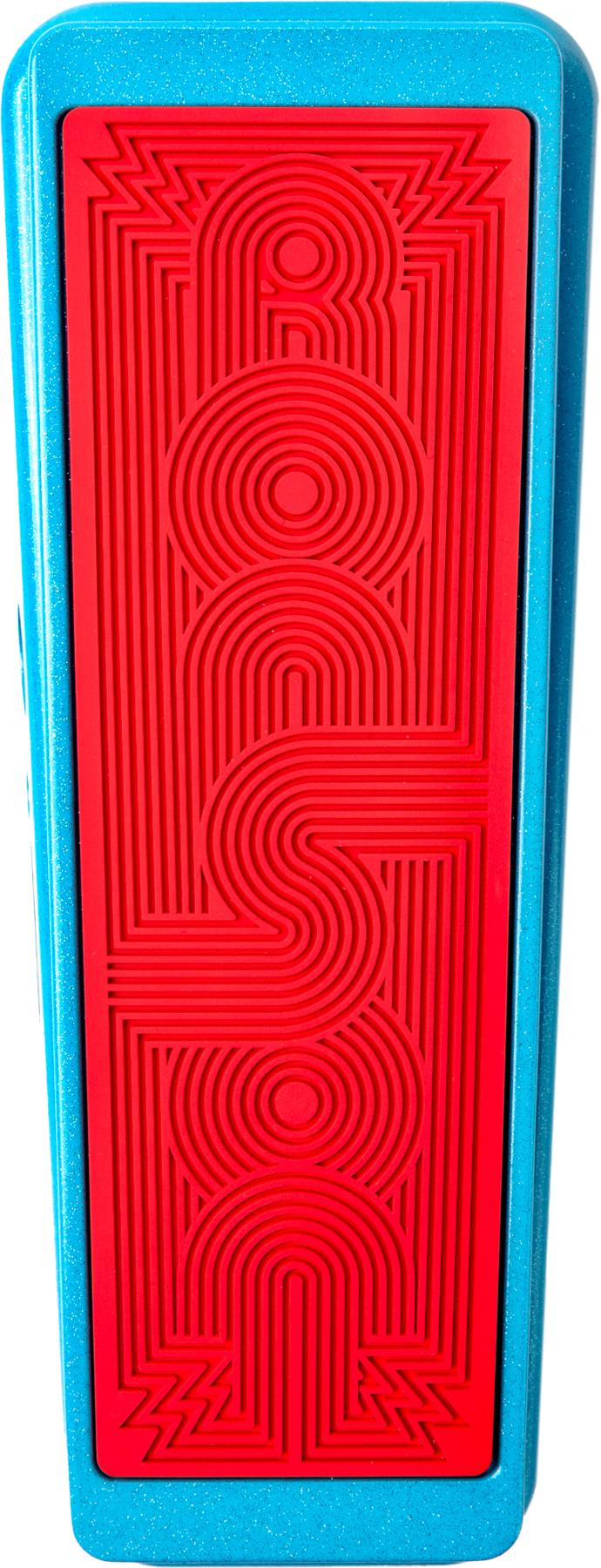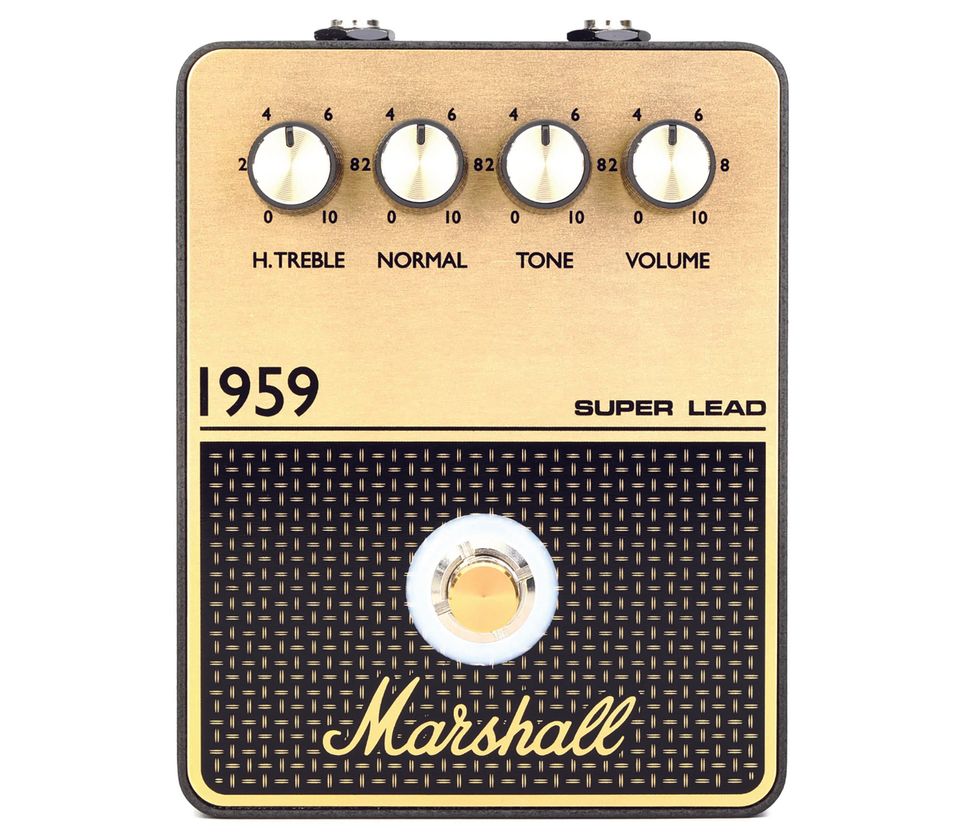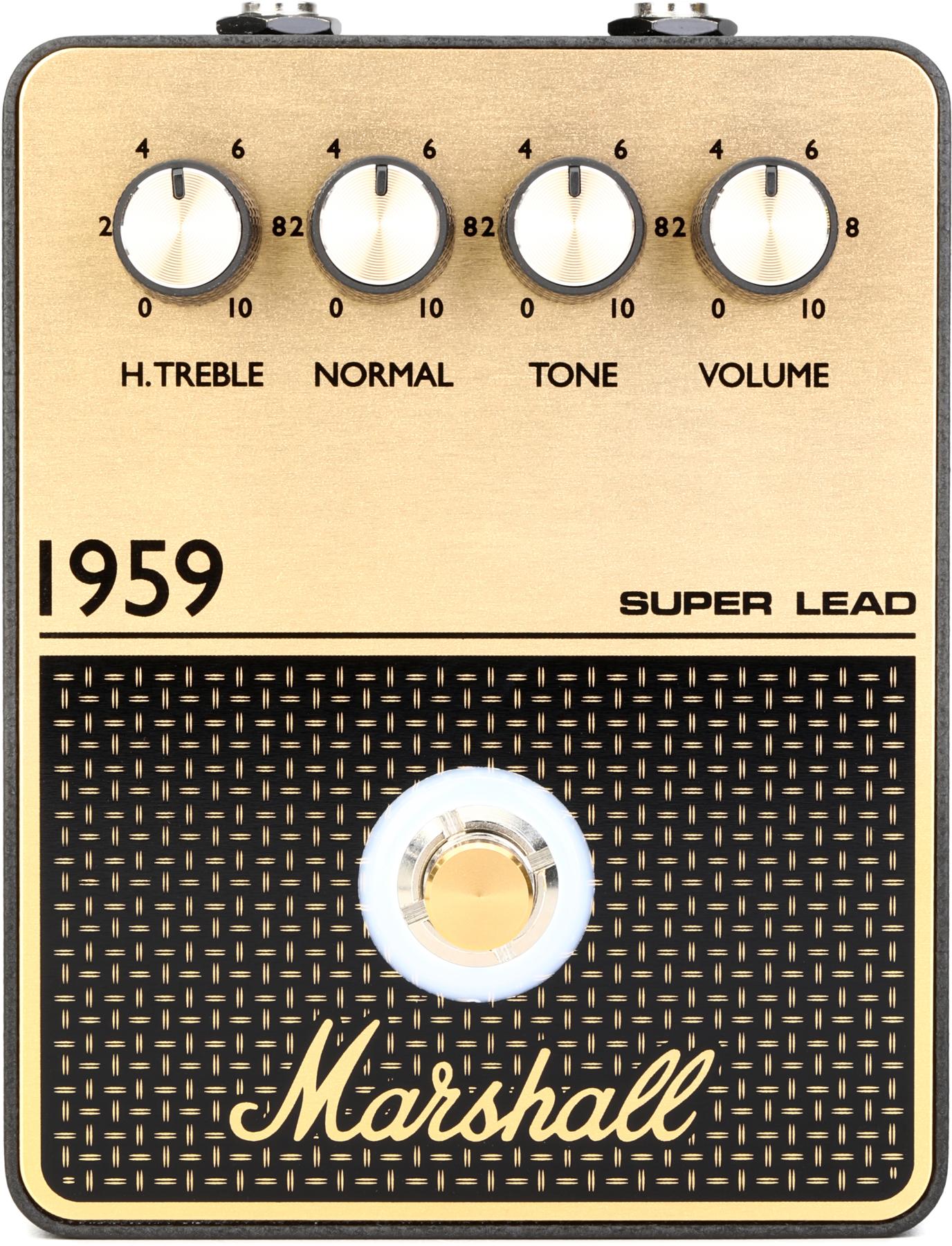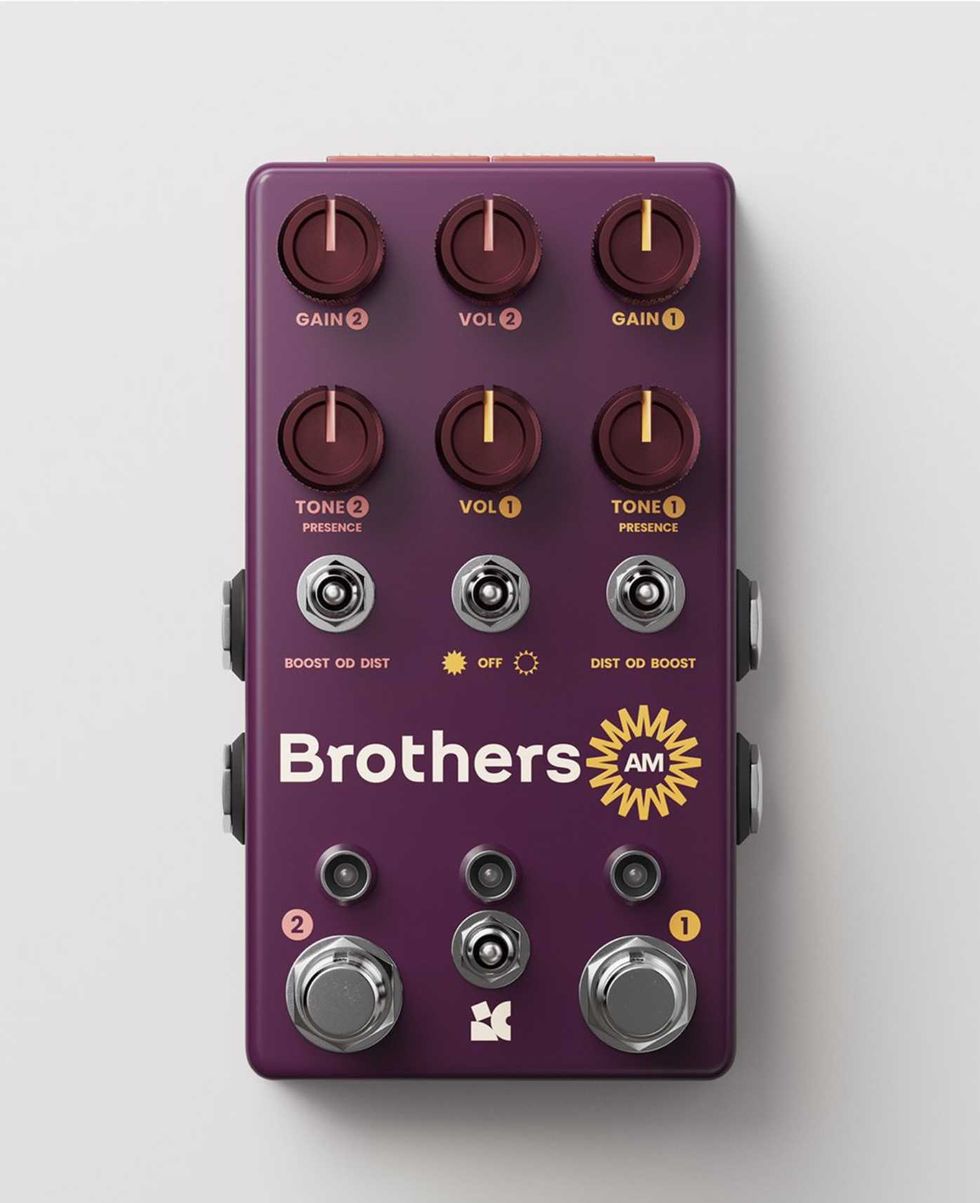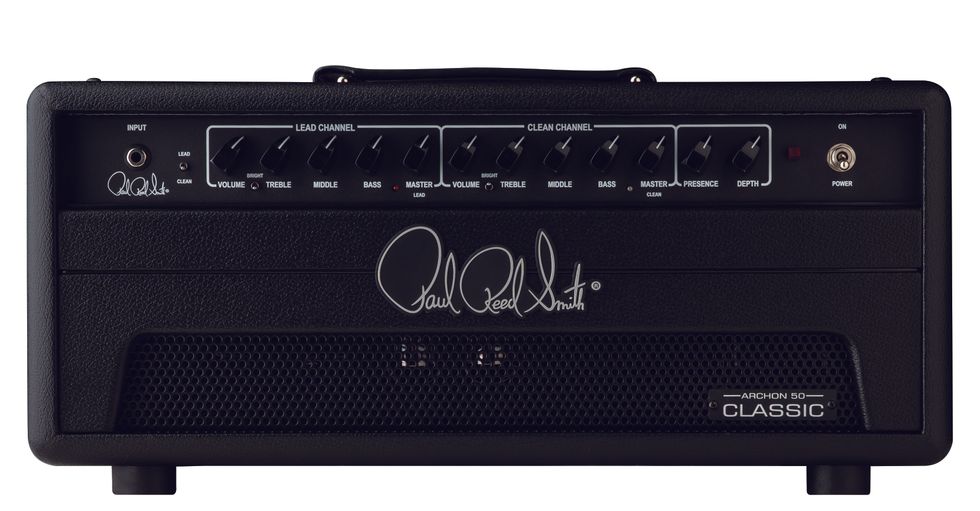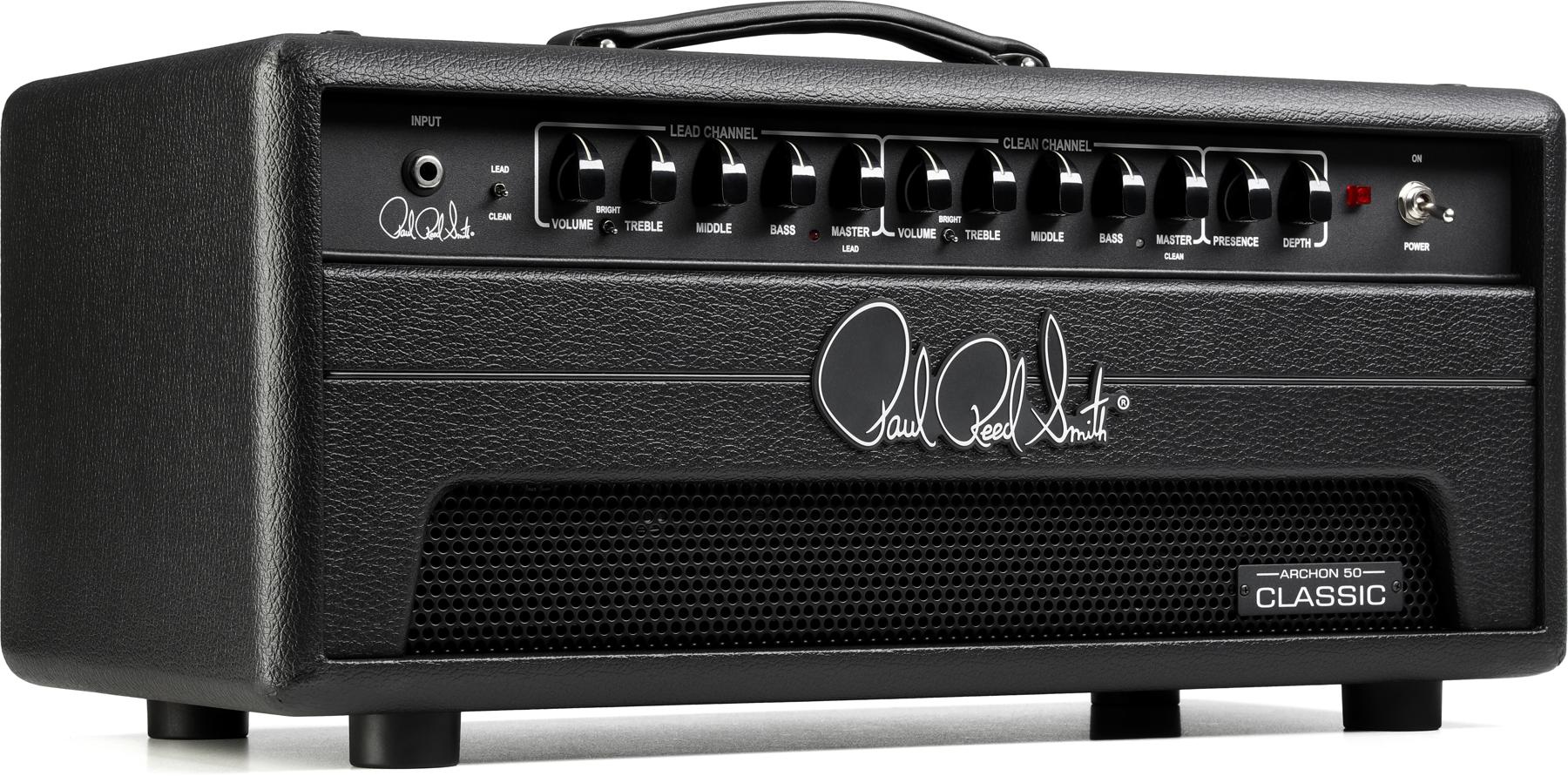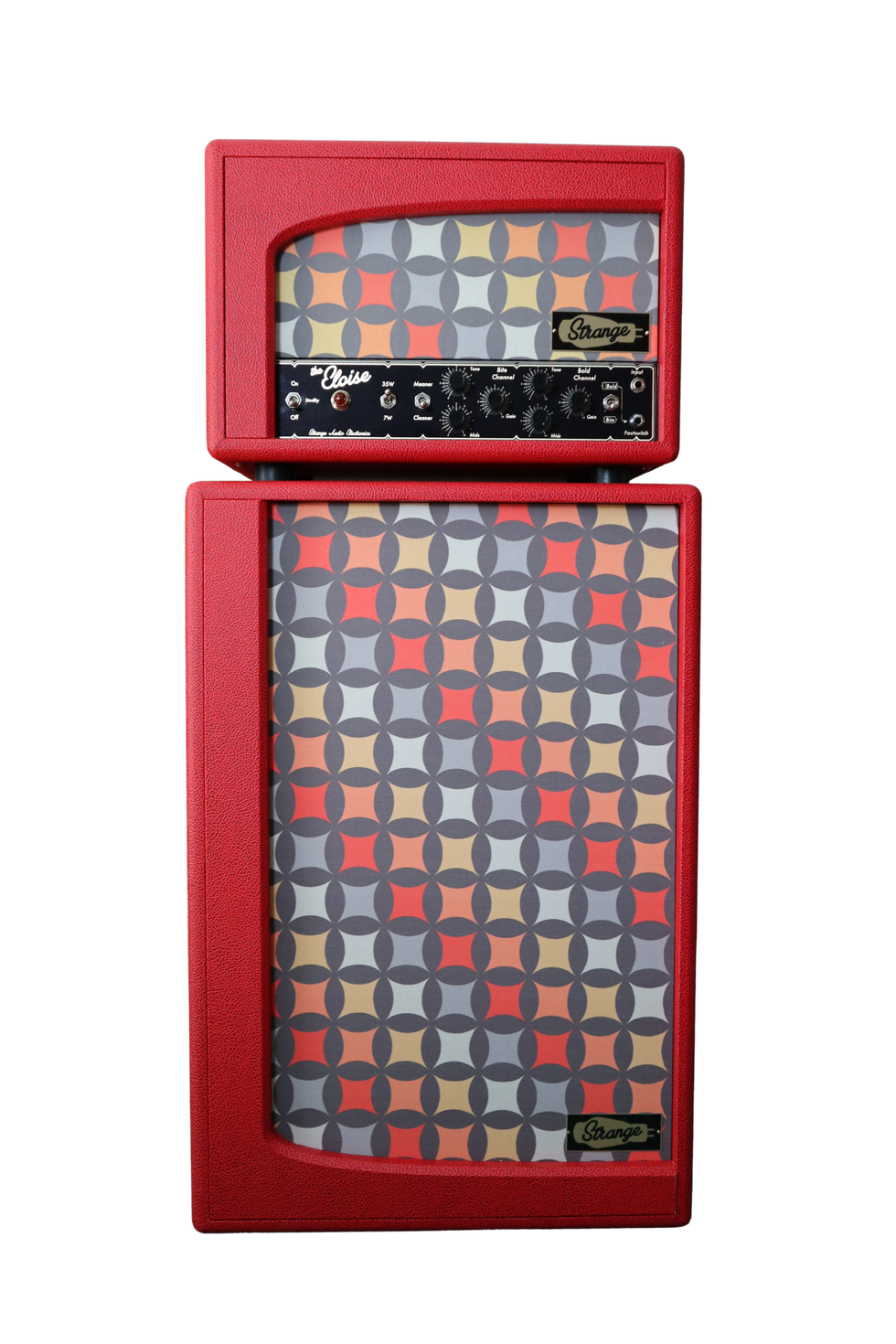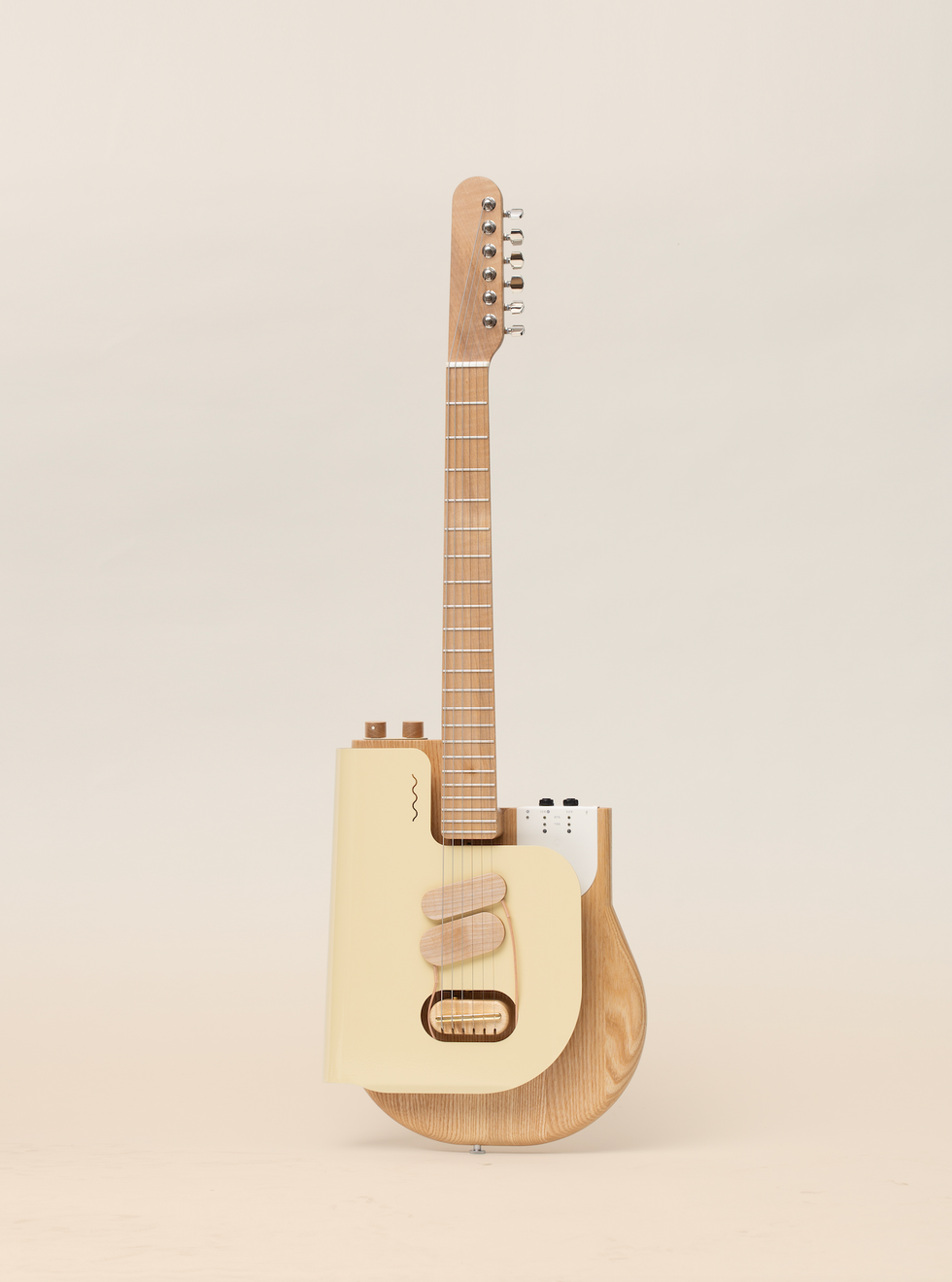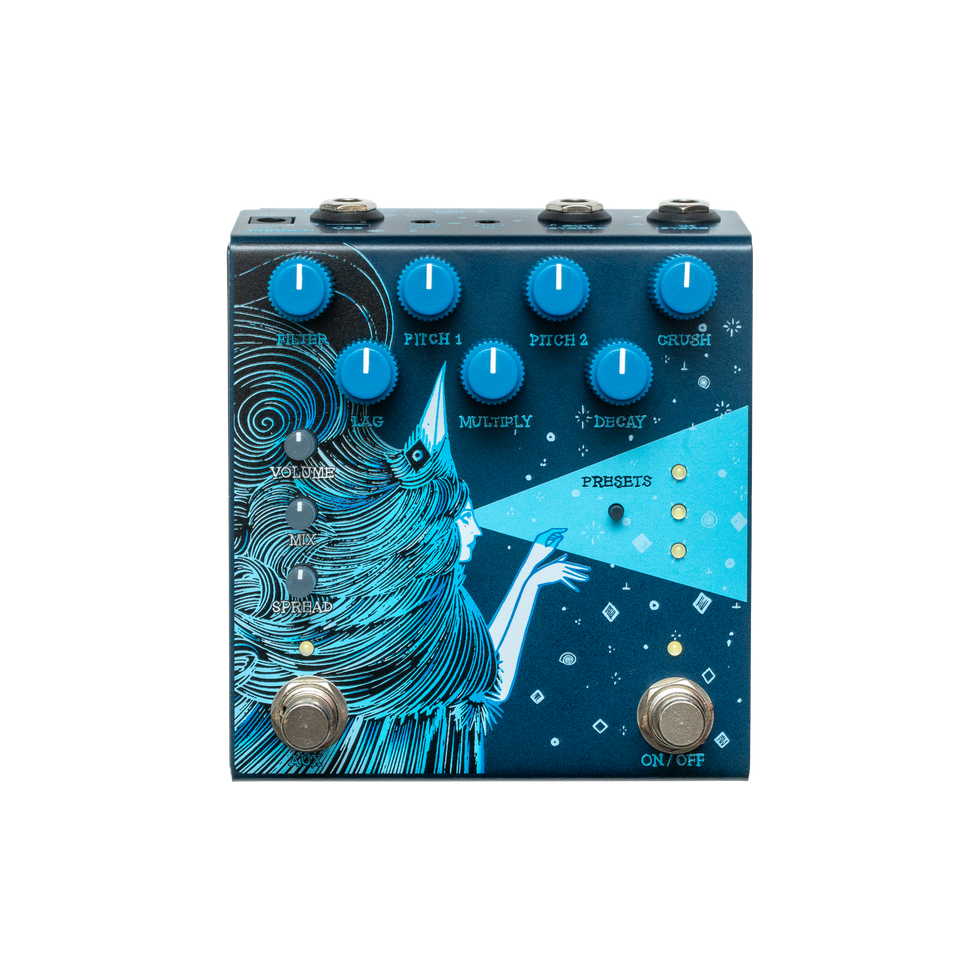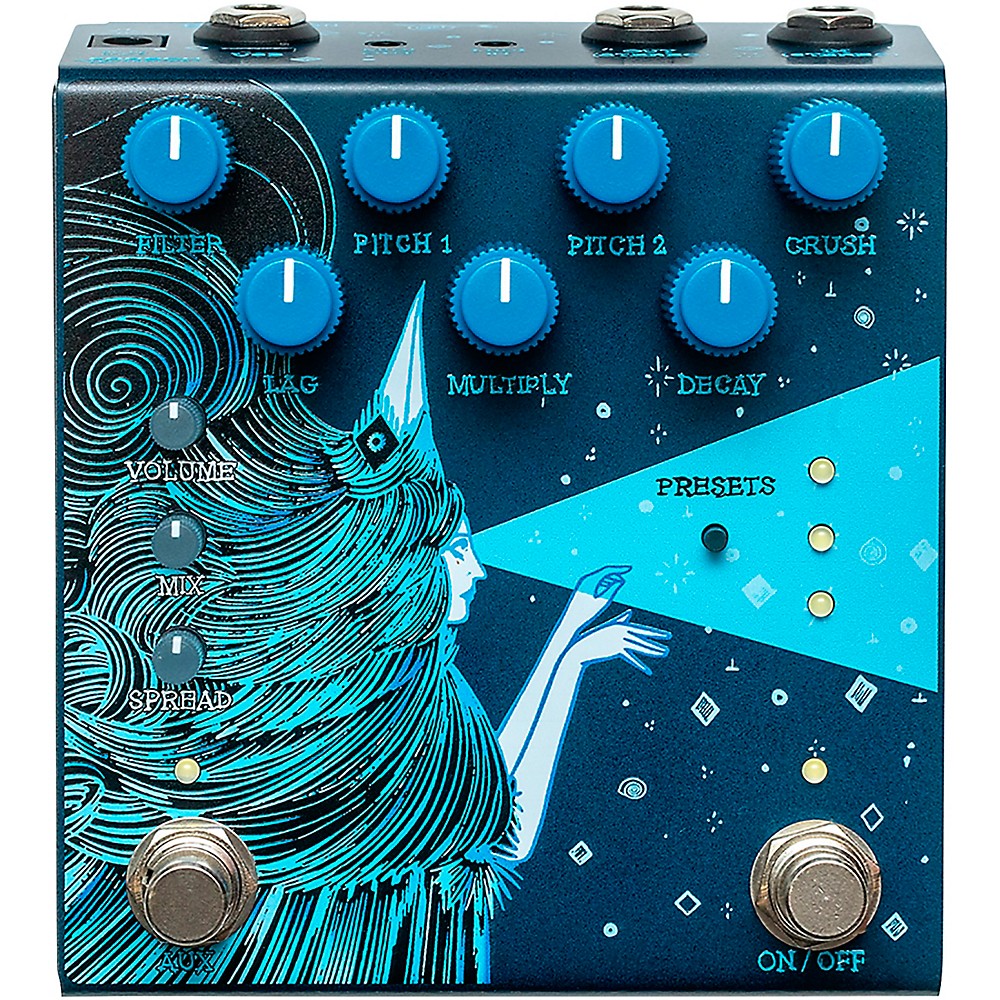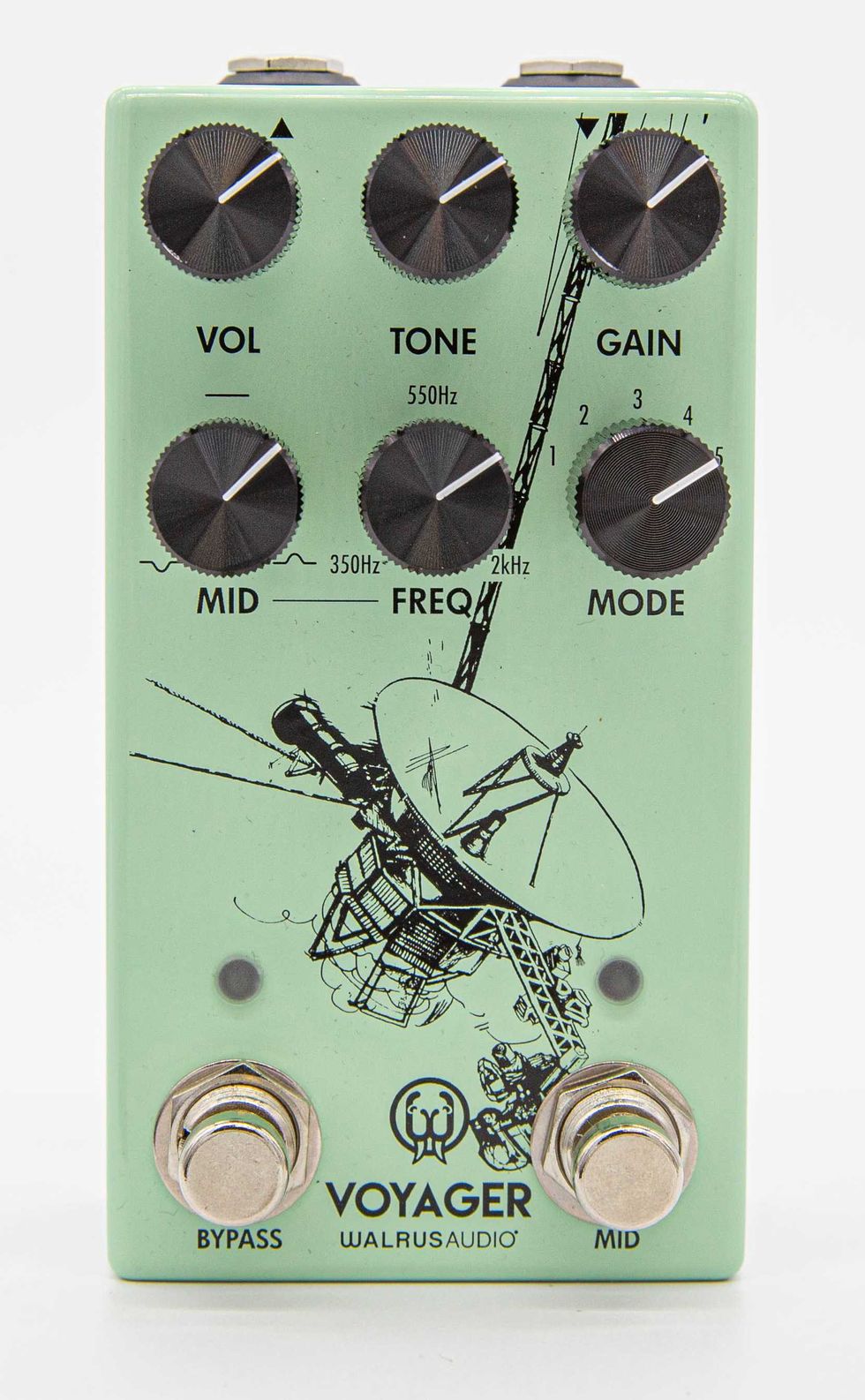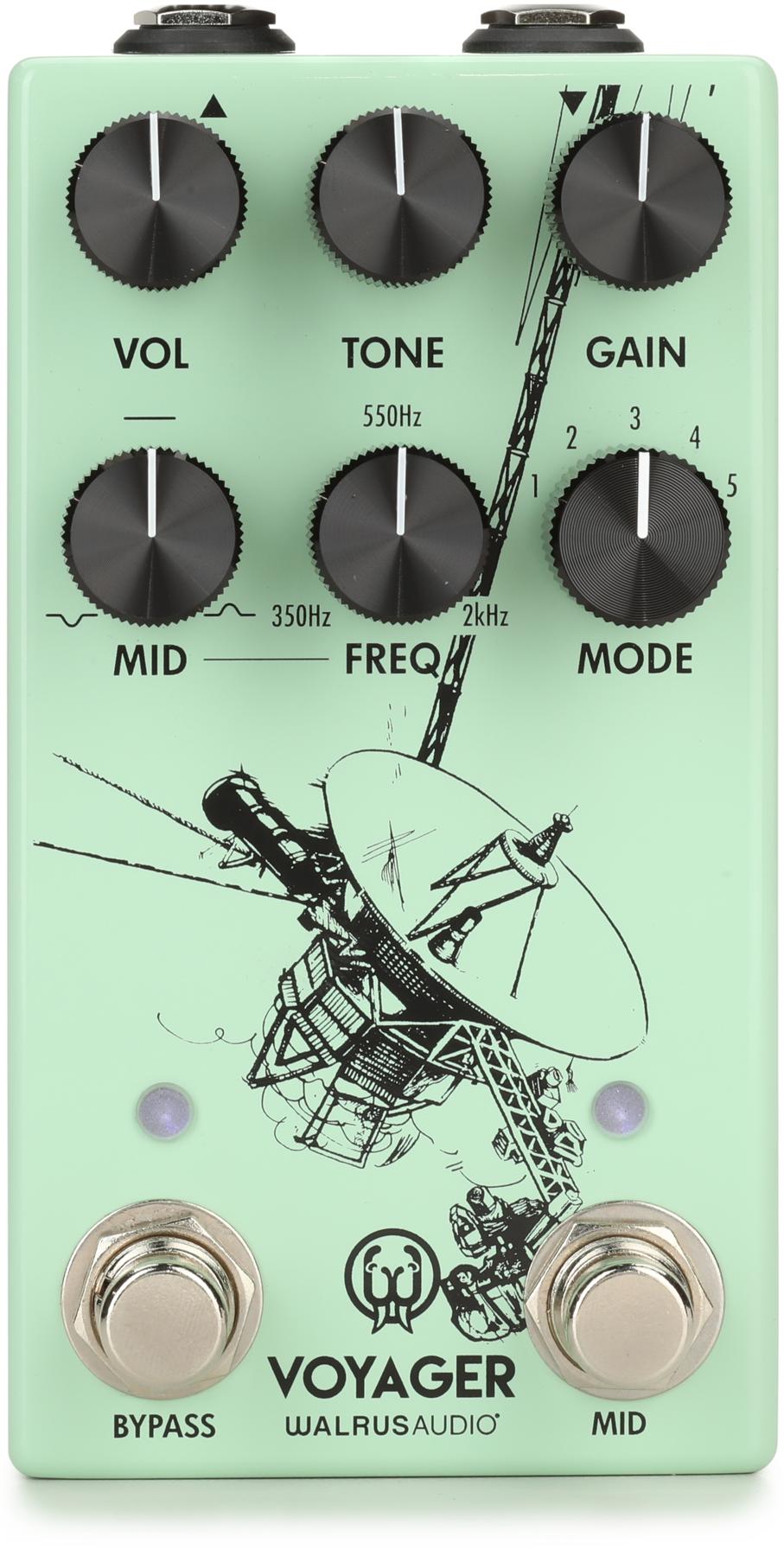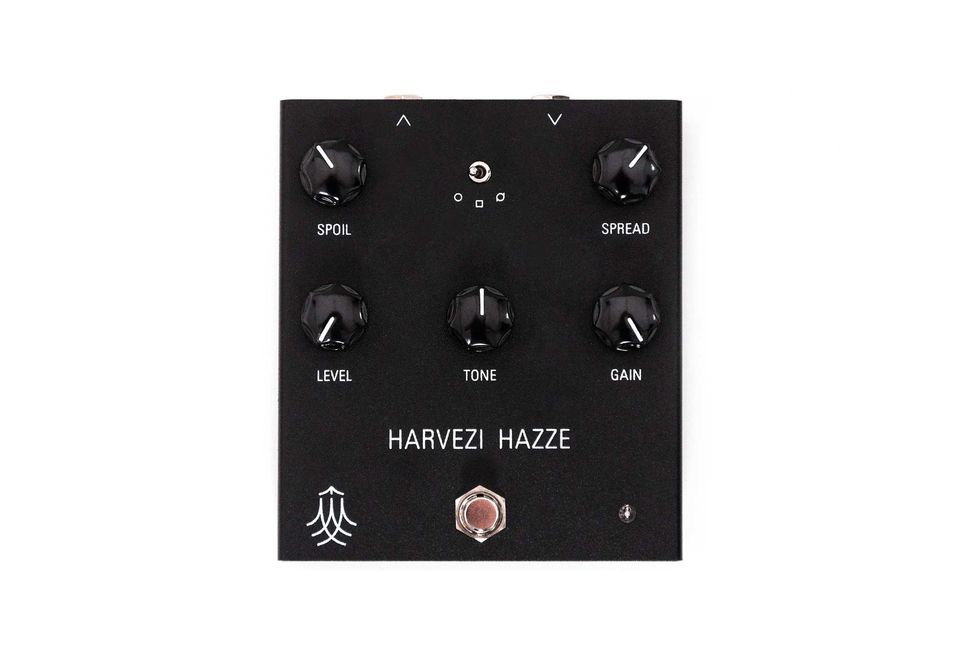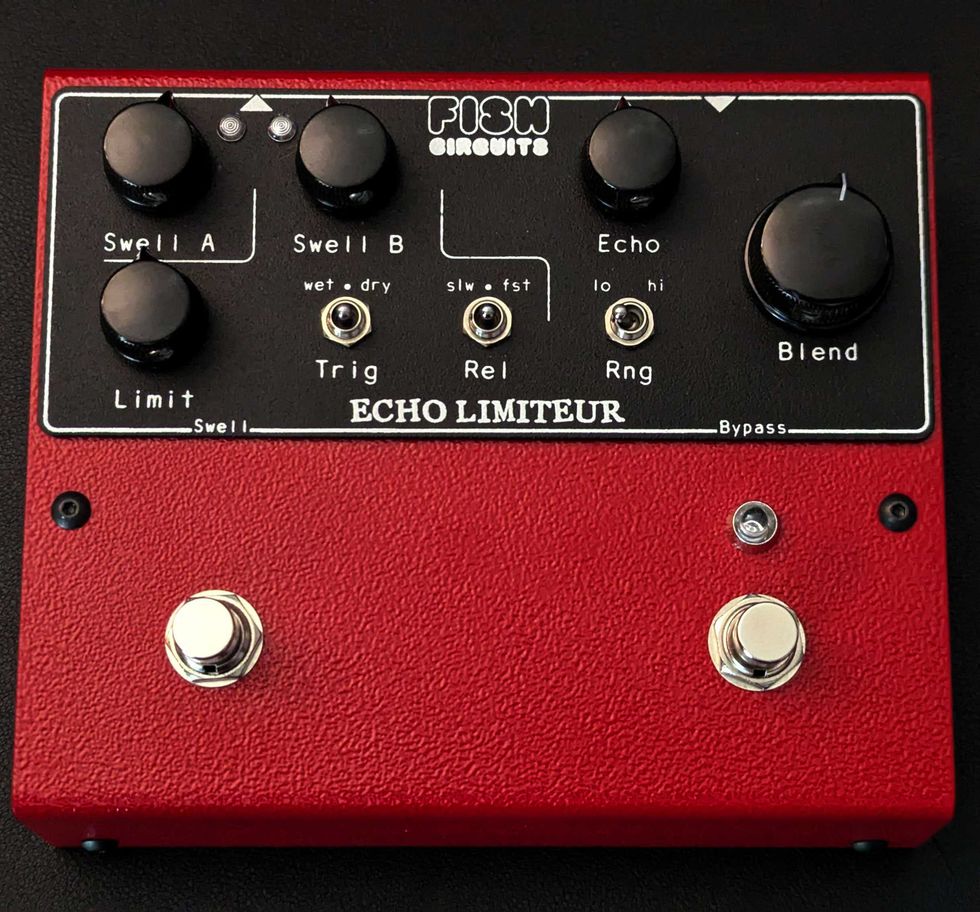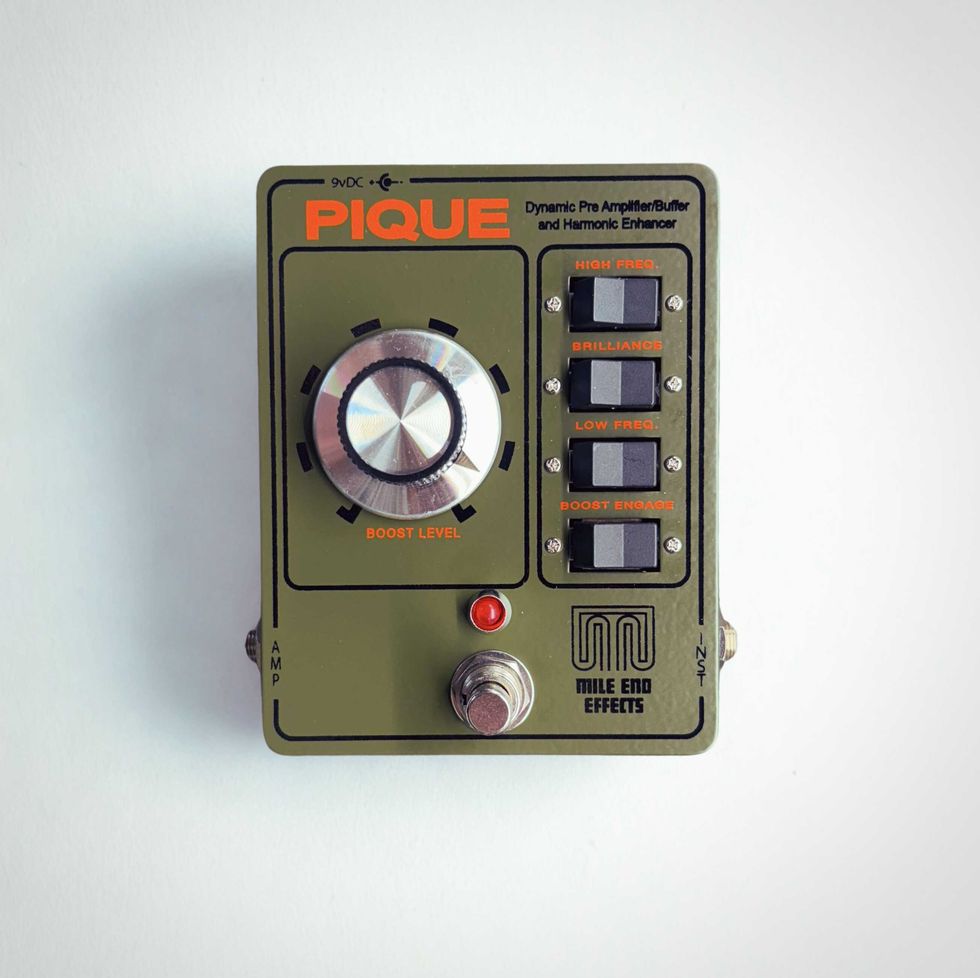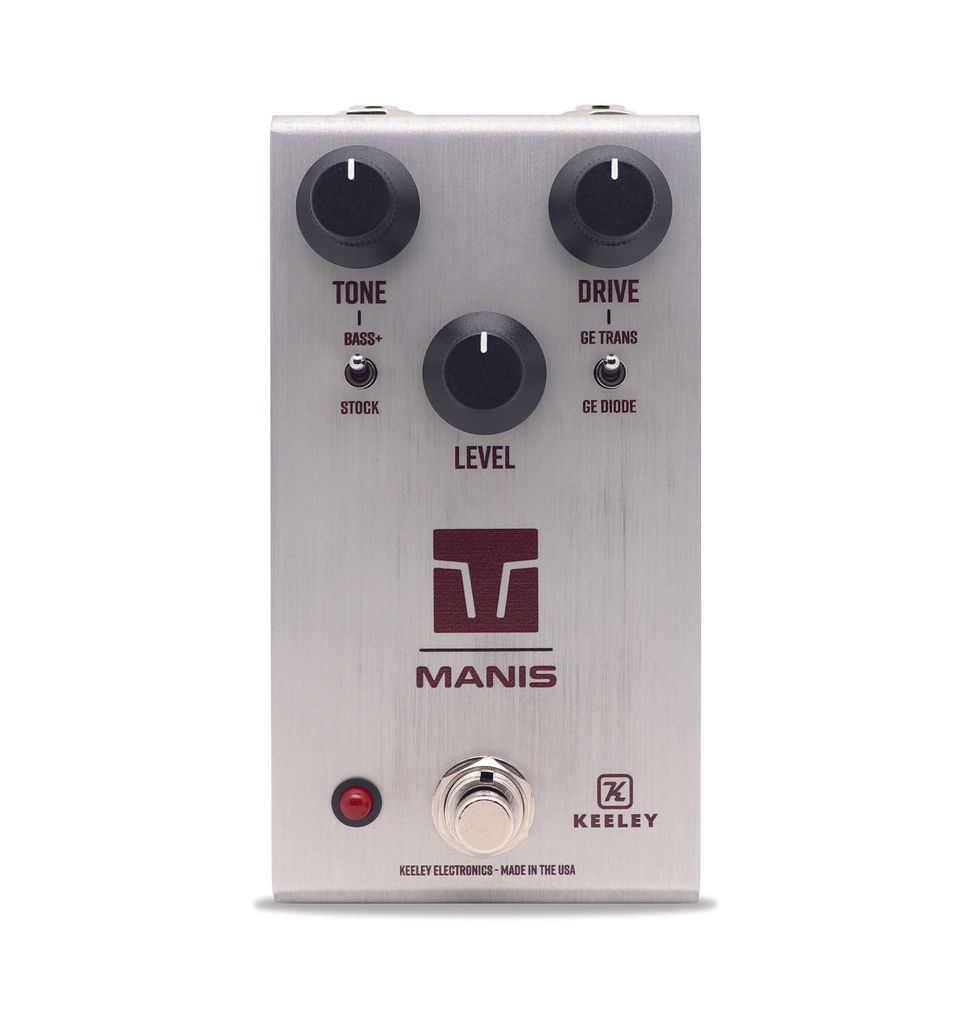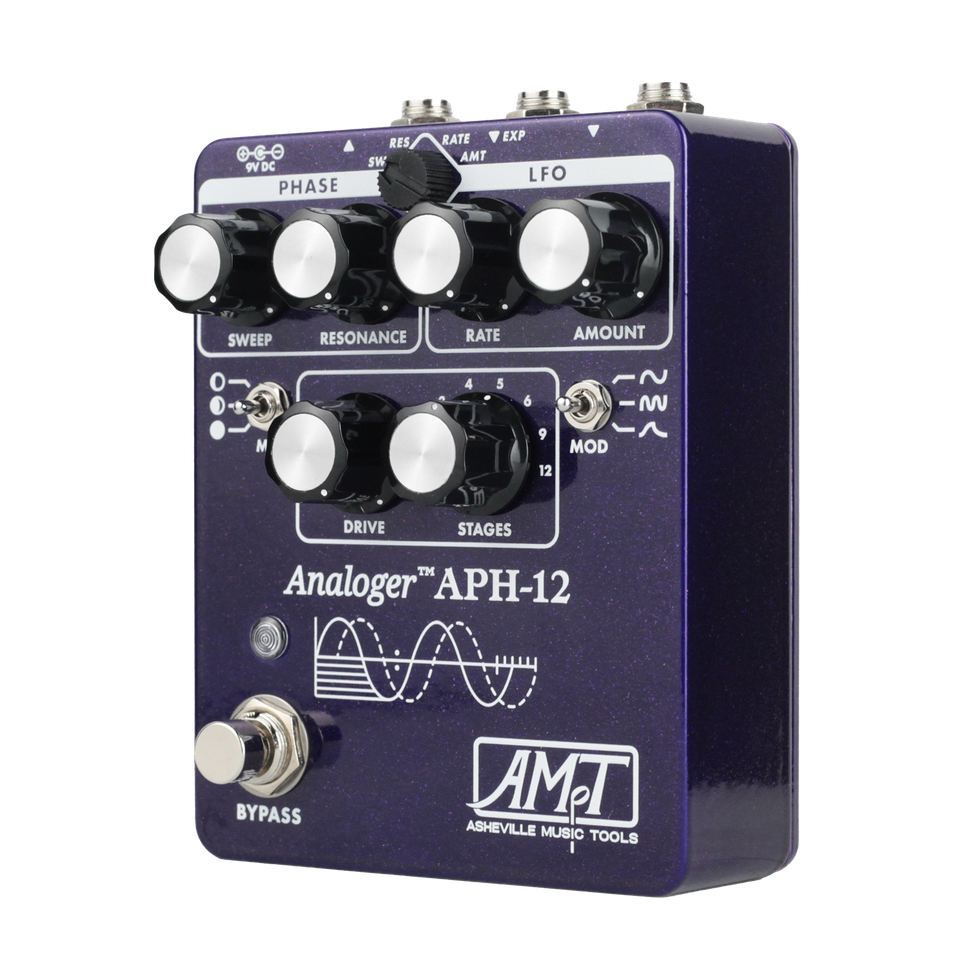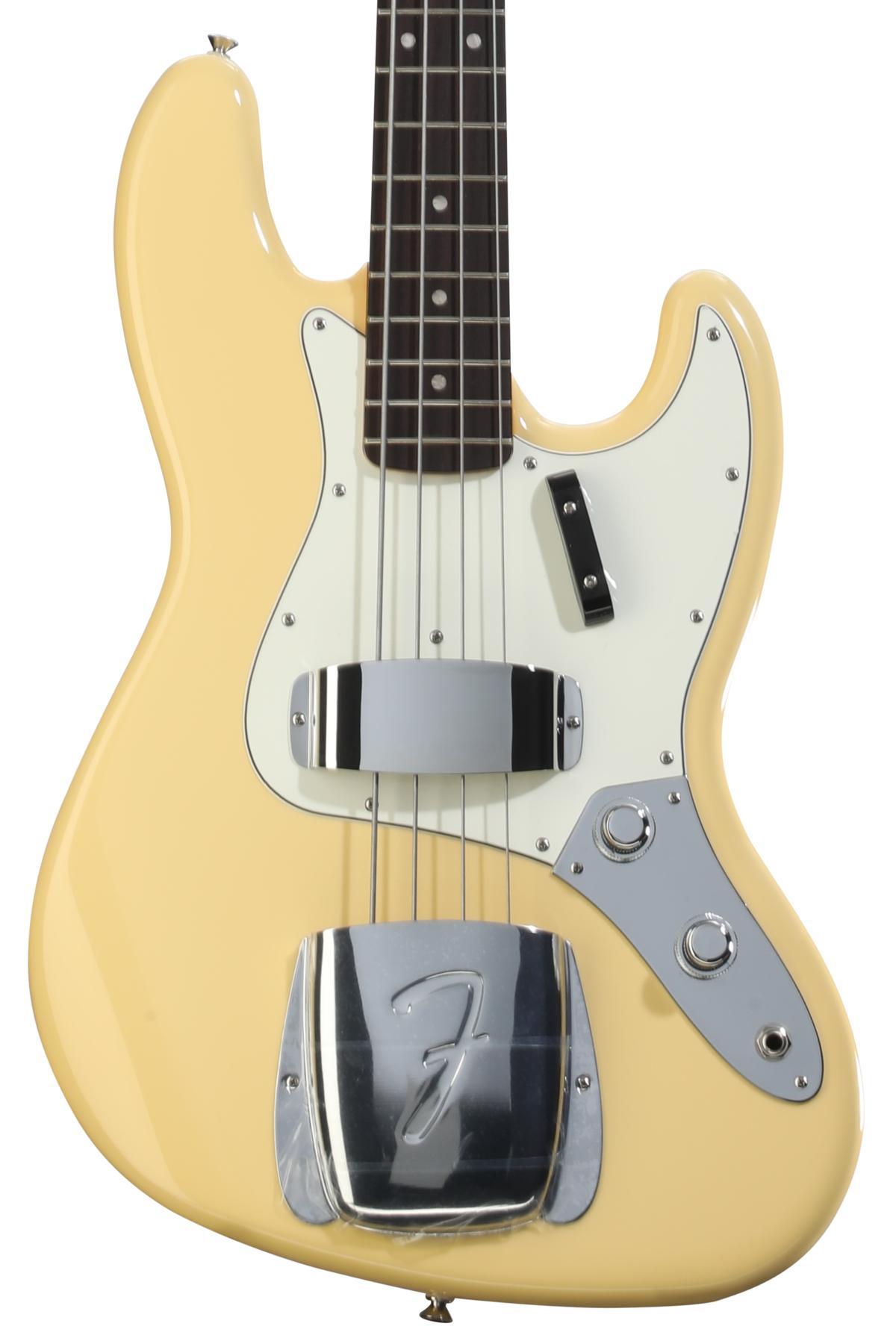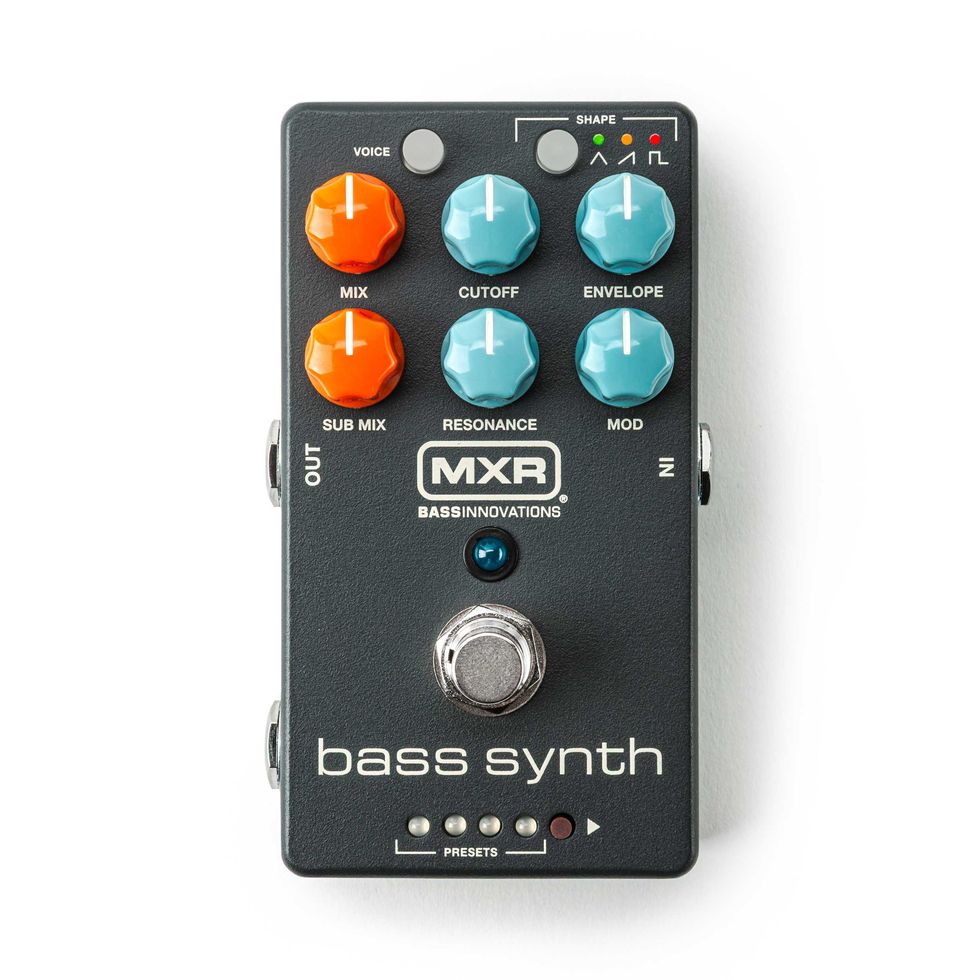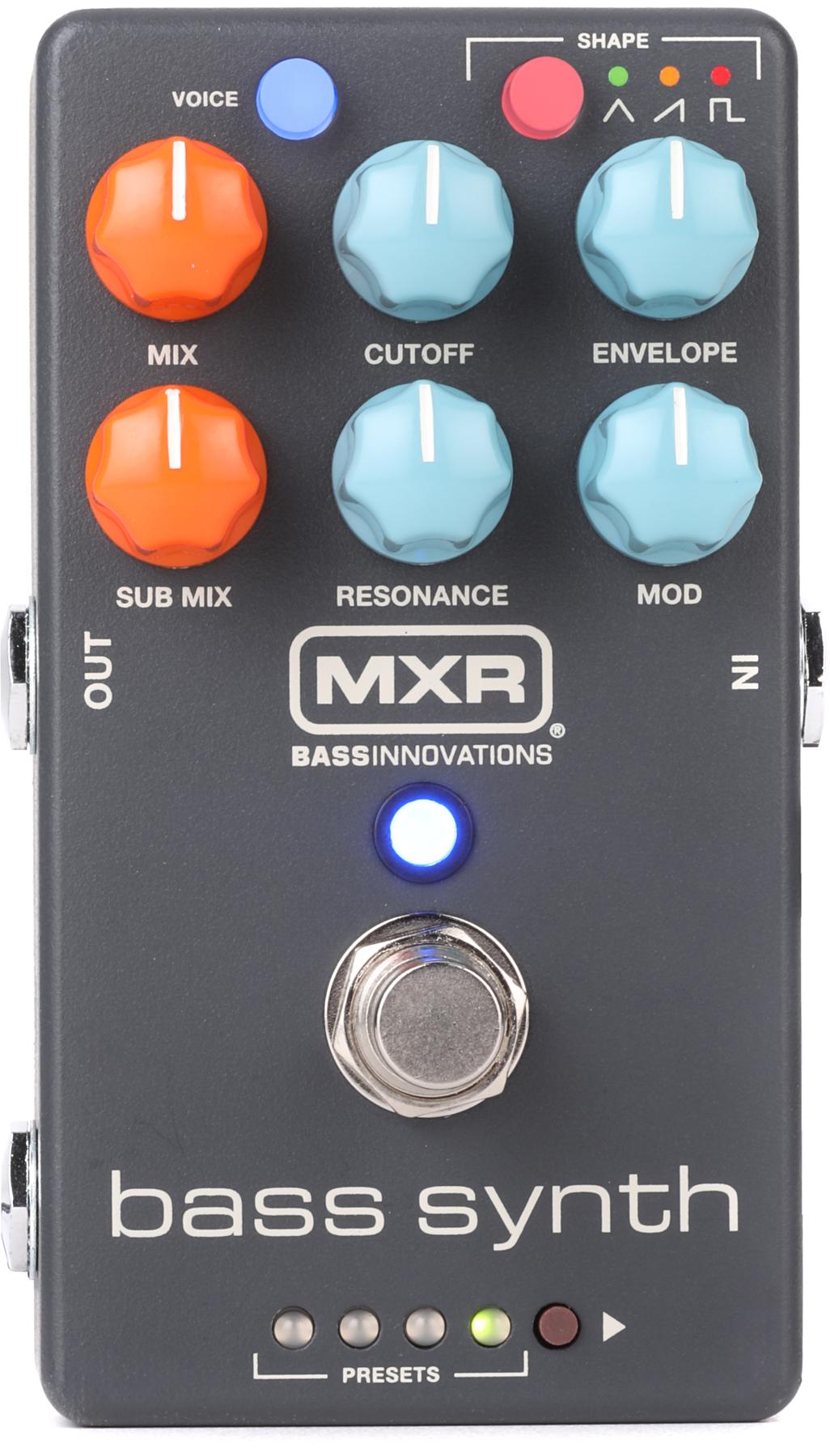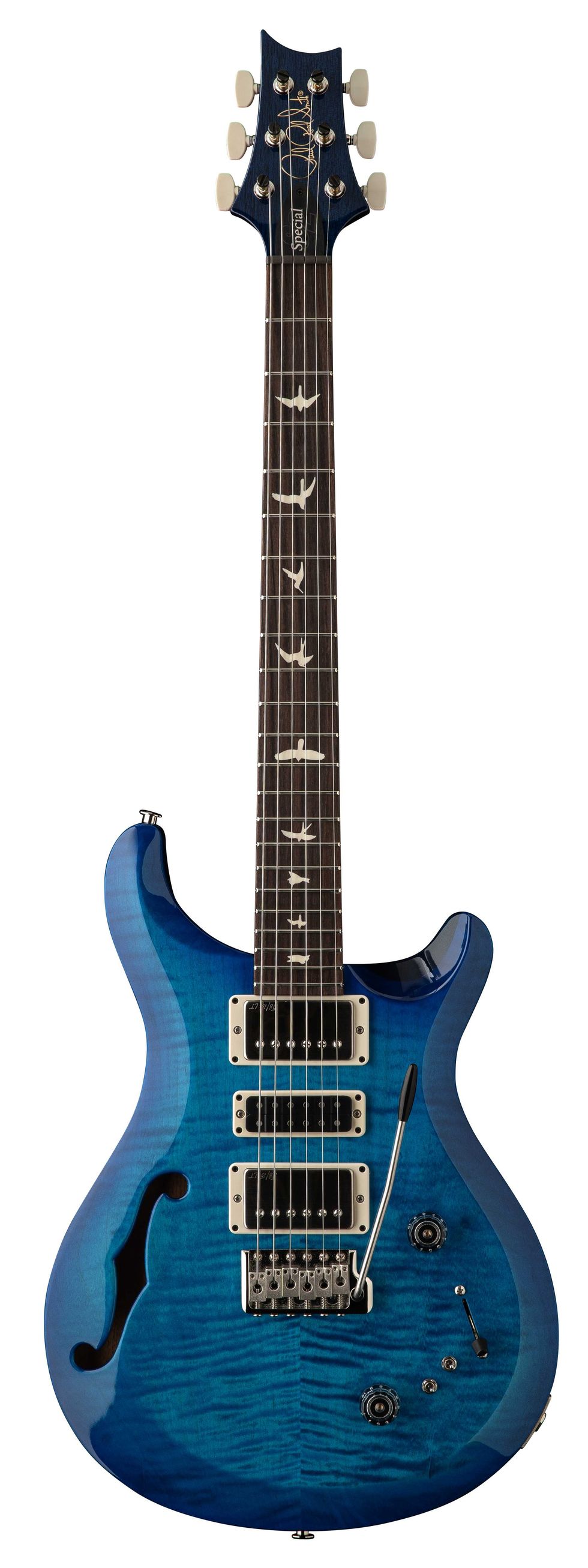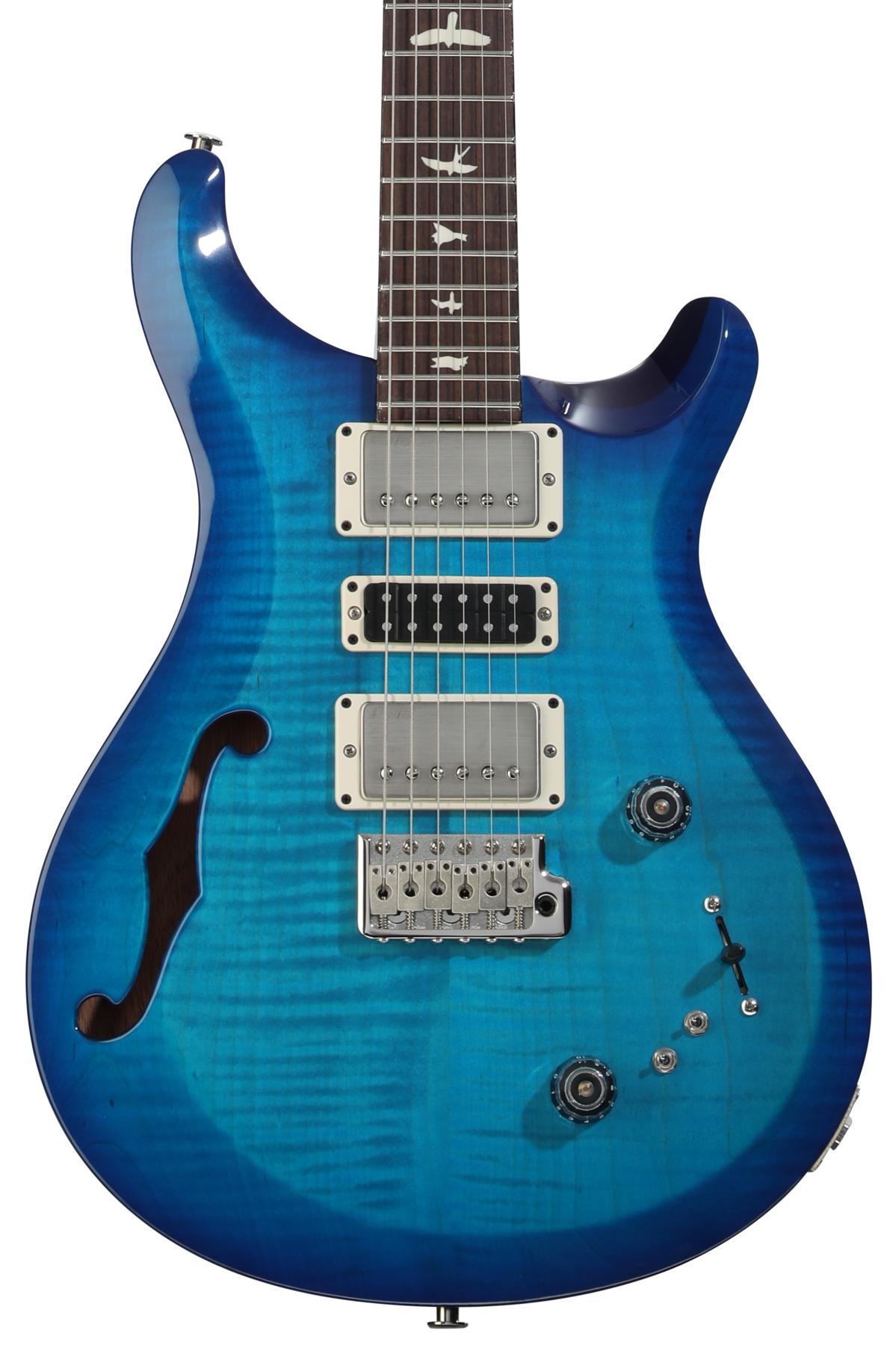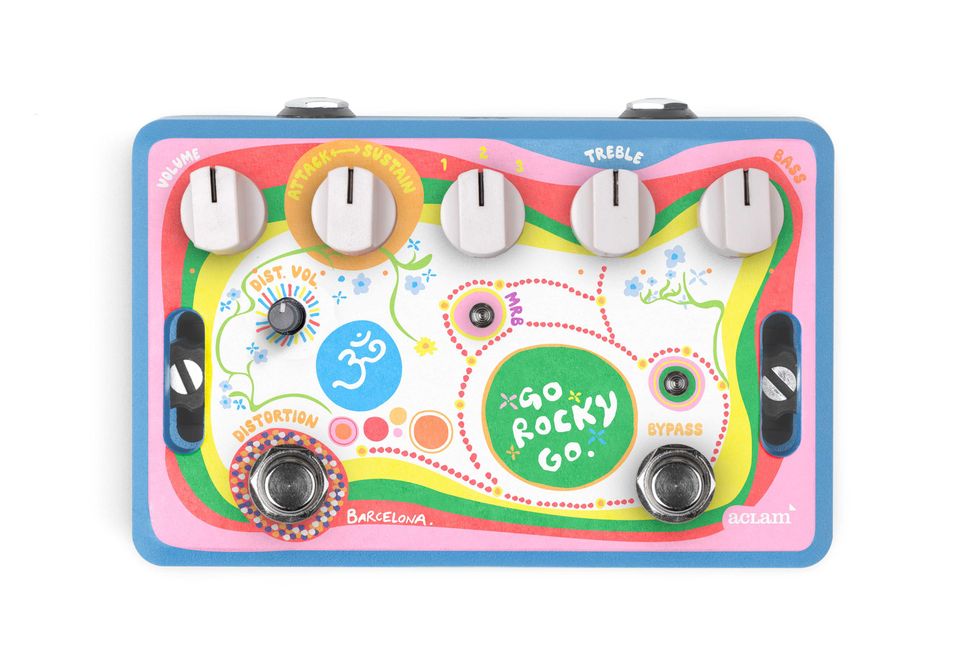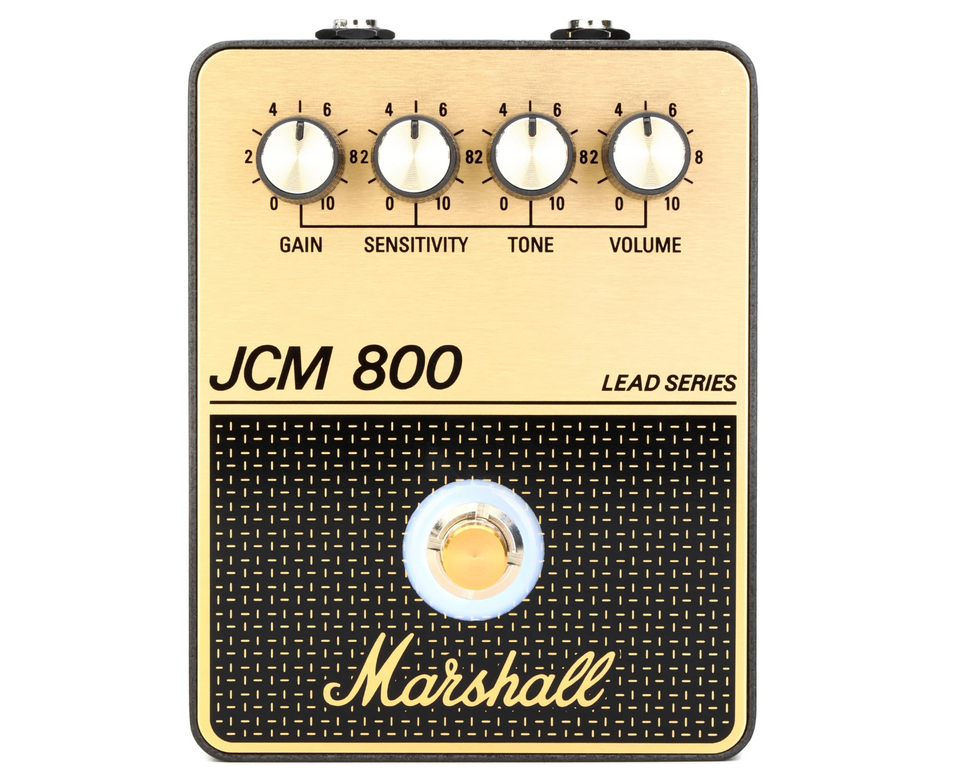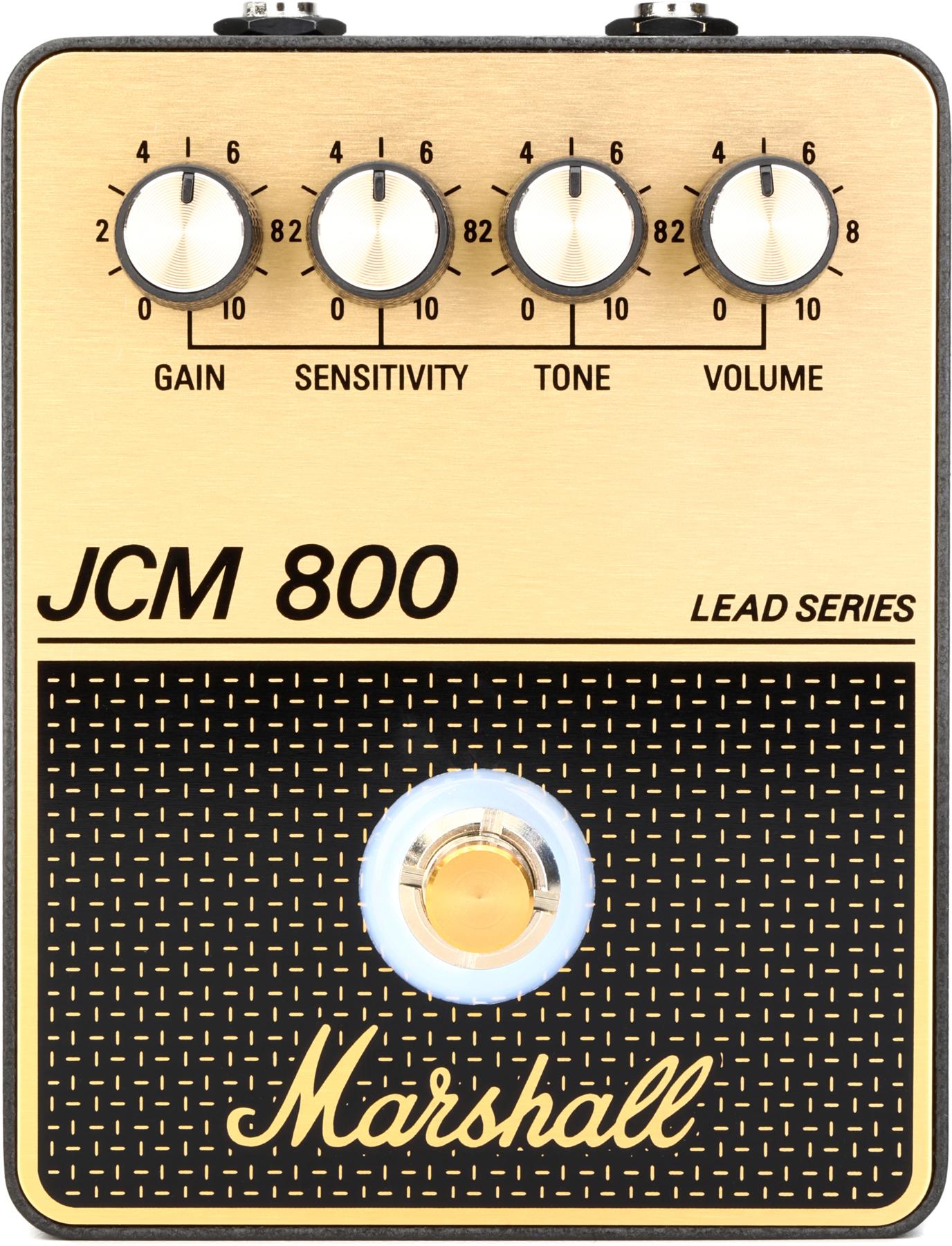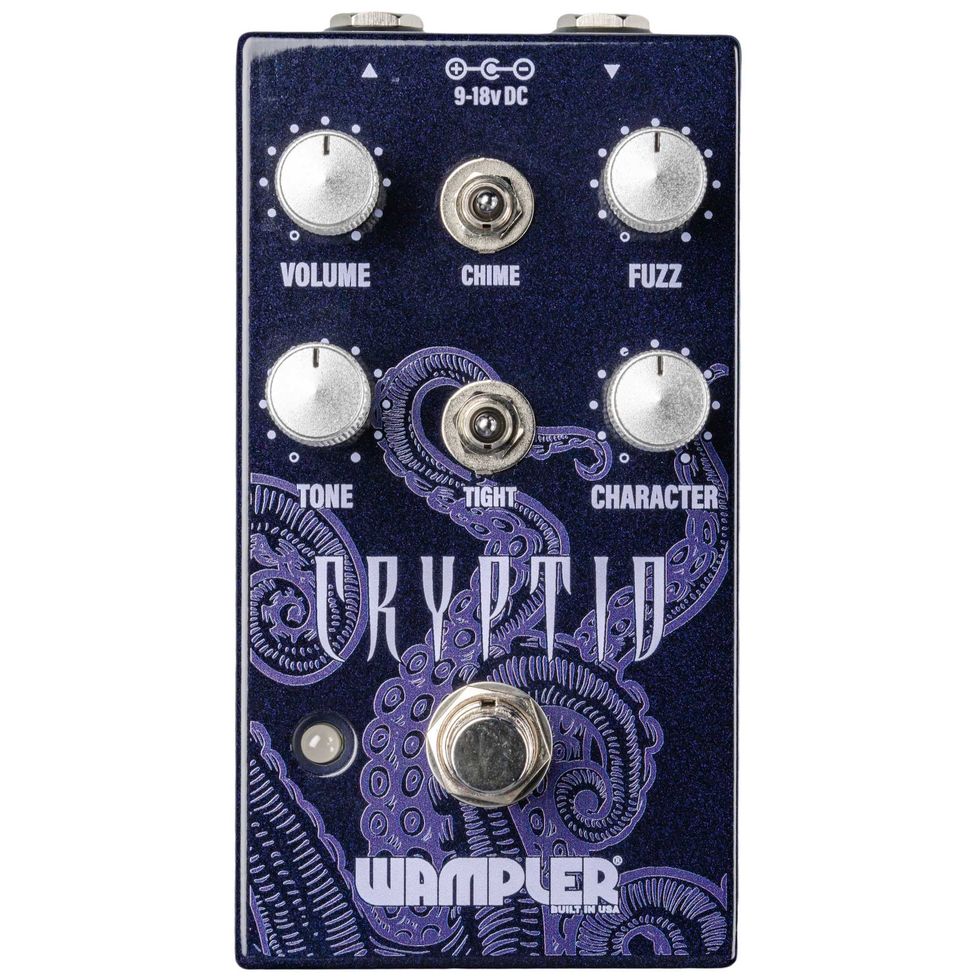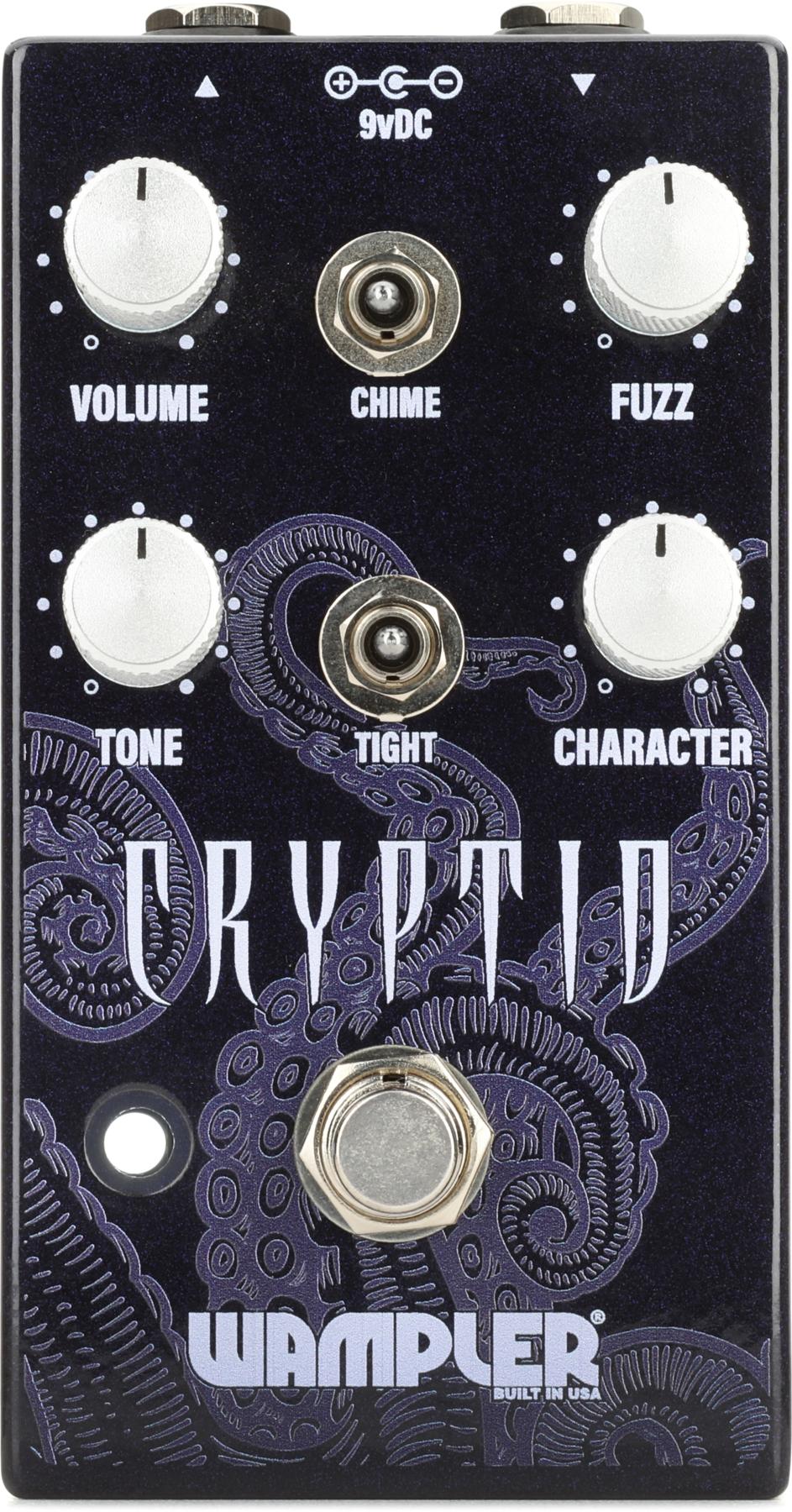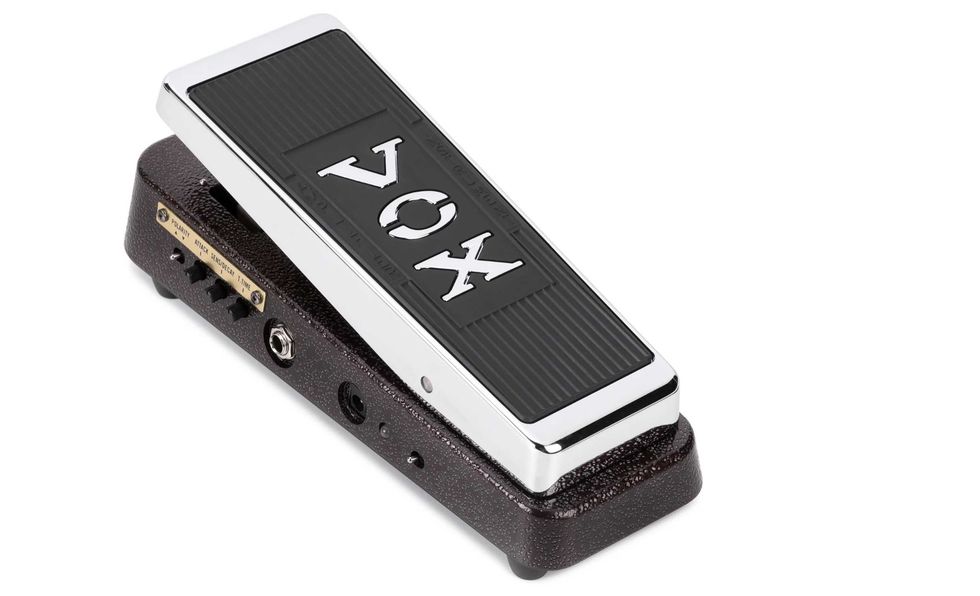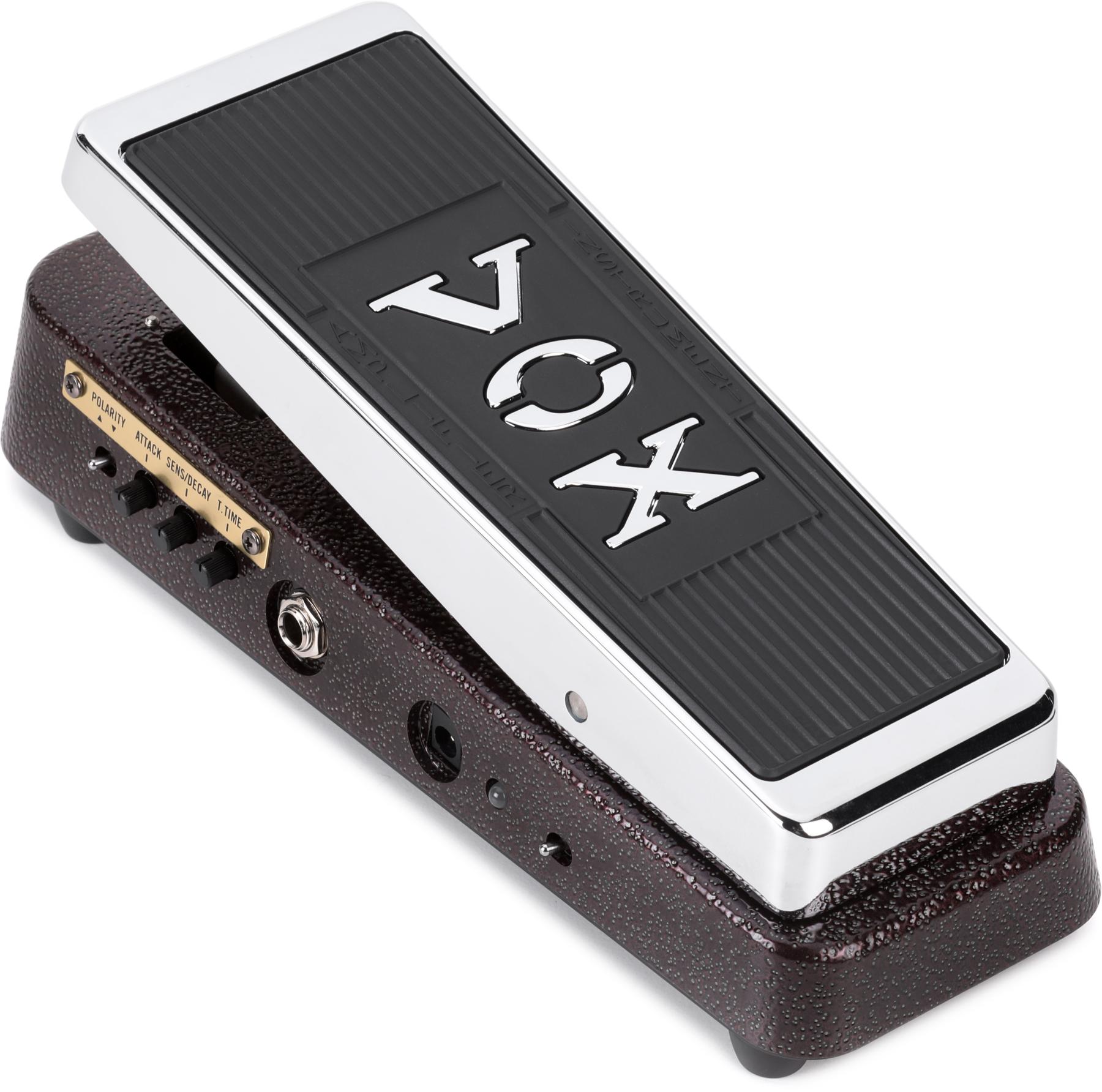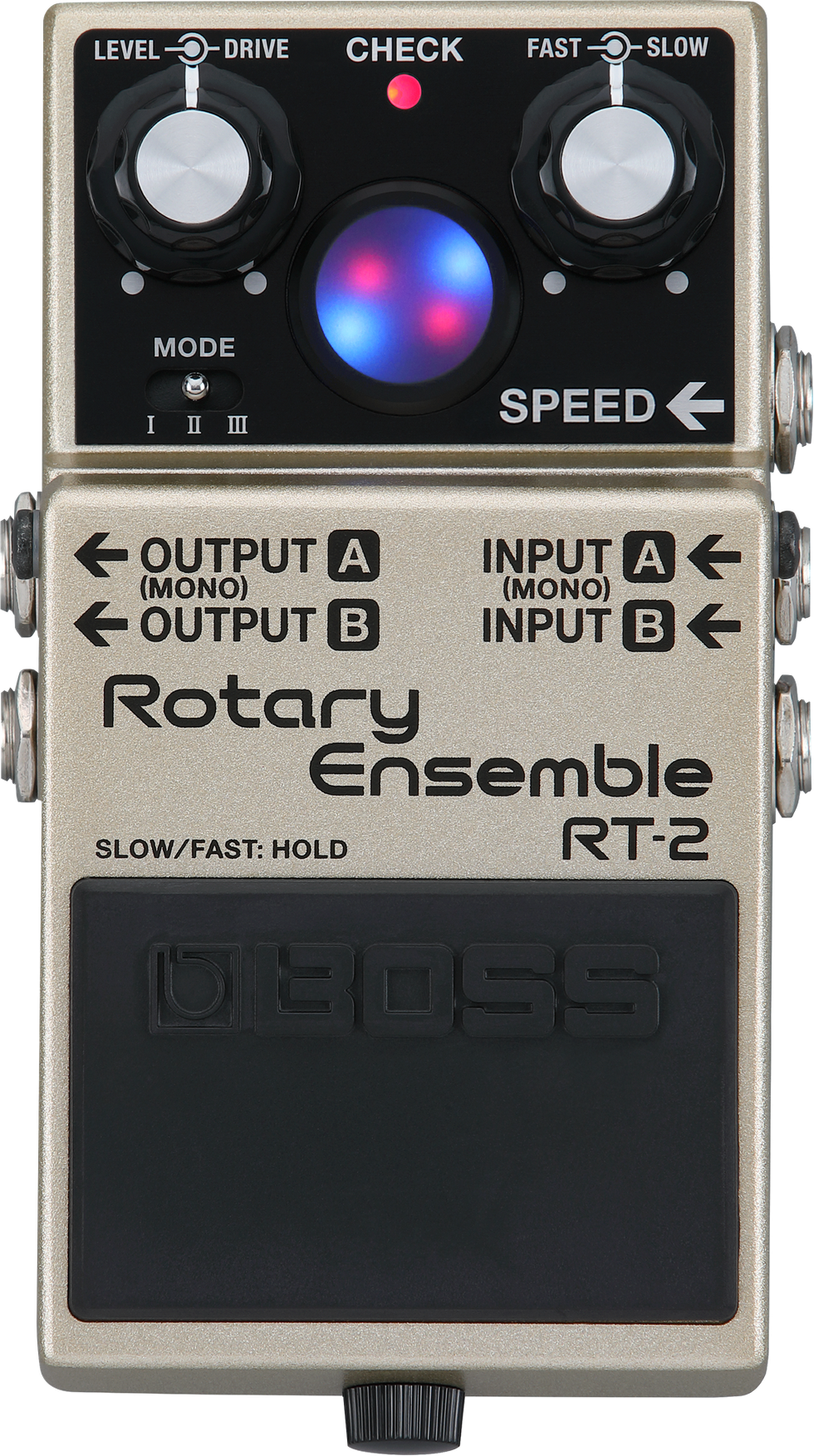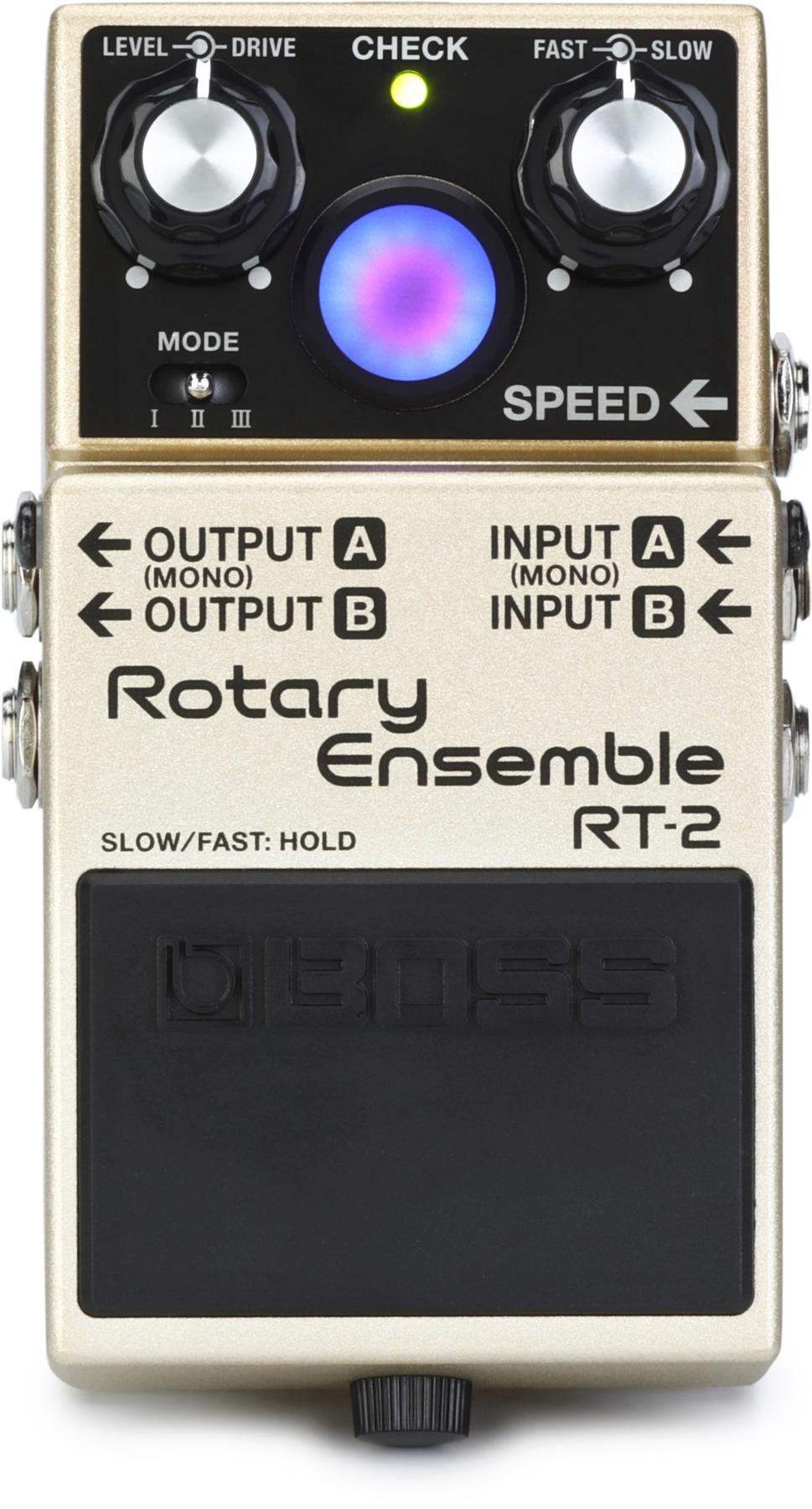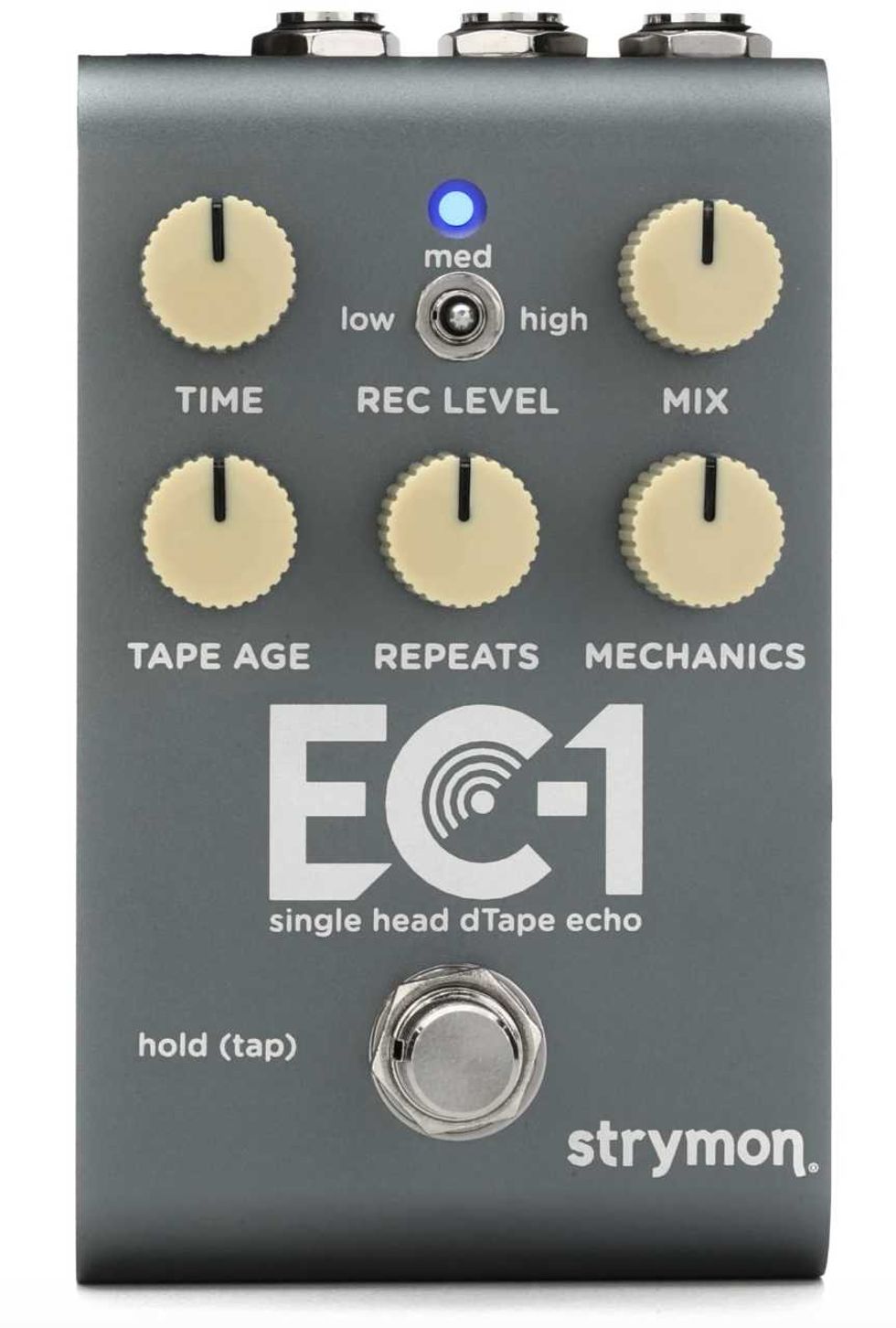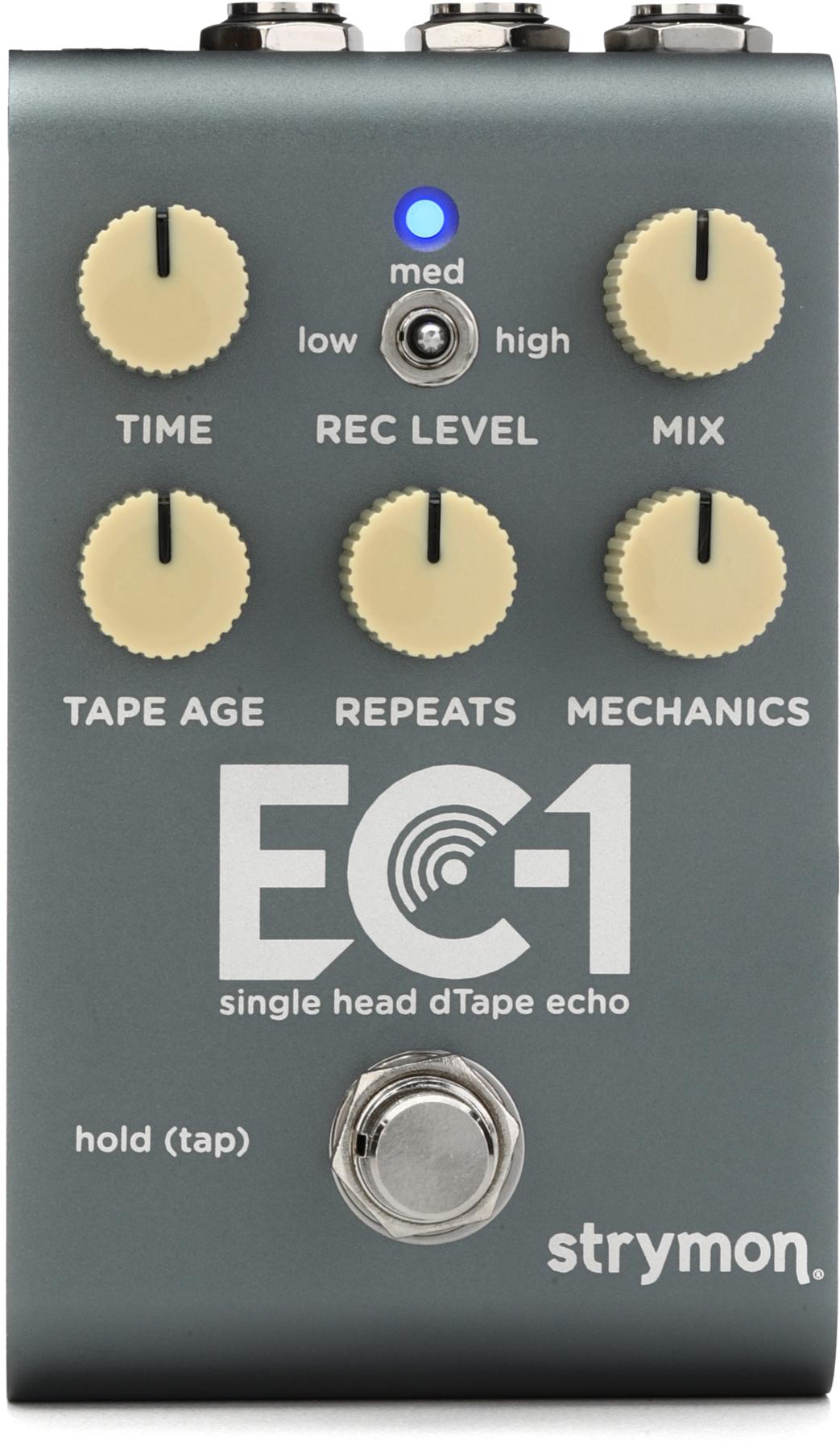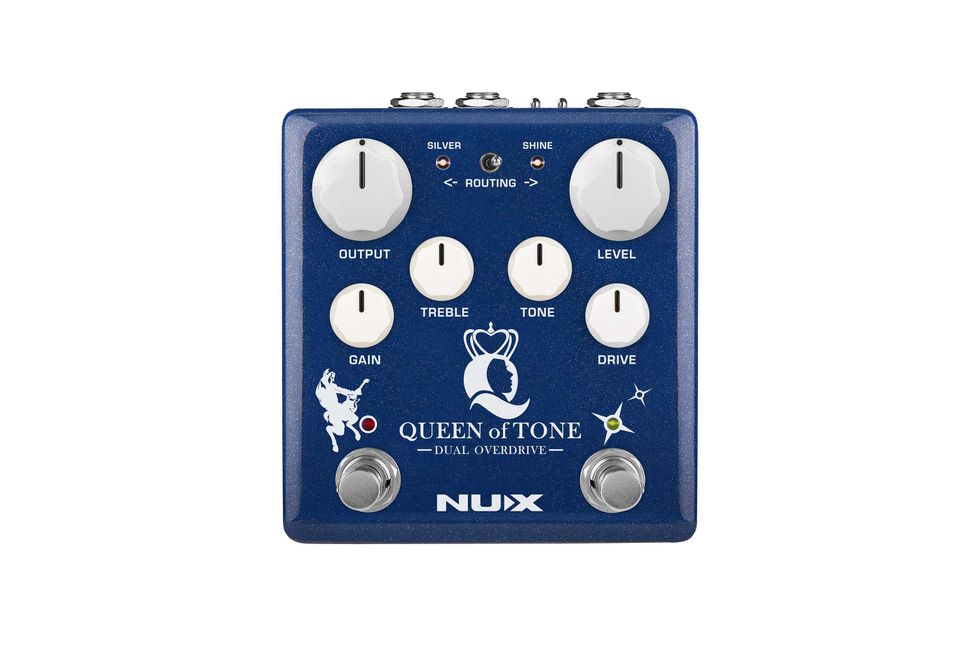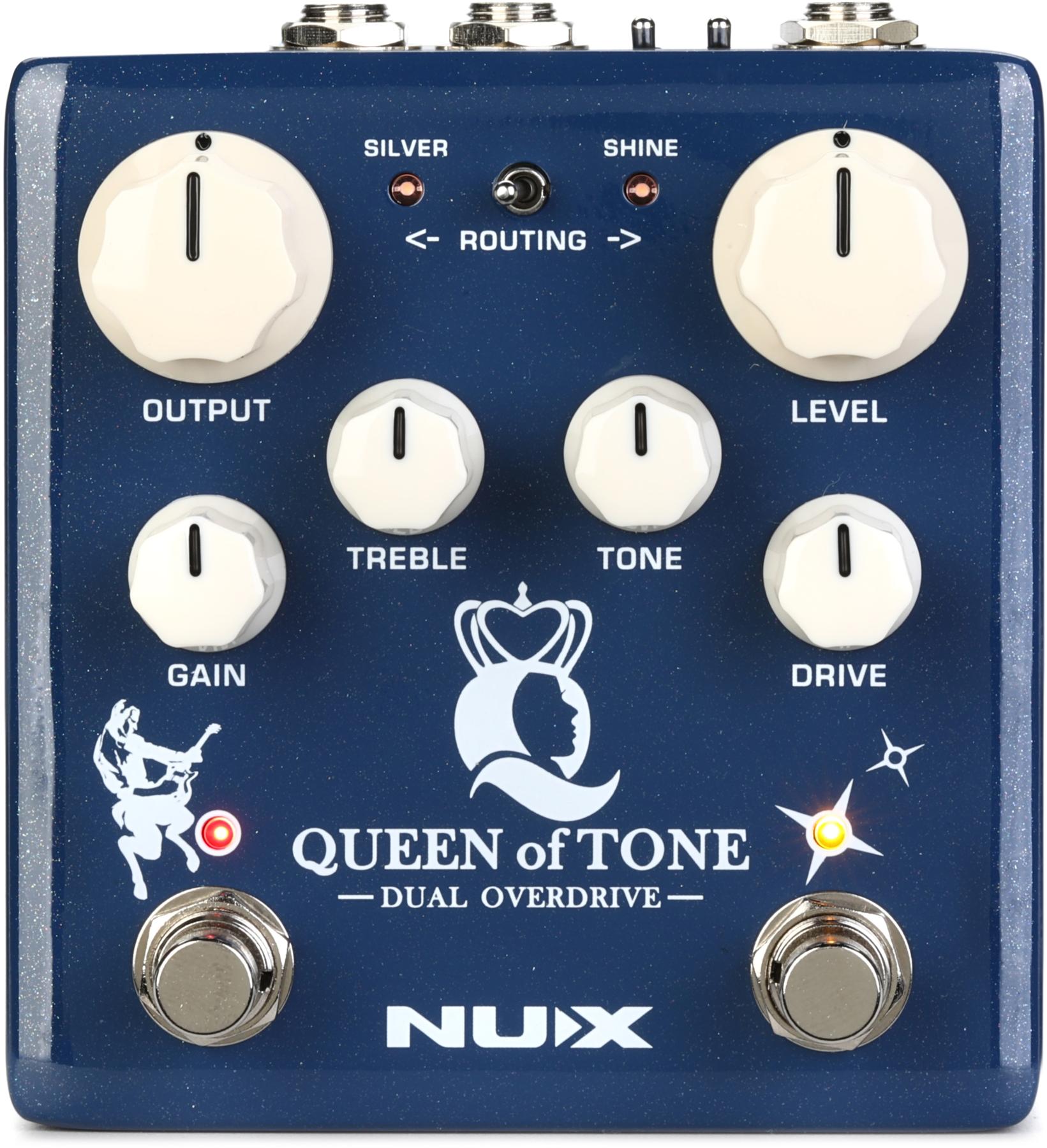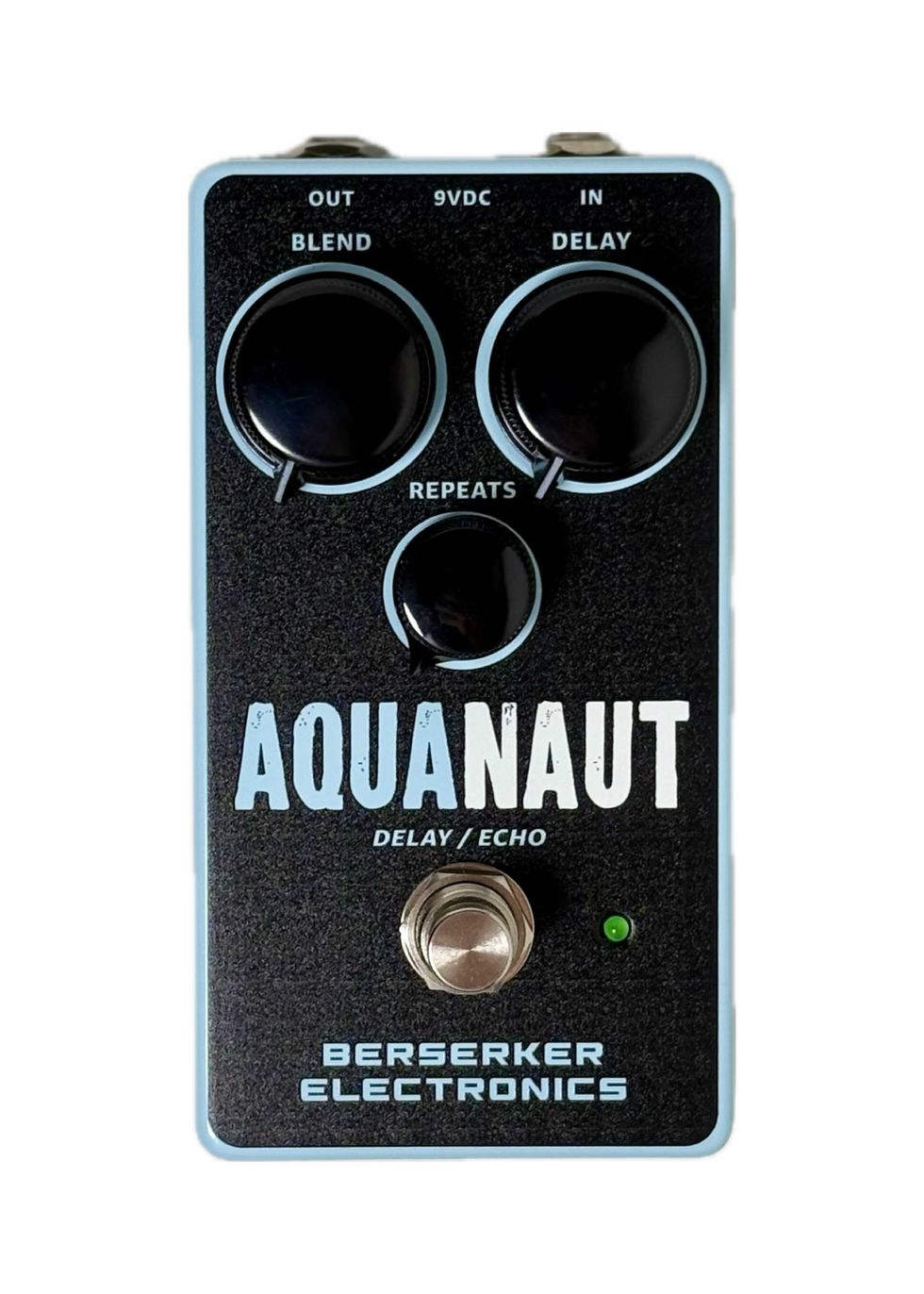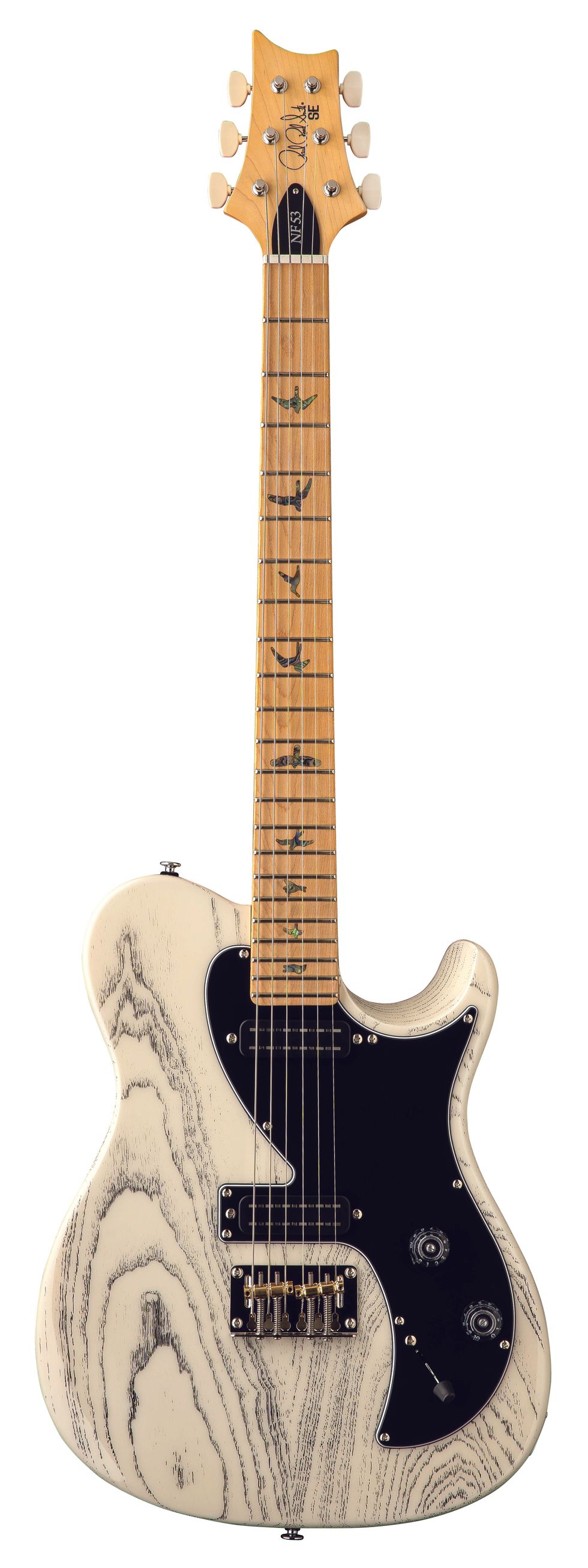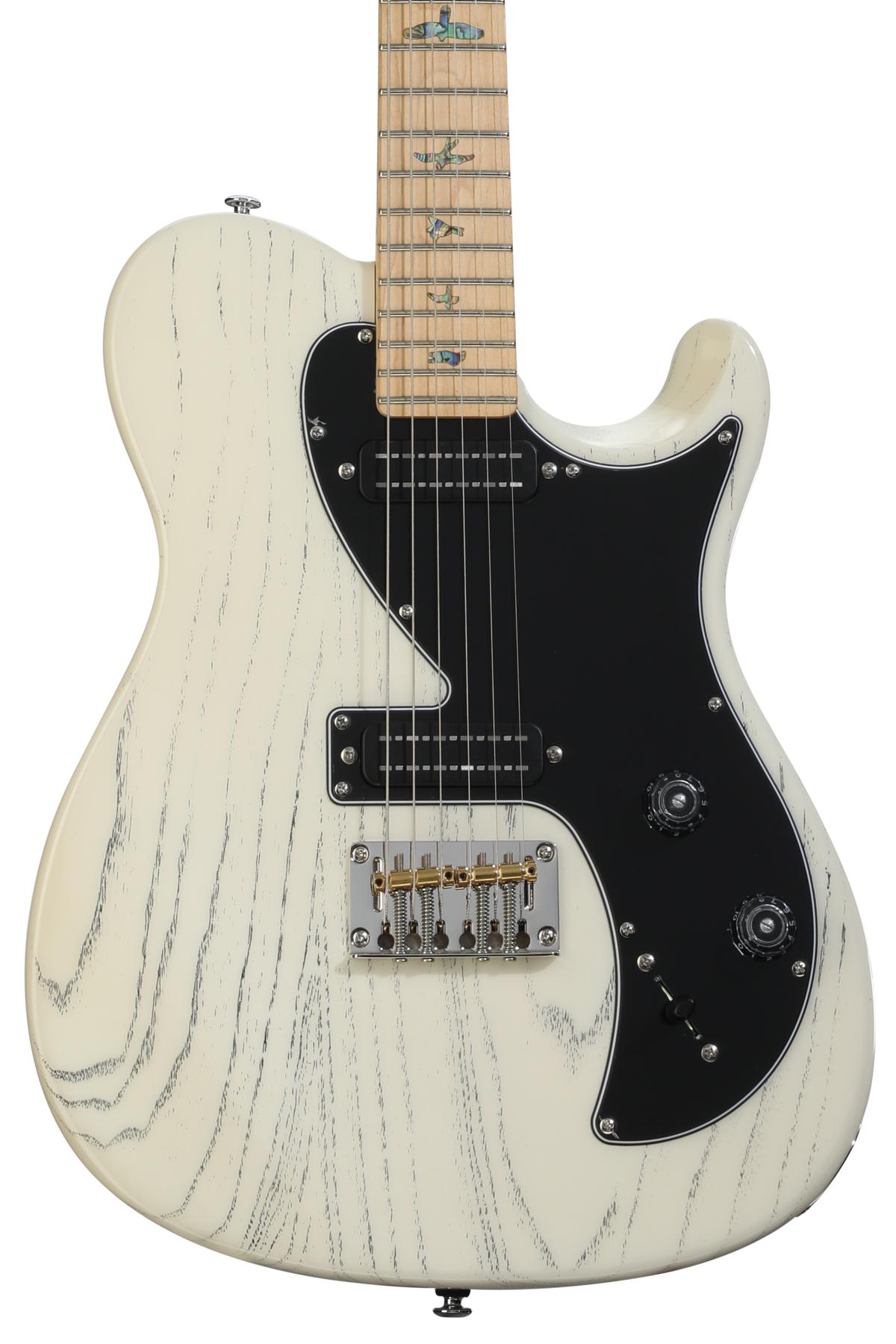Ava Mendoza creates edgy, challenging music. She plays guitar and stompboxes and, no, she doesn’t use pedals to mask inferior technique or shoddy ideas. Her command of the instrument is prodigious, her tonal palette is expansive, she has an intuitive improvisatory awareness, and her lunchbox is chockfull of sonic goodies. Not staid or vanilla, her playing is a profound testament to the state of contemporary guitar.
Mendoza has deep roots, too, and that includes years of classical training, a rich knowledge of old-school blues and traditional fingerstyle, a profound awareness of no-wave punk and sonic weirdness, and significant exposure to the free jazz masters. She also has the ears and chops to assimilate her disparate influences and execute difficult music.
Not an easy feat.
But also not unnoticed. Mendoza is best judged by the company she keeps. She has worked with bassist Jamaaladeen Tacuma (Ornette Coleman, James Blood Ulmer), Fred Frith, the Geraldine Fibbers’ frontwoman Carla Bozulich, genre-crossing experimentalists Tune-Yards, and many others. And her duets with Wilco’s Nels Cline are astounding.
Mendoza grew up in Orange County, California, but spent high school boarding at the Interlochen Arts Academy in Michigan. “I escaped when I was 15,” she says about leaving Southern California. “Interlochen has academics, but it is really arts focused. It has theater, dance, music, and writing.” She studied classical guitar, but her studies were at odds with the rock, punk, no wave, far out, and experimental music she was listening to. She studied folk blues and traditional Americana as well, which was an easy transition for an acoustic fingerstylist. But soon she was abusing solidbody electrics. “I played in rock bands—punk bands that had free sections and were into improvising,” she says. “I think that was part of how I learned to play on electric. Plus, I was always still studying Ornette Coleman and Albert Ayler—trying to figure out how they constructed their lines.”
After high school, Mendoza studied at Mills College and settled in Oakland, and was a fixture on the local music scene. But two years ago she took the plunge and moved east to Brooklyn—not that New York is easier or conducive to lugging a lot of equipment. “New York is forcing me to strip down my gear because I don’t have a car here,” she says. “Every pedal counts.”
Mendoza is busy. She is an active player on the New York avant-rock scene. Her band Unnatural Ways is working, touring, and a new album on John Zorn’s Tzadik label is due this spring. Half an album of solo material is due soon as well, bearing the title Ivory Tower. “It is a split with Sir Richard Bishop,” she says. “He is on the other half.”
Premier Guitar spoke with Mendoza about her influences, her unusual journey from classical guitar to American fingerstyle to free electric madness, how she discovers new modes and sounds, and the different ways she abuses Whammy pedals and her Line 6 green box.
When did you make the transition from classical guitar to what you do now?
I had played classical guitar from when I was a little kid, but by the time I was 12 or 13 I was getting more into rock. A couple of years later I was into punk rock and these no wave bands that I like. I wanted to not play classical music more and more. I kept exploring interesting weird rock bands. There were a couple of bands from Southern California—like the Red Aunts and the Geraldine Fibbers—that I was really into. And from there I made the left turn to more avant-garde jazz.
Who were some of the people you were listening to?
Sonny Sharrock. He was a big early one. Albert Ayler. Ornette Coleman. [Saxophonist] Peter Brötzmann. I played classical music for so long, all of a sudden I was like, “Oh, there is this whole expressive crazy world of music.” I got really into that.
Were you also listening to American primitive and the old-school blues guys?
I love lots of that music. Robert Johnson and Reverend Gary Davis and Skip James. I started getting into it because I loved it, and because I knew how to play fingerstyle. I didn’t know how to play with a pick. Almost all of those players played fingerstyle. I wanted to play electric and write my own music, but I guess their approach made sense to me because they were playing with their fingers.
Did you find that the technique transferred easily from classical to blues?
Yeah, for the most part. I spent a long time trying to figure out people’s tunings, but once I was there, a lot of those techniques are kind of the same. Maybe there is more walking bass stuff—and the feel is different, of course—but a lot of the actual technique is similar.
Did you experiment with thumbpicks or fingerpicks?
I’ve never been able to use those. I never worked on it long enough and they always got caught up in the strings. When I was in my early 20s, I started playing with a flatpick and practiced using that with hybrid picking. Now, usually I use a flatpick with my middle and ring fingers.
You go back and forth between fingerpicking and hybrid picking?
Yes. When I play with bands, for the most part it is hybrid, but when I play solo I fingerpick more. The one weird thing that I still do, a holdover from classical guitar, is put fake nails on my middle and ring fingers—drugstore-bought fake nails that you glue on with nail glue. I put those on because real nails are too thin. Fake nails are thicker and sound more like a flatpick. I can get the same tone with my fingers and the pick.
Did you have any important teachers or mentors that pushed you in a certain direction?
I went to Mills College, and Fred Frith was there. I took his improv classes and then later I ended up playing with him in his groups.
What did you learn from him?
Well, it wasn’t guitar stuff—he doesn’t want to teach guitar lessons—but he would talk about improvisation a lot. And then learning his music. He has a record called Gravity from 1980—a kind of prog album—and I played in his re-creation of that. It was a good “learning hard music” exercise for me, absorbing and arranging that music.
Having digested so many disparate styles, do you see them as distinct entities or are they related in some way for you?
I definitely view them as distinct styles, but the way that I’ve used them in my own playing is more taking from their techniques. I’ve been influenced by many types of music, but I am not thinking, “Here I am playing in this traditional context. Here I am playing in this sonic rock context.” I’m just trying to play music in whatever situation I’m in.
Albert Ayler and Ornette Coleman are both great examples of that as well. Their playing is so out there and yet rooted in folk music and melodies.
Yes, definitely for them. I think punk rock and no wave stuff from the ’70s and ’80s is that way, also. I don’t really see them as working against each other. The reason I got into all of those musics is that I wanted to hear stuff that was a little bit more raw and direct than things you could find on the radio—a little less slick sounding. All those fulfilled that and weren’t as sculpted as a lot of the modern music I heard.
Studying with avant-garde guitar master Fred Frith informed Mendoza’s approach to challenging music, but her improvisations draw on all the elements of her rich background, including classical and roots music. Photo by Peter Gannushkin
Many people associate free playing exclusively with jazz, but classical music has a strong experimental tradition as well. Do you draw inspiration from that, too?
There are a lot of modern classical compositions that I love—Karlheinz Stockhausen and Conlon Nancarrow are people that I really like. But I think, just coming from rock music, there is a lot of improvising that doesn’t make it into modern blues and soul-rock music, but in the tradition there sure is.
Who are some examples?
Coming from blues and R&B music, there was always tons of improvising—Muddy Waters, Buddy Guy, Jimi Hendrix—they are all people who were like that. Getting more into punk rock, the Minutemen were into doing long jammed out things at their shows. As were the Contortions with James Chance.
In your solos—to my ears at least—you seem to maintain a strong sense of tonality even when the music isn’t tonal. What is your harmonic and melodic approach?
A lot of times I’ll pick a mode—some weird mode that I think sounds interesting—and I’ll use that. I might use that for the whole solo or midway through I’ll switch modes. Usually I start from something that is modal and then maybe I go atonal or get into tonal sounding stuff as it goes along, but I’m usually starting from a mode.
Ava Mendoza’s Gear
Guitars
Fender Jaguar with dual humbuckers (stock Fender at the bridge and a Seymour Duncan Seth Lover in the neck position)
Schechter Banshee with Floyd Rose and Sustainiac pickup/driver
Gibson ES-150 with one P-90 in the neck position
Amps
Fender Twin Reverb
Effects
Fulltone FB-3 Fat-Boost overdrive
Pro Co RAT distortion (1993)
Line 6 DL4 Delay Modeler
Boss DD-7 Digital Delay
DigiTech Whammy WH-1
Behringer UV300 Classic Vibrato
Strings and Picks
D’Addario EXL 116 Medium Top/Heavy Bottom (.011–.052)
Dunlop .73 mm
Do you mean that you sound out because of context? If you were to take away the rest of the band would your solo sound more conservative?
No, I don’t mean that, actually. I try to pick a mode that has an interesting outside flavor with what’s going on.
What modes do you use?
I’ve been working a lot out of the Nicolas Slonimsky book, Thesaurus of Scales and Melodic Patterns, which is a modes book. Many people have used it—Coltrane used it a lot. They are not traditional Western modes and I try to work them into solos and songs that I’m writing. When I say modes, I don’t mean the traditional Dorian, Phrygian, Ionian, and so on, necessarily, but stuff out of that book. Or I just make them up.
Do you work on chord theory and harmony?
Not really. When I have time to work on music I just try to write something of my own. It’s not really rooted in traditional theory, rather I’m trying to come up with something I want to play in front of human beings. However, because I have long improvised sections in the stuff that I do, I work on technique, stamina, and picking chops—tremolo picking chops—and different hybrid picking techniques.
Anything specific?
I work on different picking patterns with the flatpick and middle and ring fingers to make sure those are all playing evenly together. That is the hardest part of hybrid picking for me—to get an even tone.
How do you approach free improvisation? Do you work with predetermined structures or look for signposts along the way? How do you avoid making a mess?
Well, sometimes I do [laughs].
And sometimes that’s a good thing!
I listen and react. It is so different based on who I’m playing with. I try to use everything I know about music and everything I’ve trained my ears to hear. I try to react either melodically or with sounds to whatever is going on around me.
So both the songs and the other musicians inspire or dictate how you are going to play?
Yes. Definitely. But I don’t think about it like, “Oh, I better play this way because I am playing with such and such a person.”
How about your band, Unnatural Ways? You call it a rock band, but your songs are not the traditional verse/chorus type of song structure.
It’s definitely still eccentric rock. I listen to a lot of metal and a lot of music that has a more open approach to songwriting. It’s not verse/chorus/verse—it’s more proggy. The songs are more written out and there are fewer sections where it is free improv.
Pedals often dictate the way you play. Do you start with a sound in your head and try to duplicate it with a pedal, or is it the opposite?
I buy them because I’m thinking, “I want to get this sound.” But when I start using them—depending on what they are—I have to wait for them to start talking to me. I try to dial in the sound I thought I could get, but then it turns out to do something really different. With the Whammy pedal, for instance, most people use it for octave stuff or harmonizing a line, but I started to use it to get these big interval leaps. I use it in ways to get sounds that aren’t really what it was meant for. For example, I have it in the octave setting and set it midway so it is at a random interval. I play, hit it on and off, and get these big interval leaps in what I am playing. I can get big, wider range interval leaps than I can with my hands. They sound like an ’80s synthesizer or something.
YouTube It
Ava Mendoza’s masterful hybrid picking technique and control of effects are in conflagrant display in this performance with her rock band Unnatural Ways, featuring bassist Tim Dahl and drummer Sam Ospovat. At about 4:27—perhaps inspired by Nicolas Slonimsky’s Thesaurus of Scales and Melodic Patterns—she tears into some exotic runs and wraps up with reversed washes of sound.
Does it make cool, glitchy noises, too?
Yes—especially the original Whammy pedal that’s in a little smaller case than the recent ones. That model has this warble to it, almost an organ sound. You get one note that sounds like normal guitar and then you get one note that has this “whoo whoo whoo” vibrato sound.
You have a looper pedal, too. Do you use loops in a band setting or only when playing solo?
I use loops in almost every setting. With a band, I mostly use it in a solo, where the loop will be part of the solo. I get an asymmetrical loop going, play over it, and harmonize with myself. Usually it is at the end of a solo where things are getting epic and I am wrapping it up. But I use it to add another layer of harmony—to play these kind of out-of-time harmony lines with myself. I’ll pitch it up an octave and stuff like that. For a while, when I’d play solo I did use it for looping a bass line. But I don’t really hear that now. I much prefer to play with a bass player.
And you use the Line 6 DL4?
Yeah. It does reverse and it does the pitch up an octave and the pitch down an octave. I’ve gotten really adapted to it—it’s part of the instrument for me.
What else do you do with pedals?
One thing pedal-wise is that I’ve always played with a volume pedal, but I’m actually trying to get away from that. I’ve found that if I can move around more, I can adjust my mix onstage. For example, if I’m playing in a rock club, I can adjust my mix because I move around to where it sounds good to me. I also think I play better when I’m not working a volume pedal and always wondering “is this part too quiet or too loud?” I just forget about that and deal with it in my actual playing.
You teach guitar lessons as well. How does that inform or help your playing?
Teaching has helped me realize what I think is a healthy balance for kids who are learning music. That includes jamming, playing with people, understanding their own style, learning to read music, and learning some theory at the same time. A lot of times music education is slanted one way or the other—usually it is more reading things off a page or learning other people’s styles, but not a lot of developing your own. Seeing kids flourish has made me think about the balance that is healthy for everybody musically.
It’s hard to express it in proportions. The way I grew up, playing classical music, I didn’t think about what sounded like me until pretty late in the game. I think a lot of people who come from classical music are that way. Ideally, I guess it would be more of an even split.
Exploring the Thesaurus of Scales and Melodic Patterns
Ava Mendoza uses Nicolas Slonimsky’s book, Thesaurus of Scales and Melodic Patterns, as a source for new modes and compositional ideas. Slonimsky was a 20th-century classical composer. Born in Russia, he fled to the West following the Bolshevik Revolution and spent most of his life in the United States. In addition to composing, Slonimsky was a prolific writer and essayist, and a champion of contemporary music. He had close associations with Edgard Varèse, Charles Ives, and Frank Zappa.
Although largely ignored when published in 1947, Thesaurus of Scales and Melodic Patterns became popular when word got out that John Coltrane used it to generate ideas. Many other musicians, including Jaco Pastorius and Zappa, were known to study from it as well.
At its heart, Thesaurus of Scales and Melodic Patterns is a collection of manufactured scales that work around symmetrical patterns of equal intervallic distances, interpolations, pentatonics, 12-tone rows, and other systems. For example, a Slonimsky scale might be based on skips of alternating half-steps and tritones, dividing an octave into four equal parts. The patterns break from traditional harmonic structures and provide fodder for exploration in a post-harmonic, atonal environment. How dissonant or atonal one of Slonimsky’s manufactured modes might sound depends on context and how you apply it.
Slonimsky’s scales and patterns are advanced musical theory and provide a break from the doldrums of tonality. Proceed with caution: If you’re happy in a diatonic world, Slonimsky’s offerings might not be for you. To learn more about Slonimsky, listen to him discuss his relationship with Zappa in this video.





